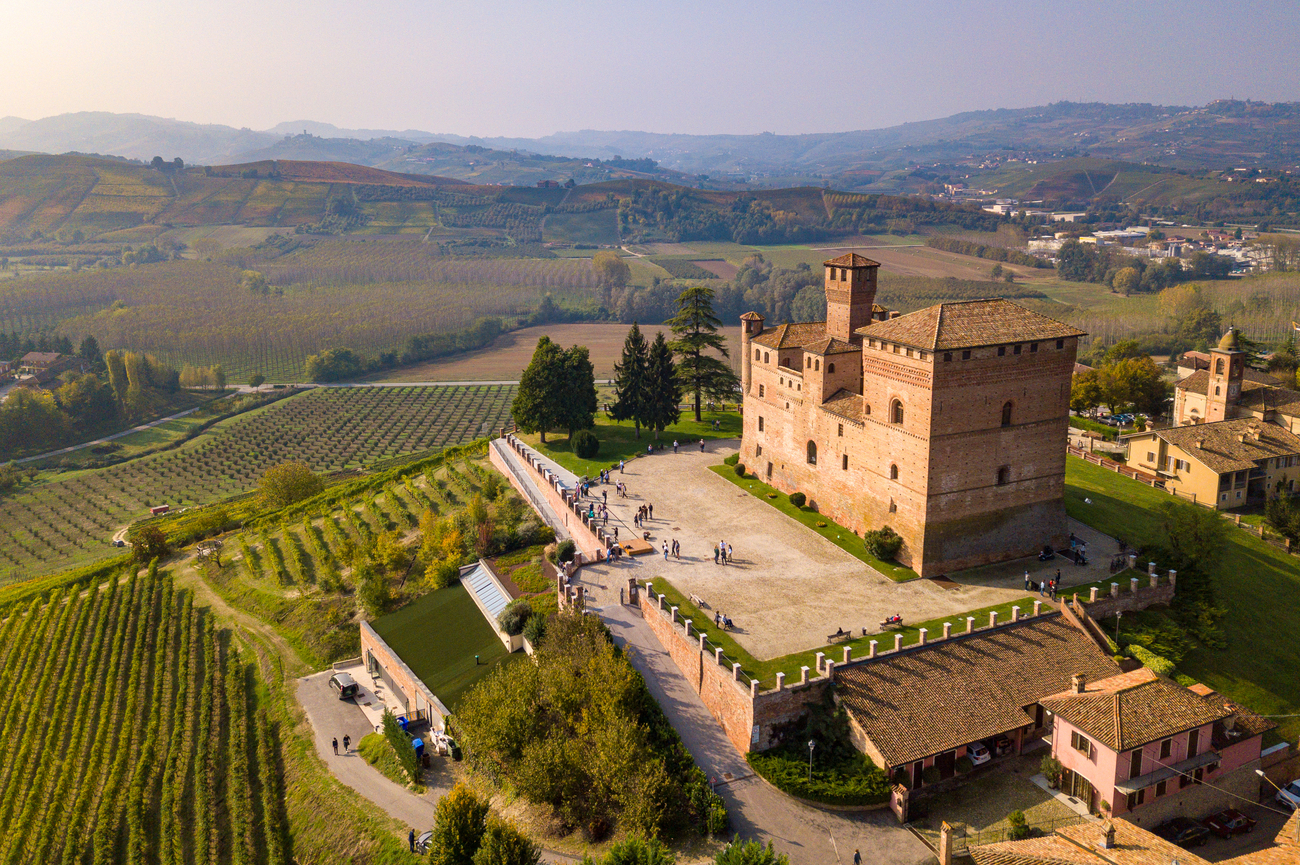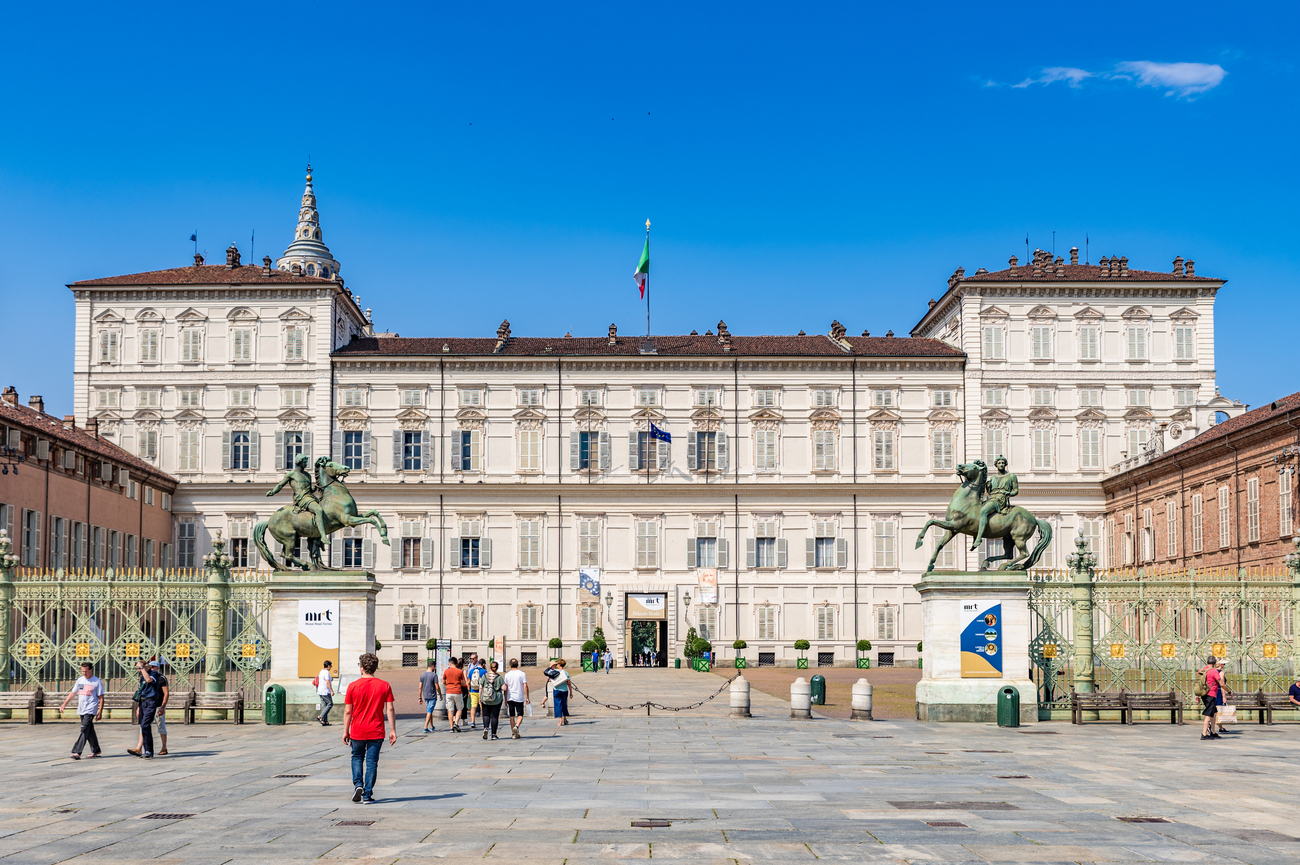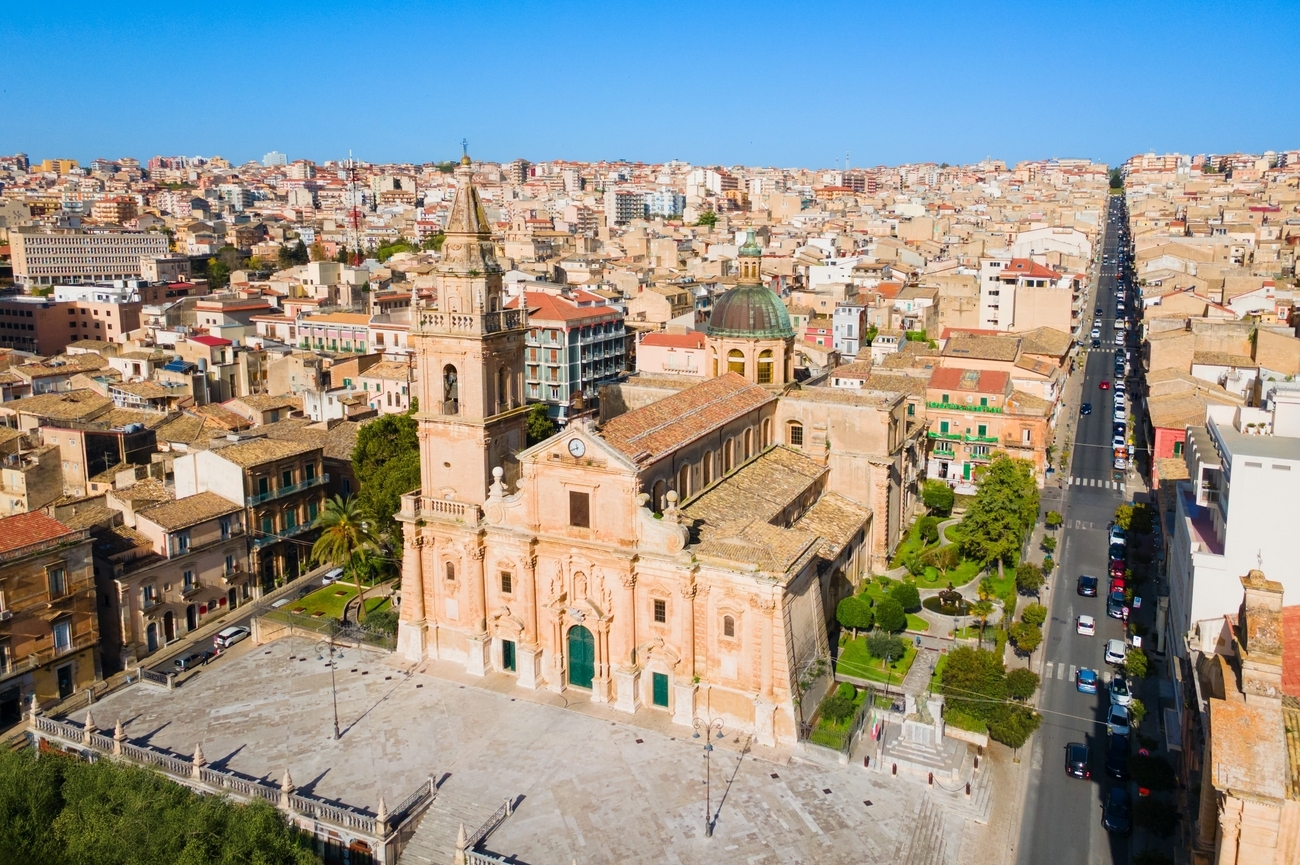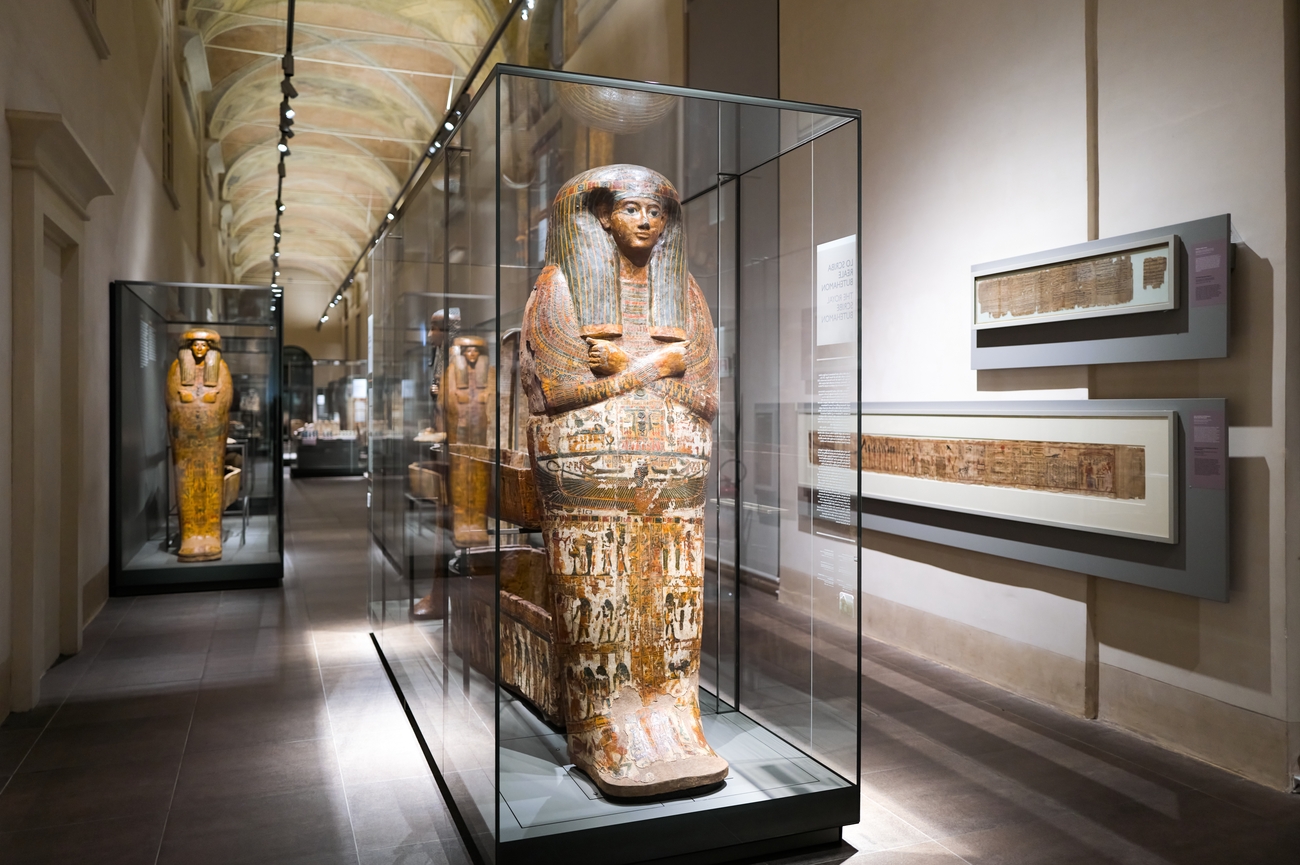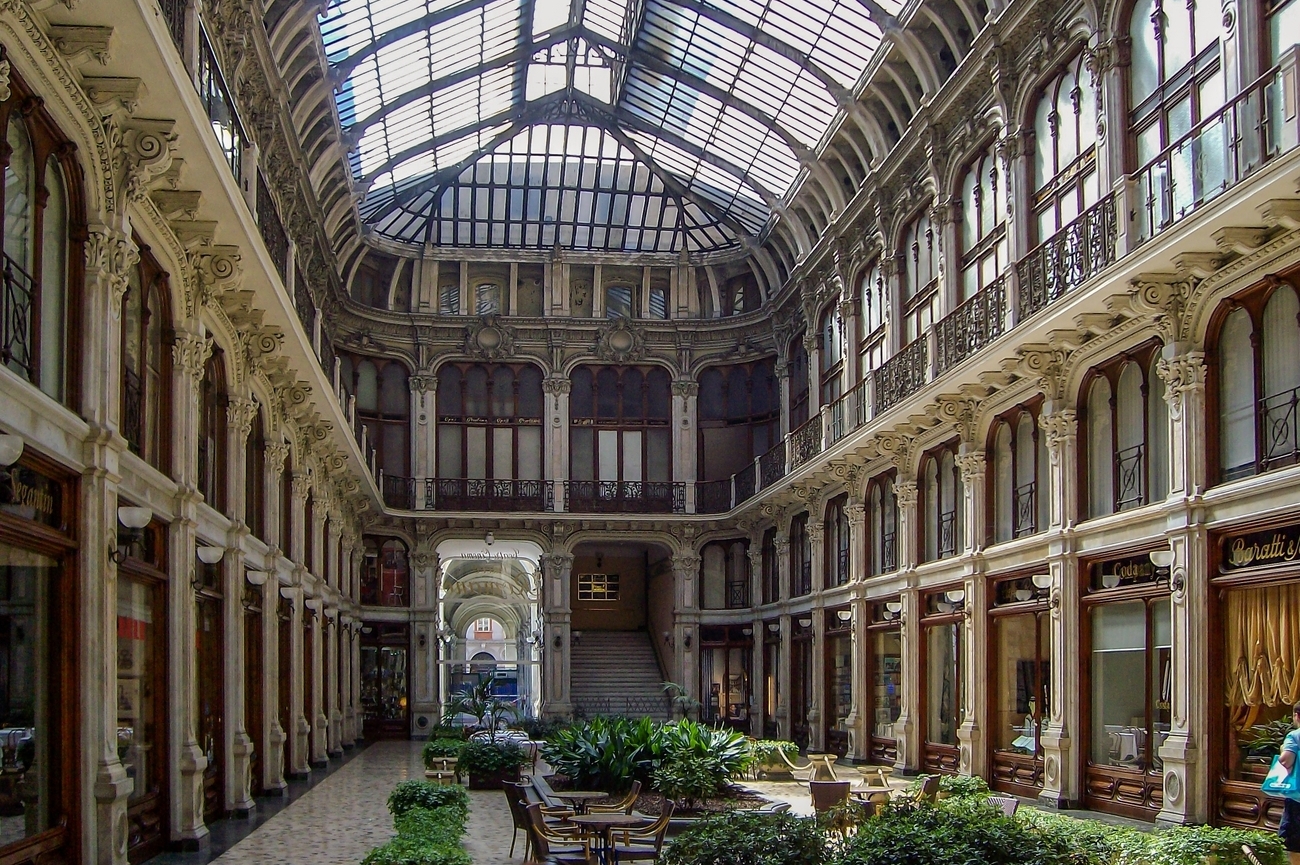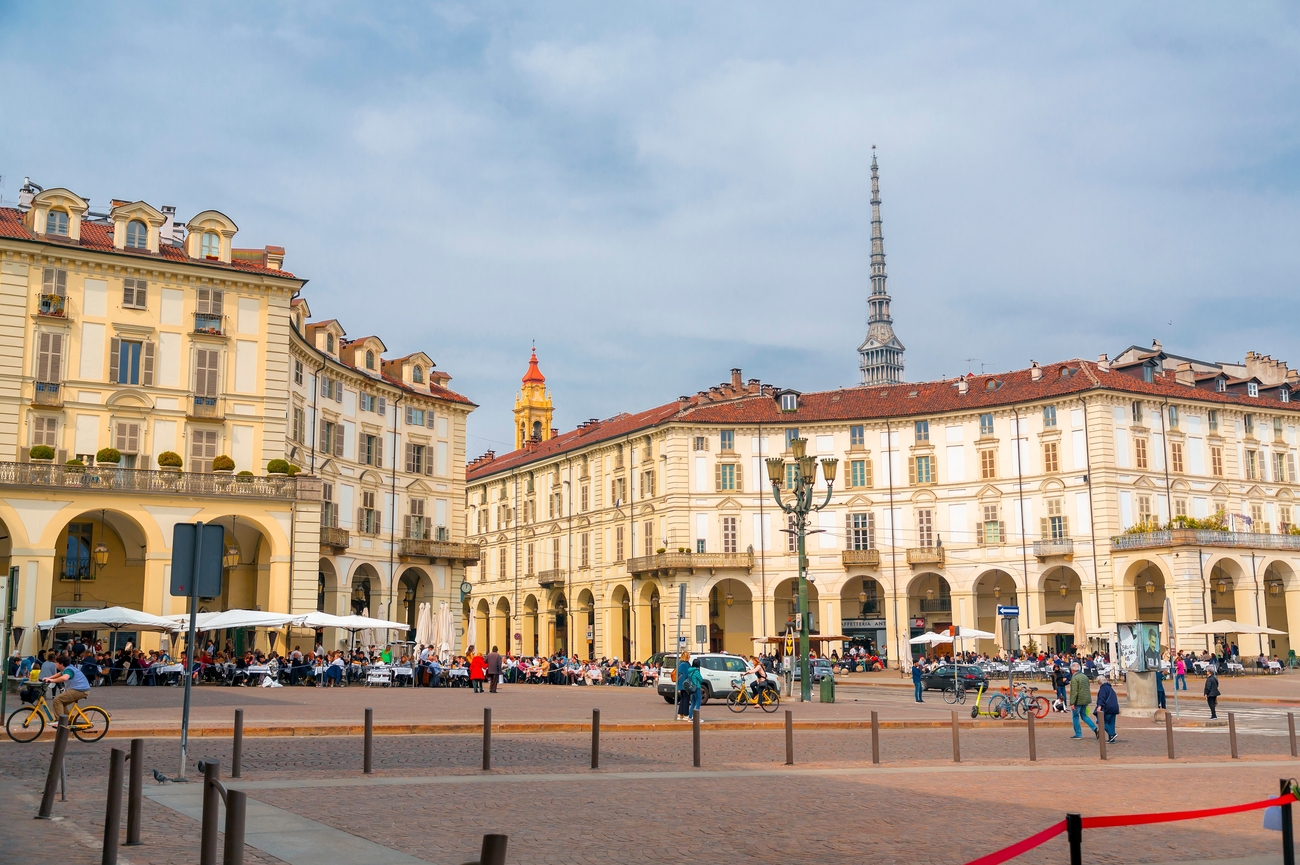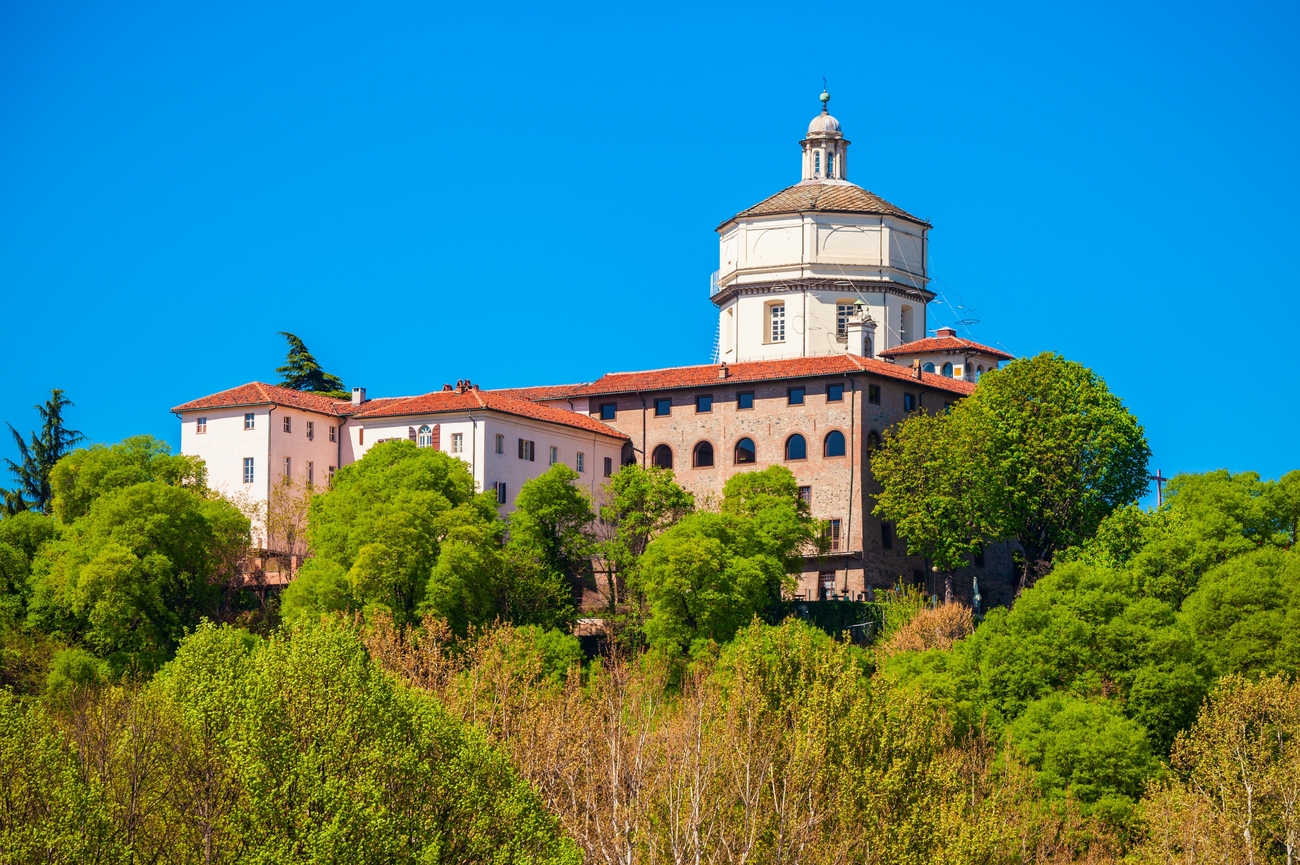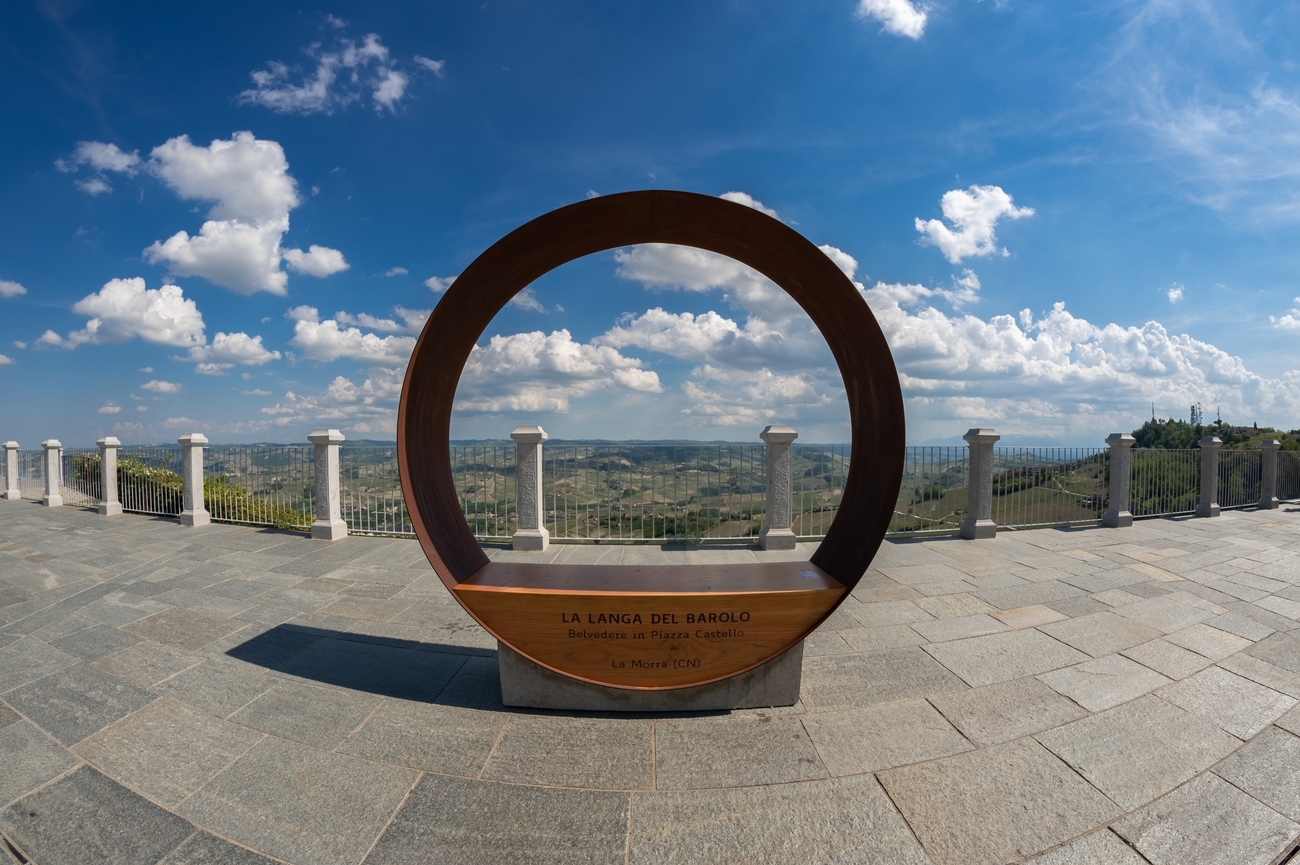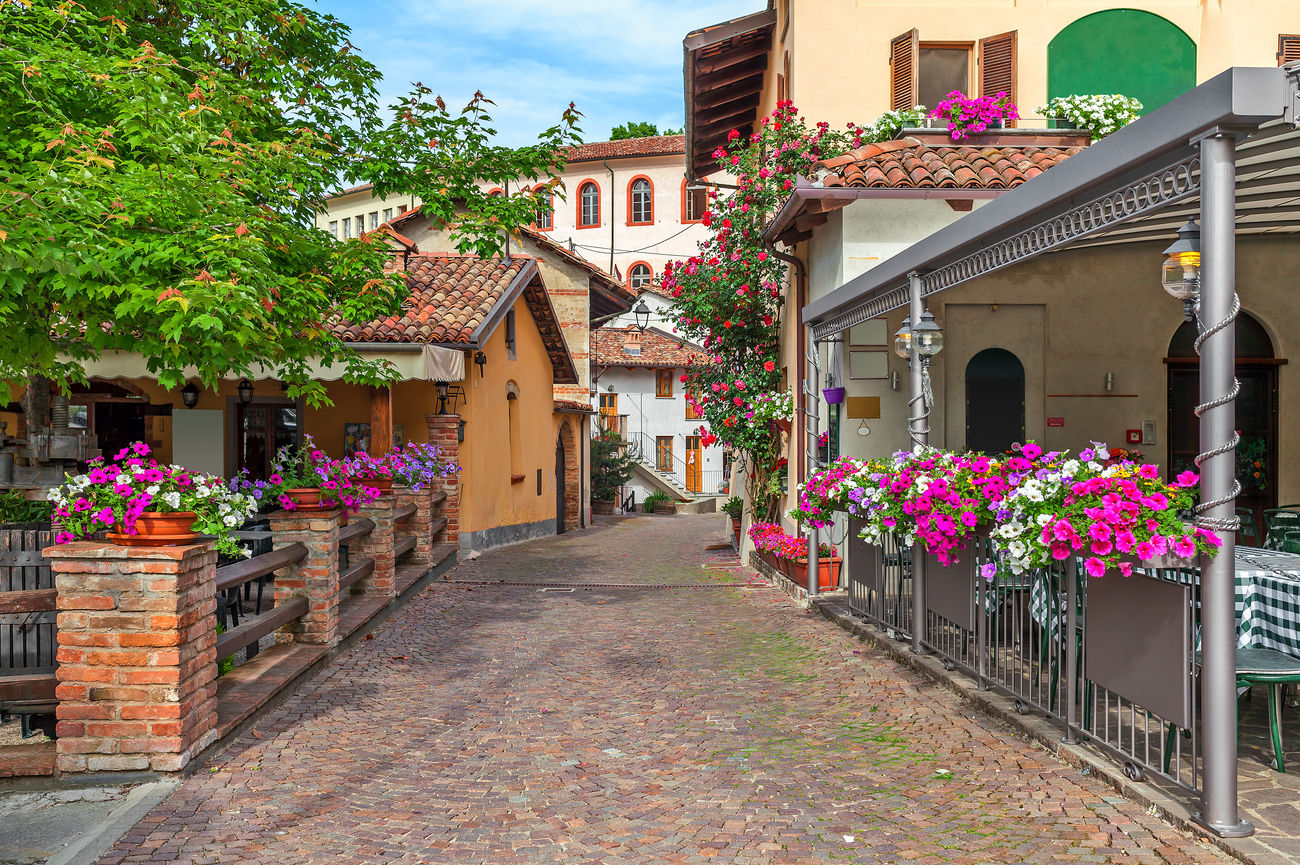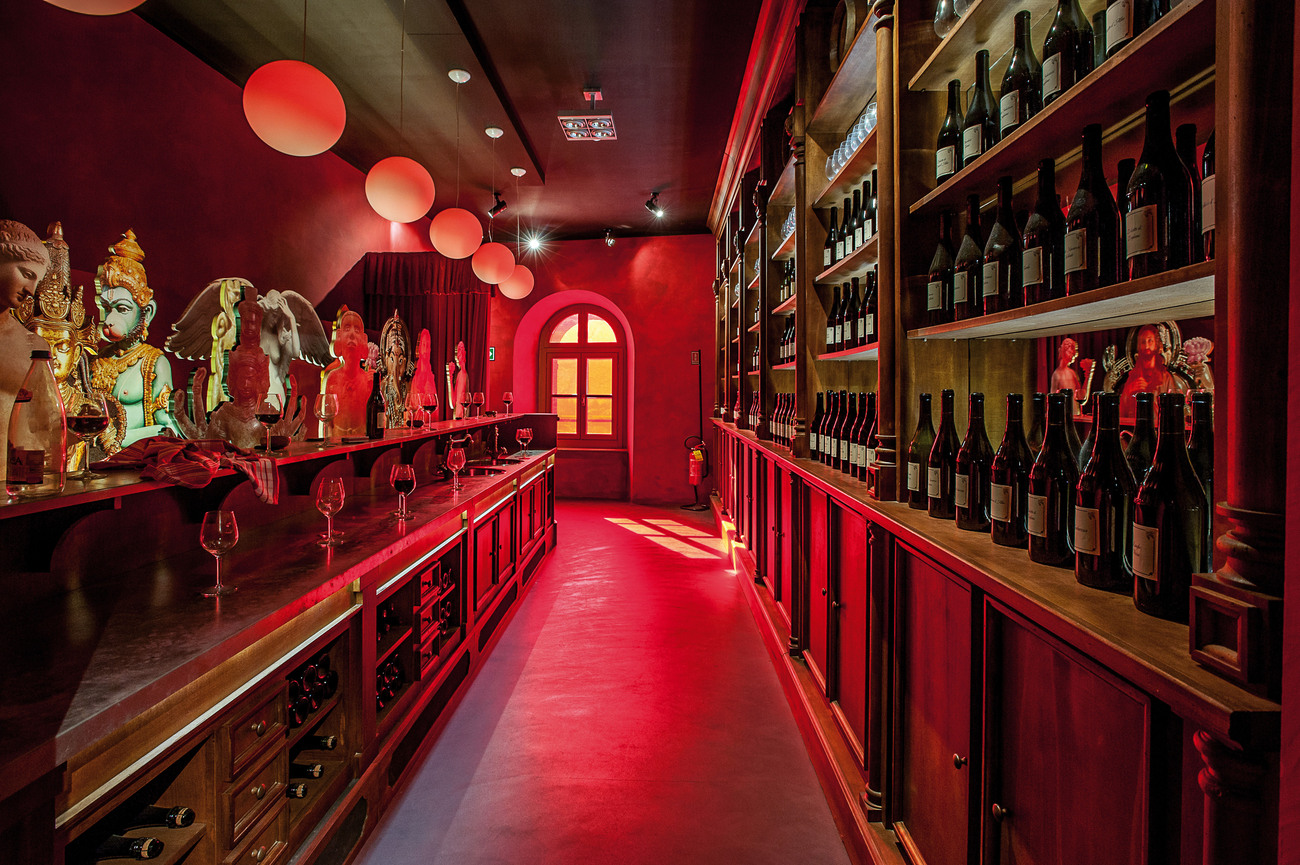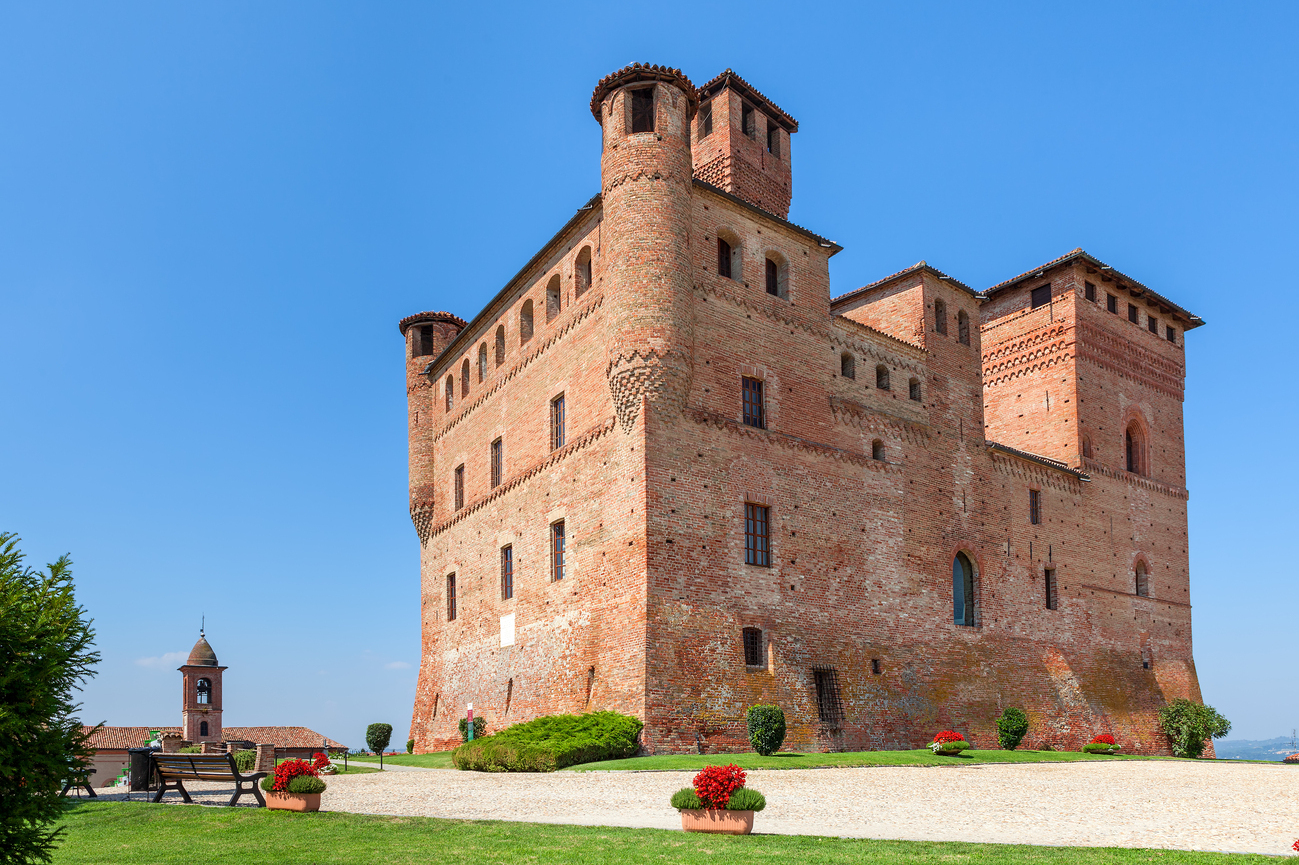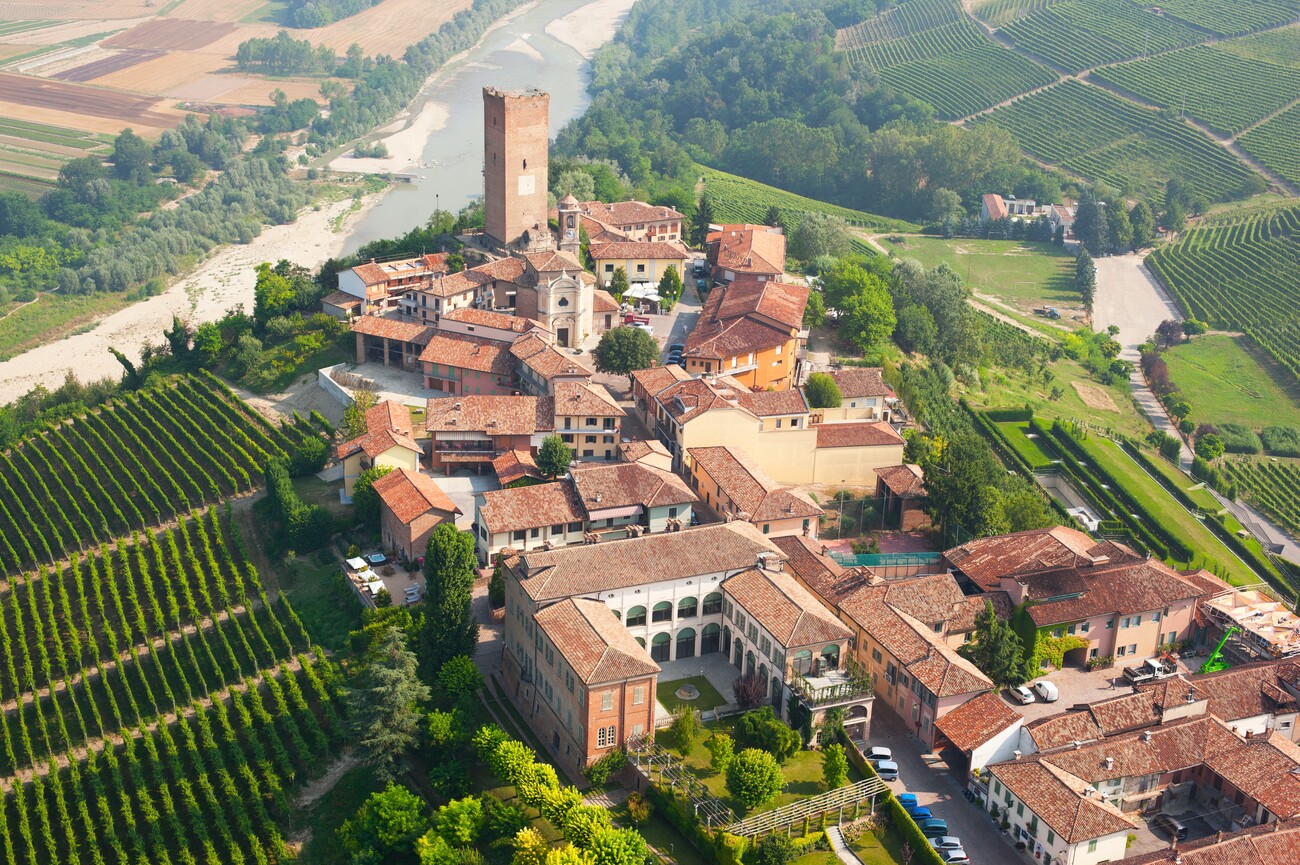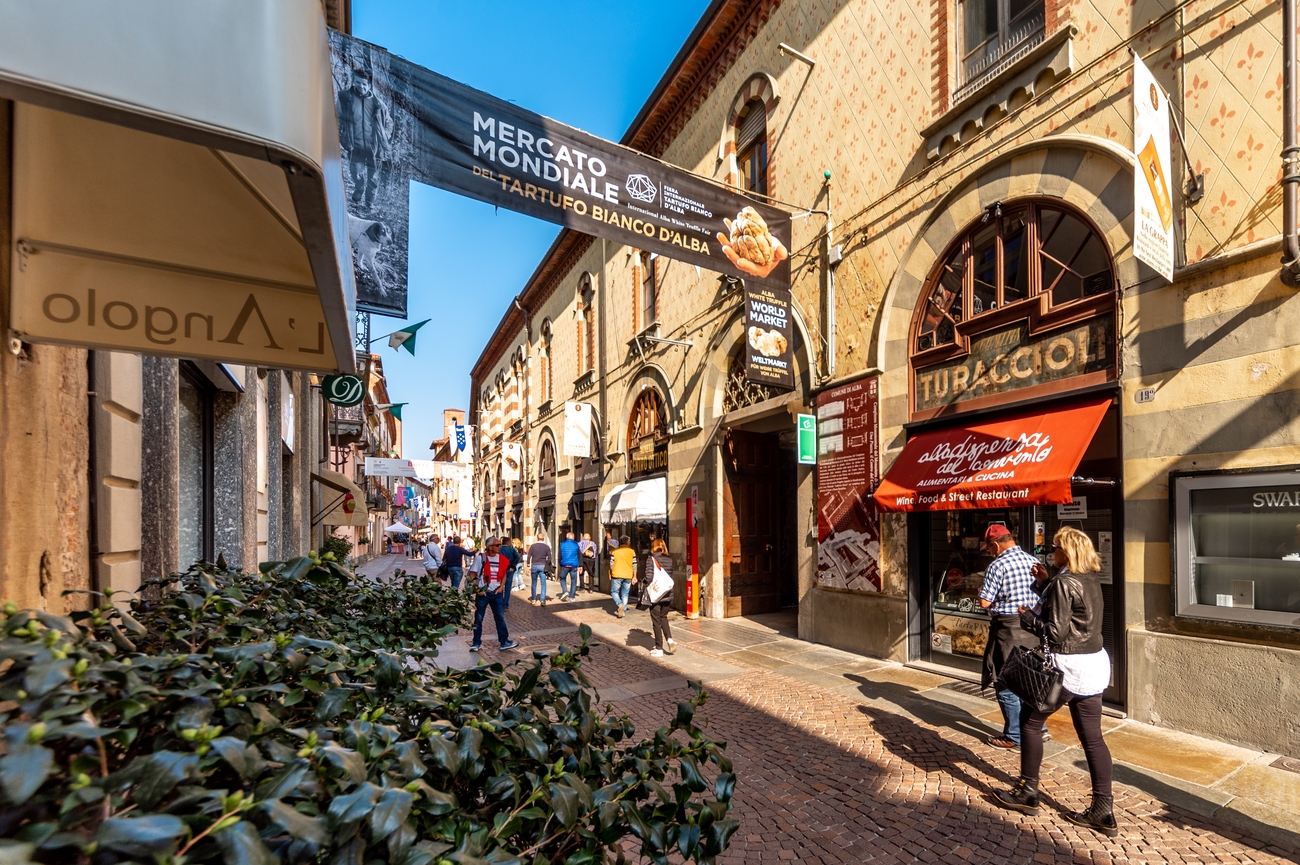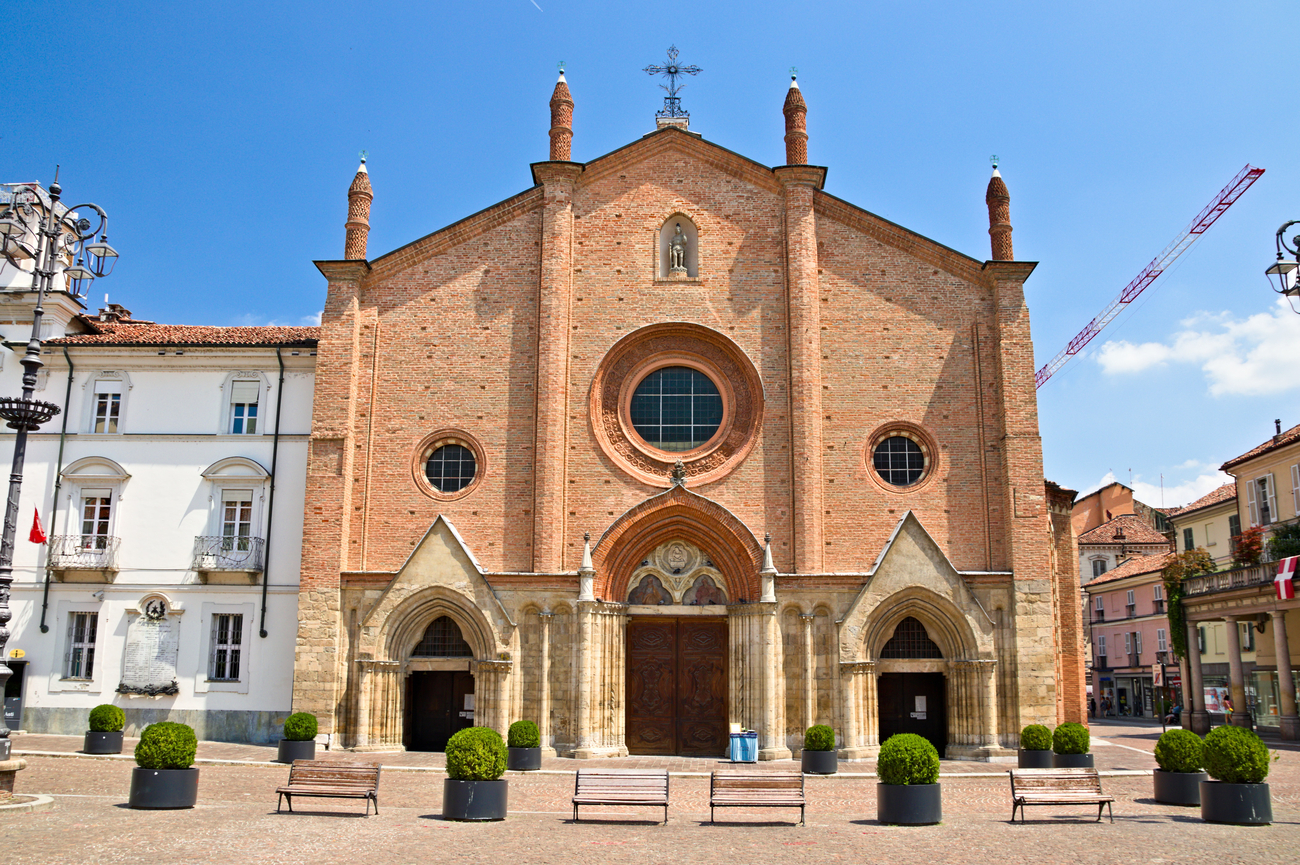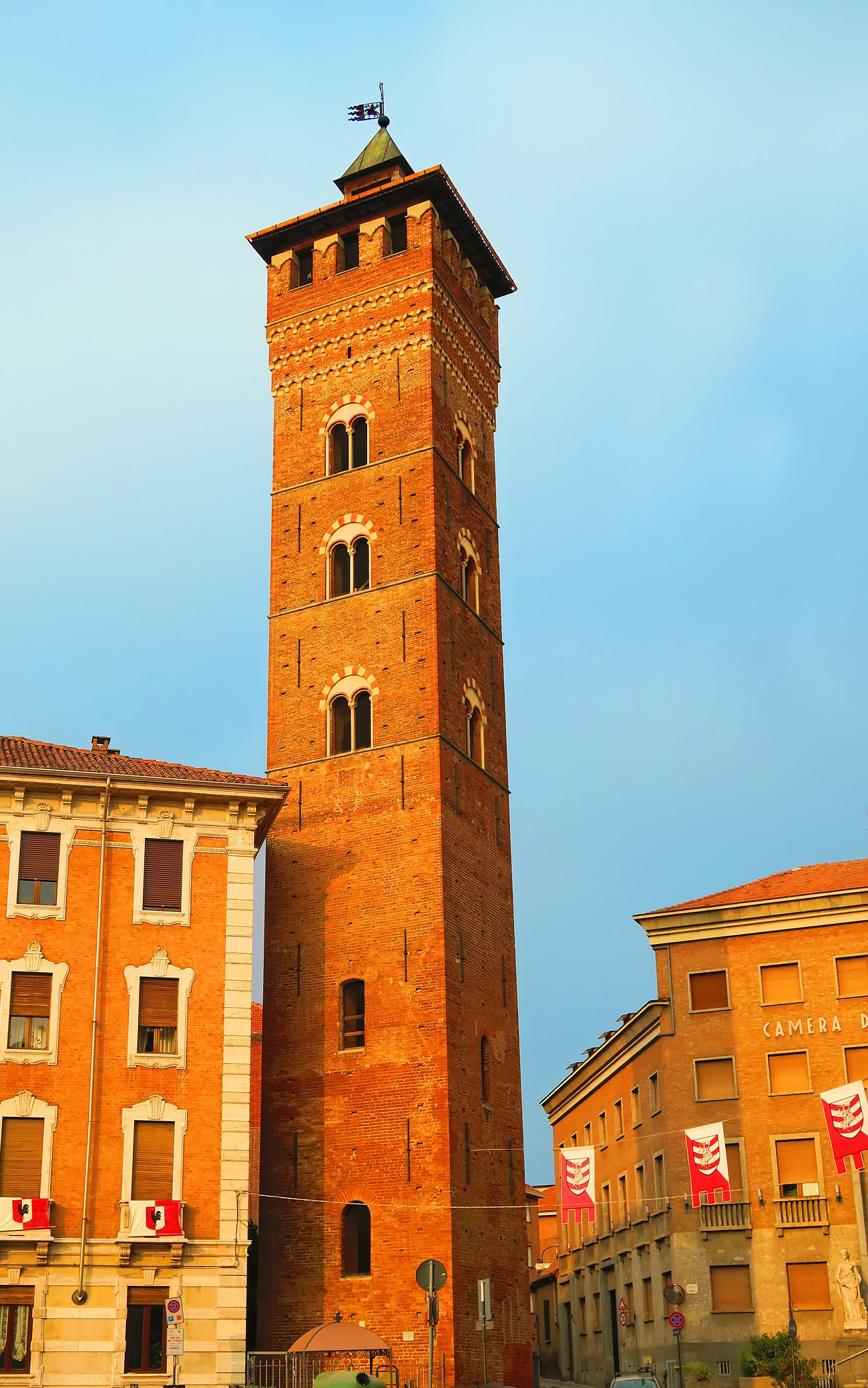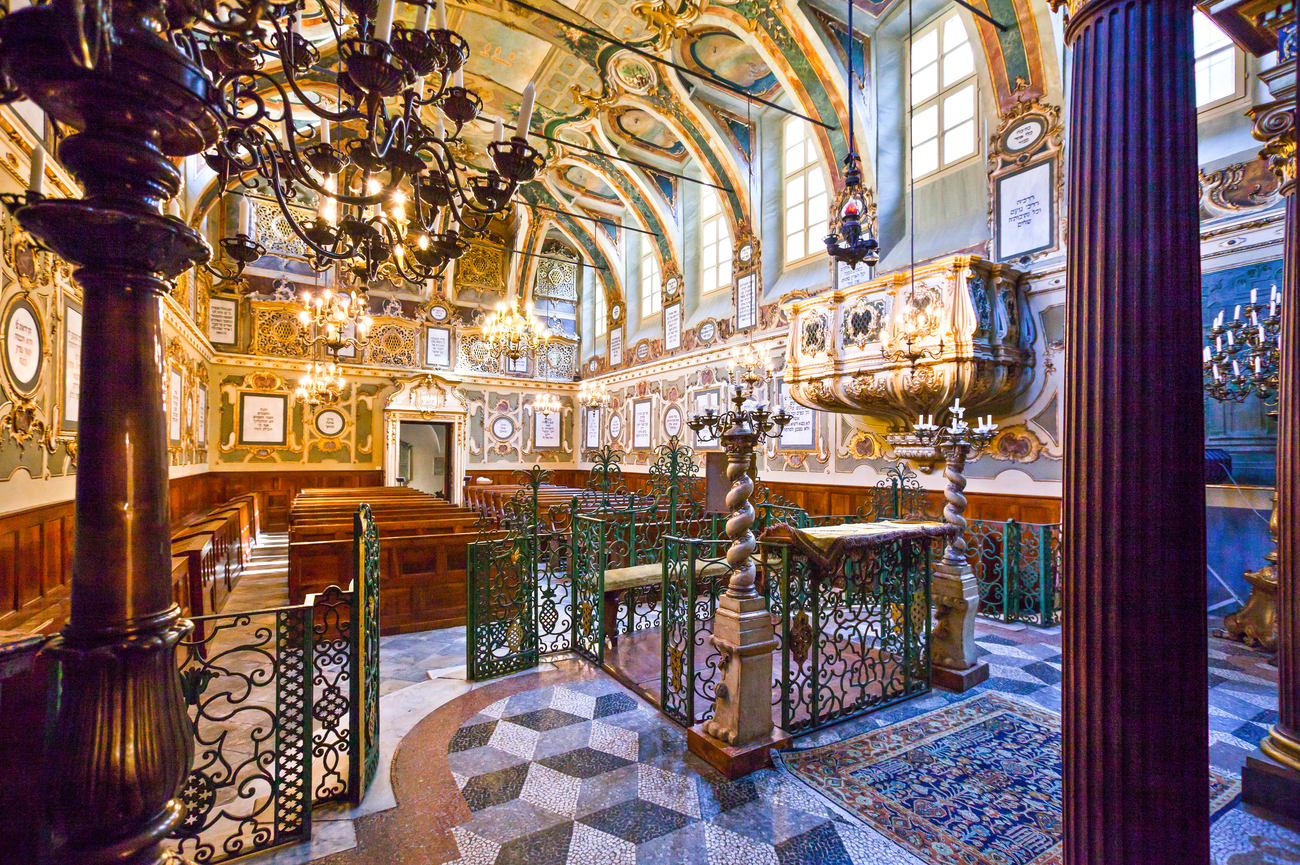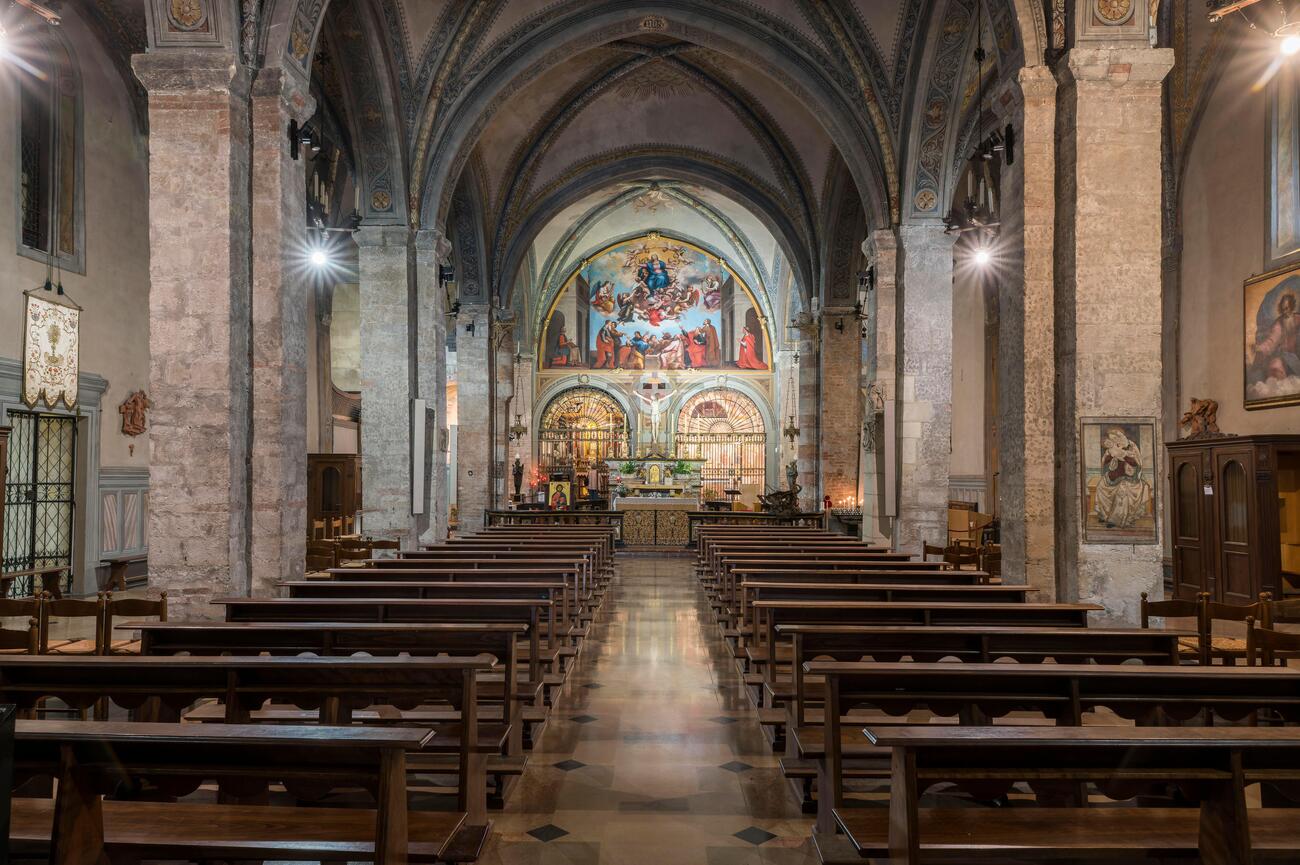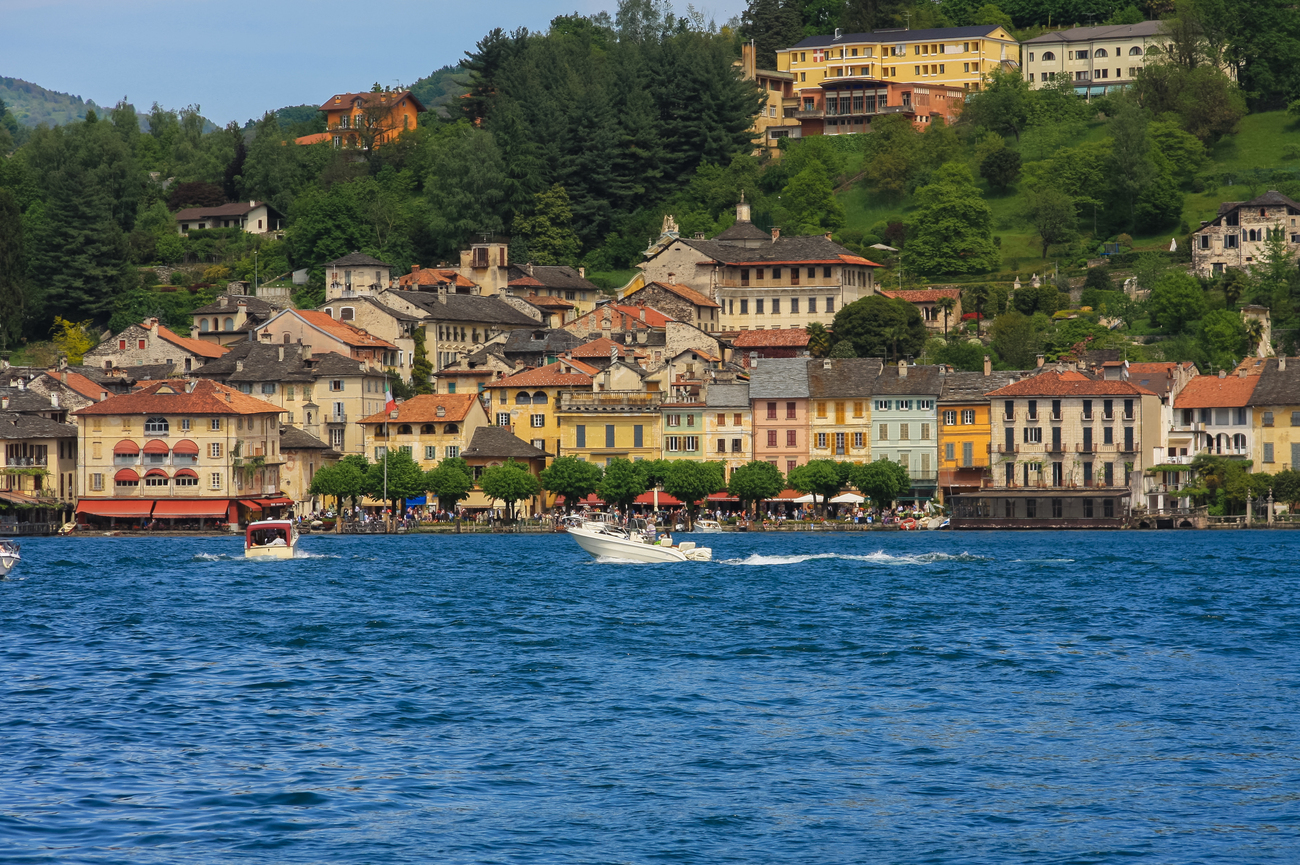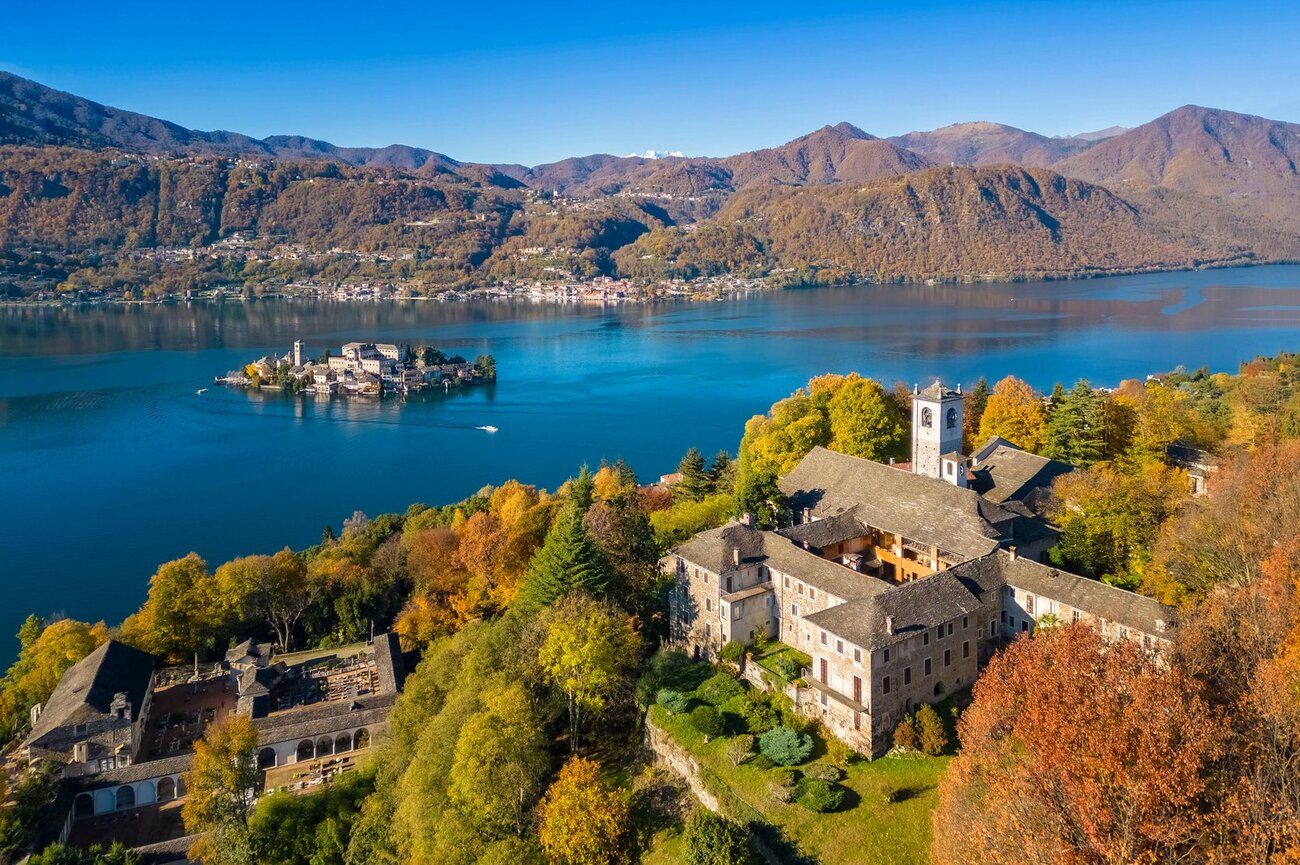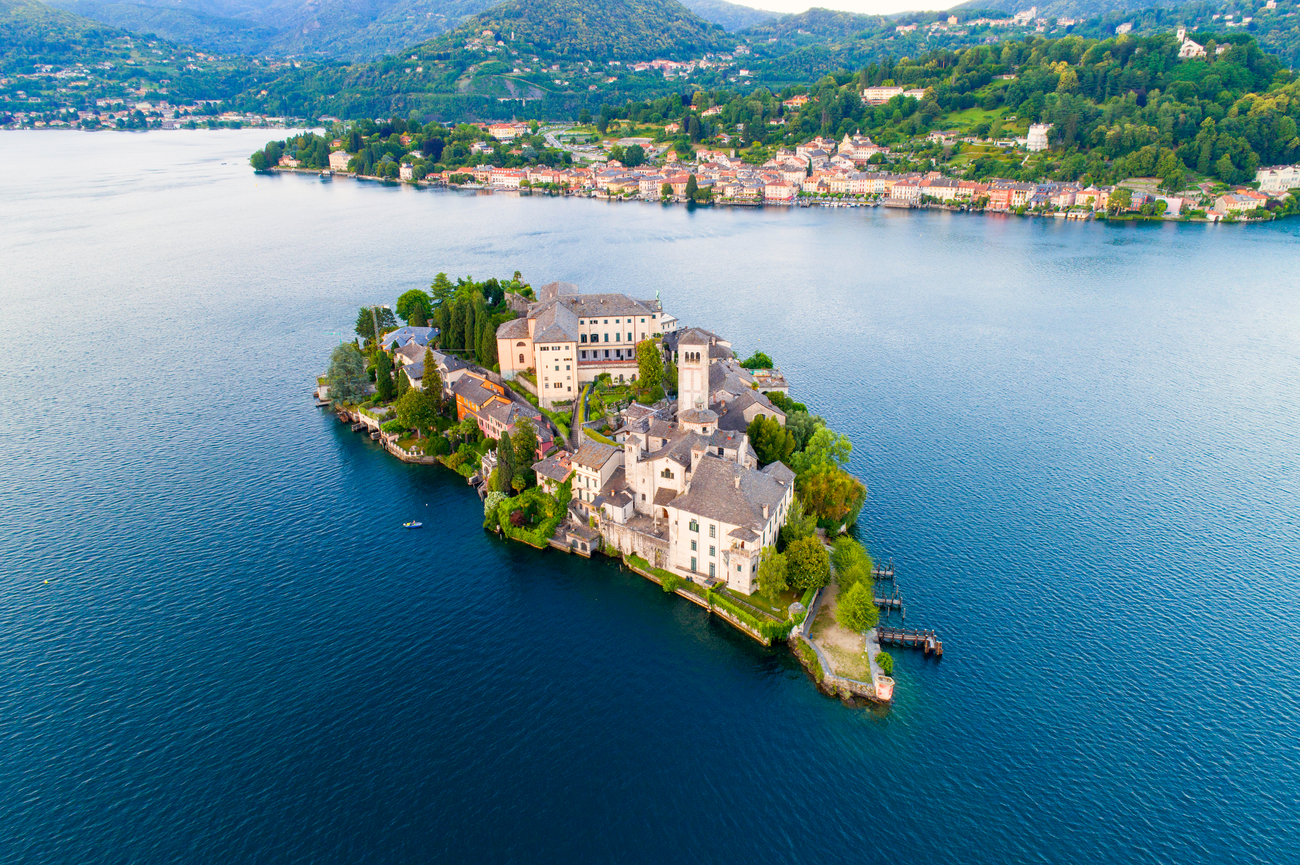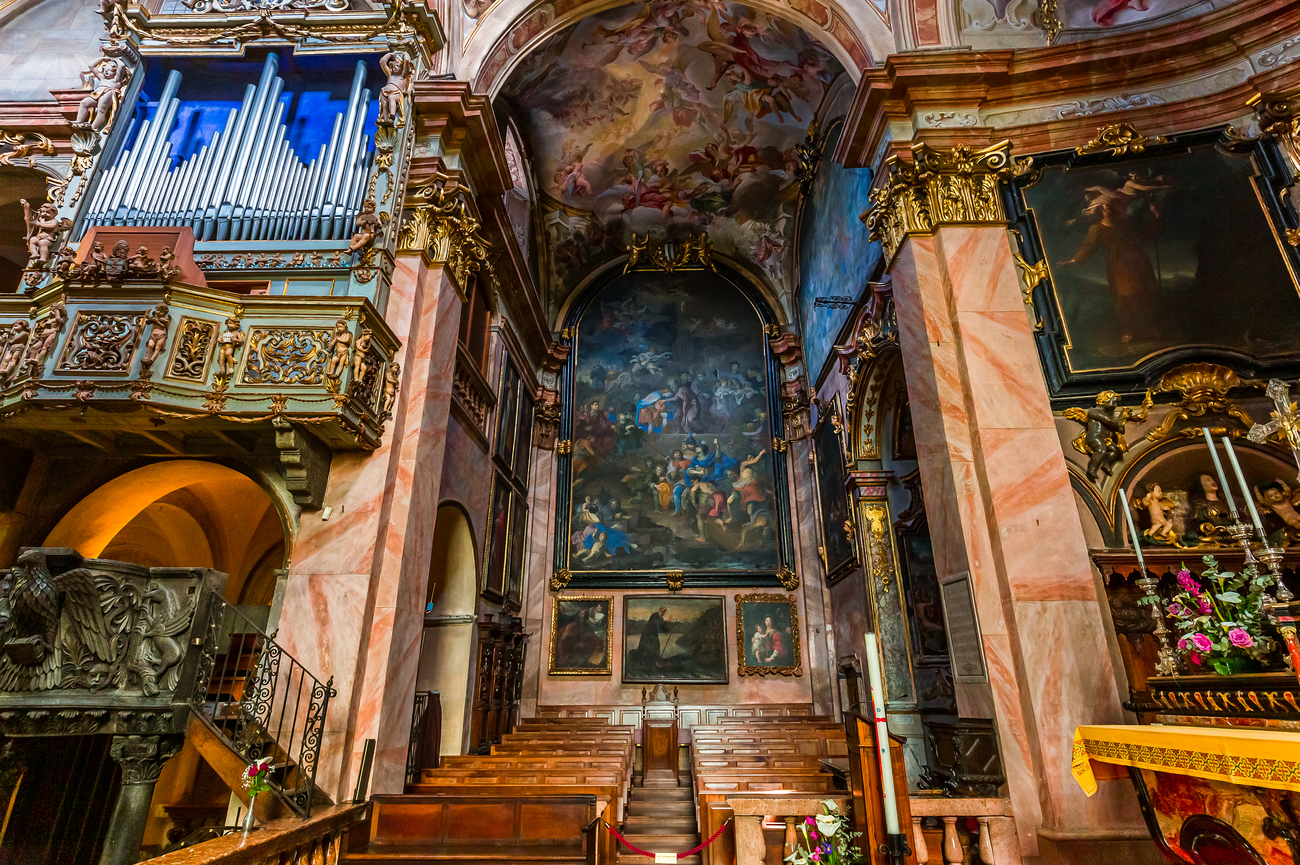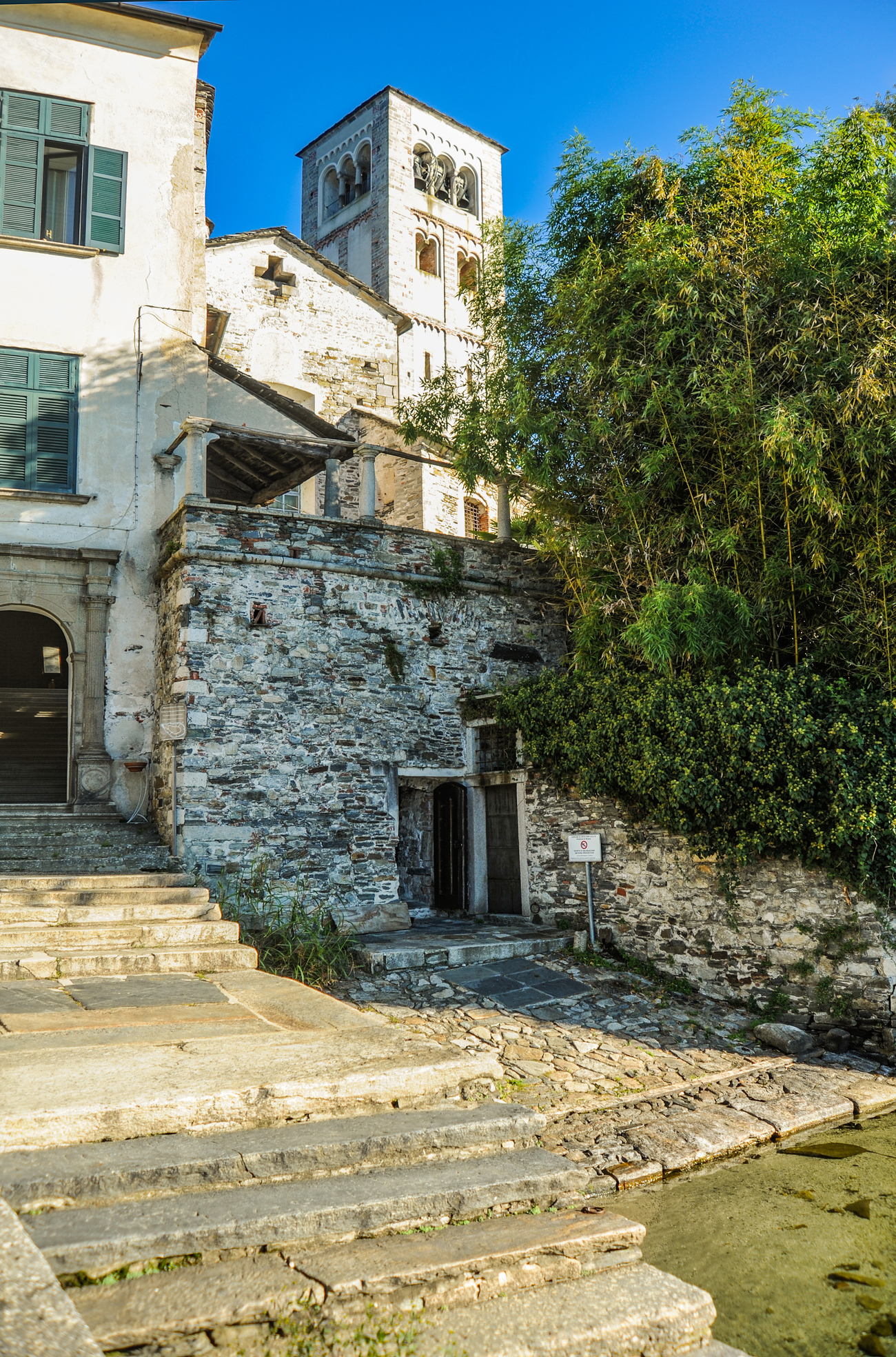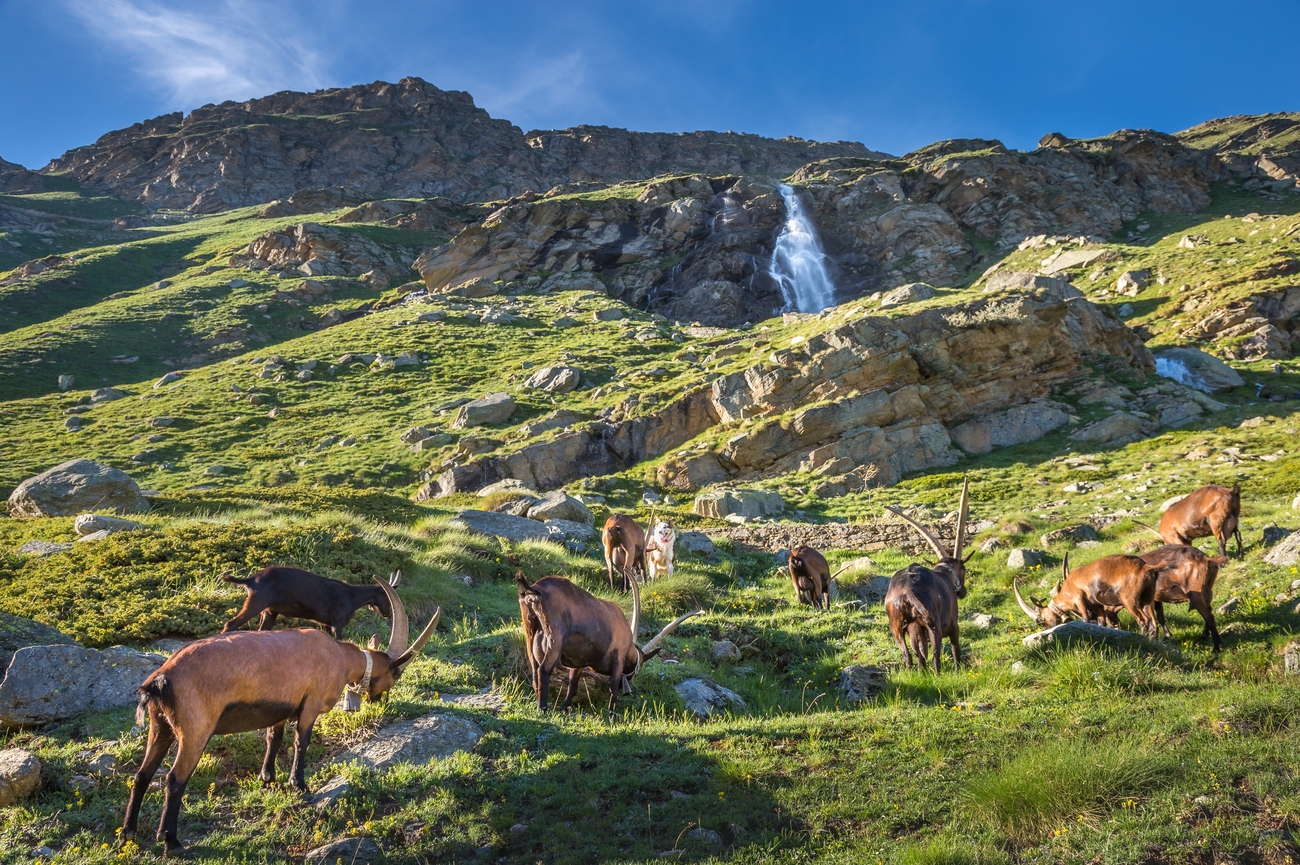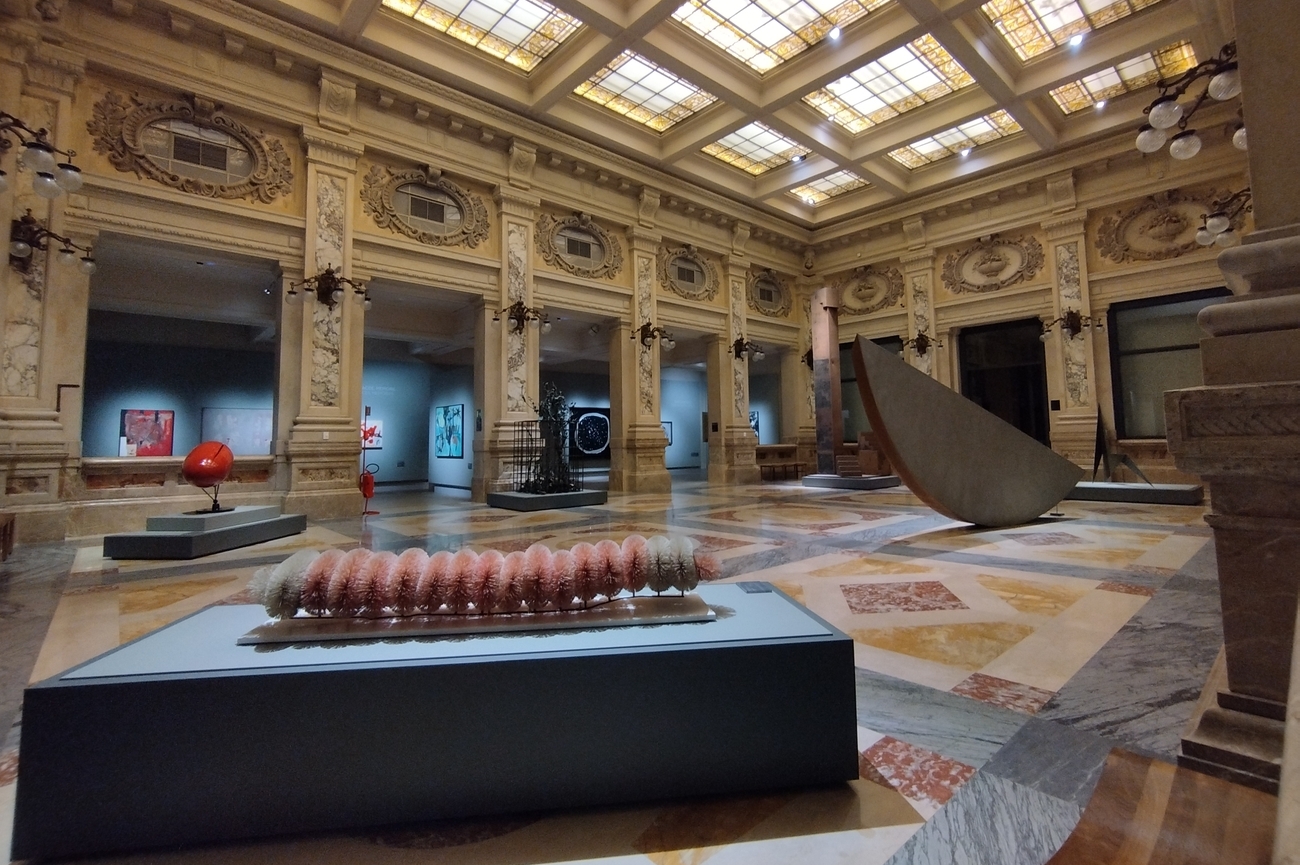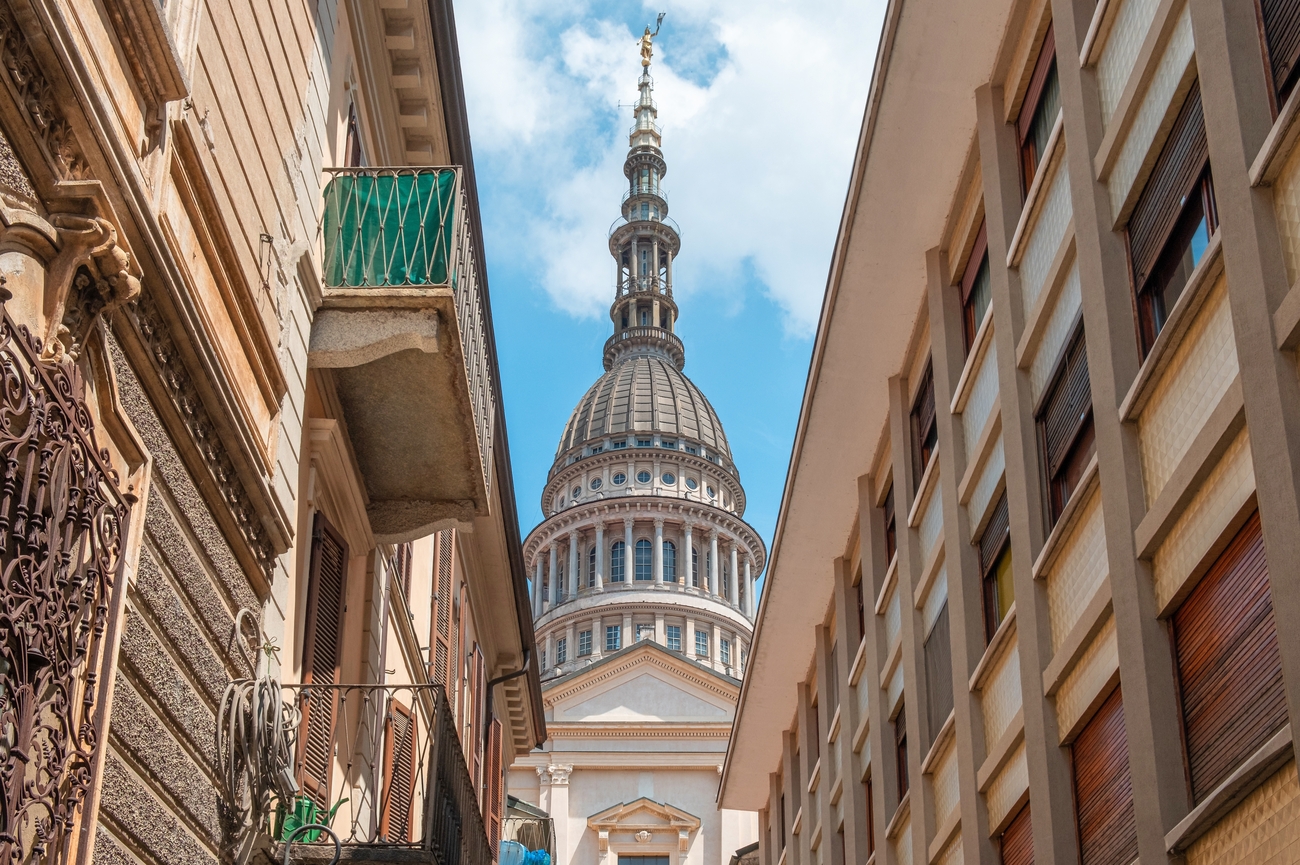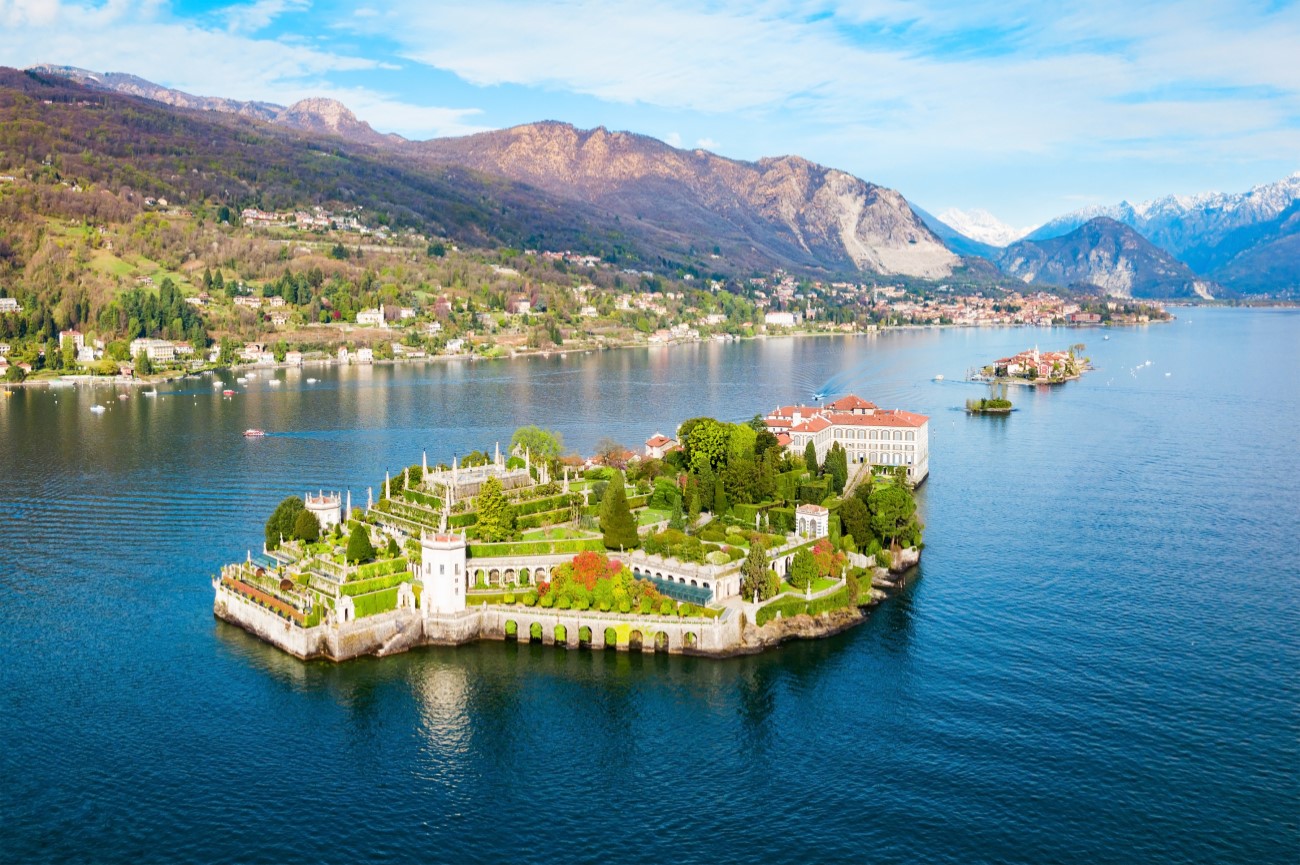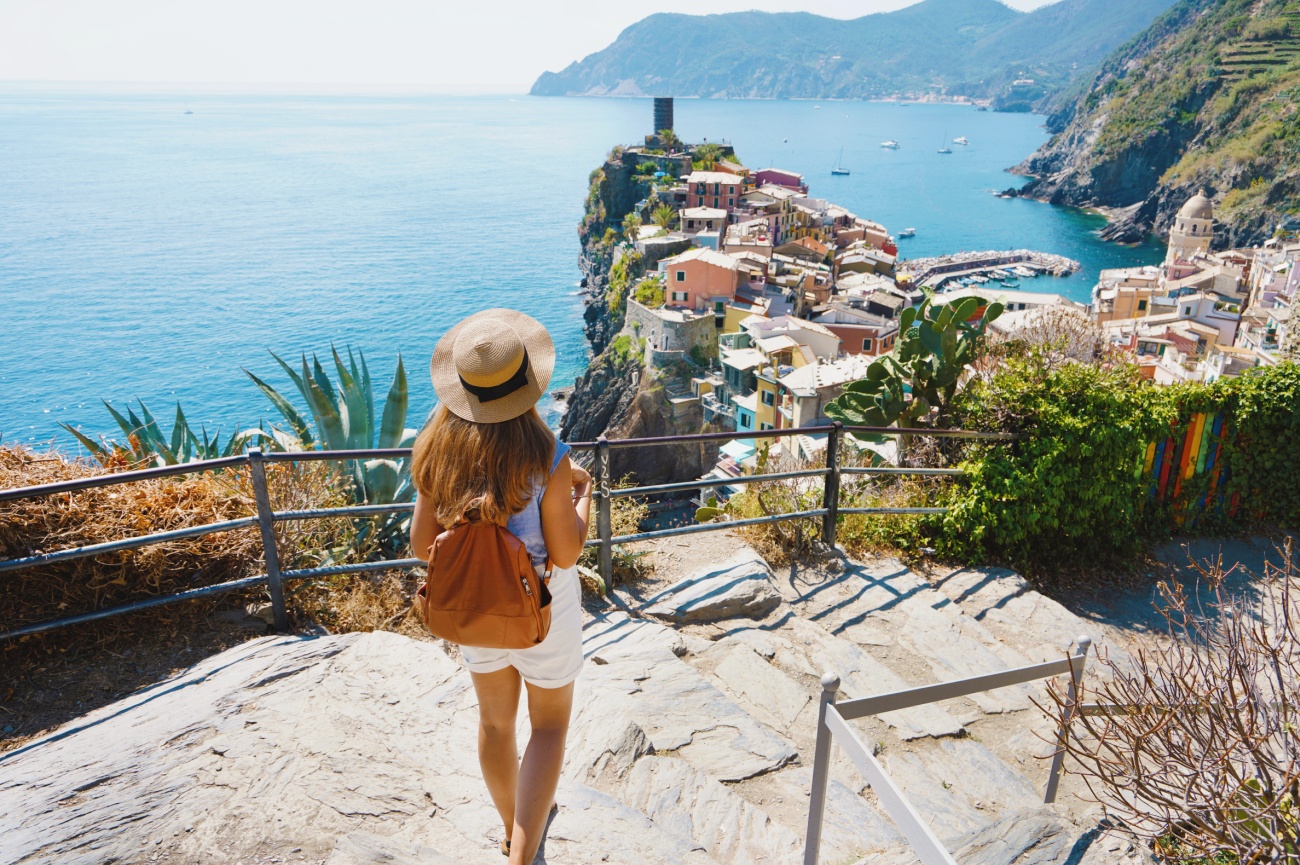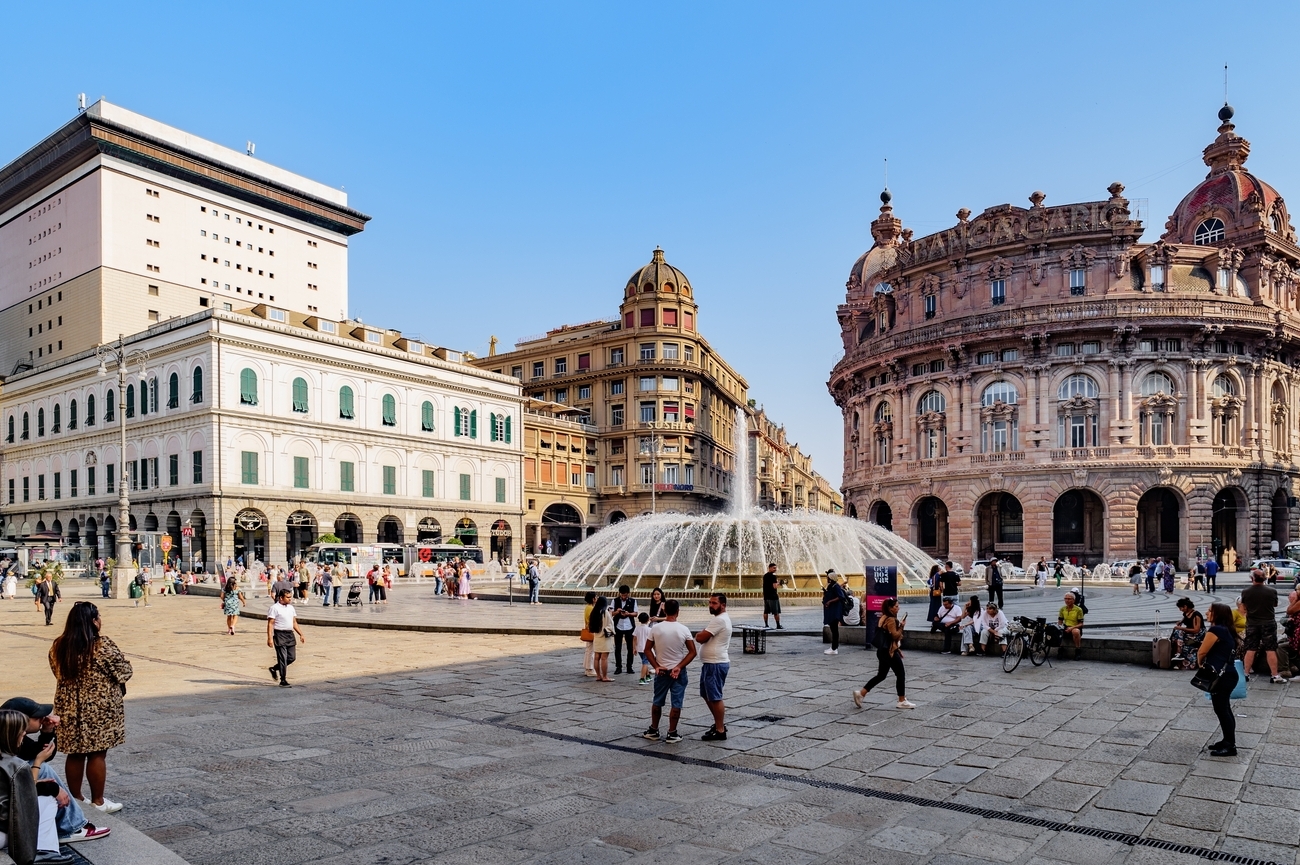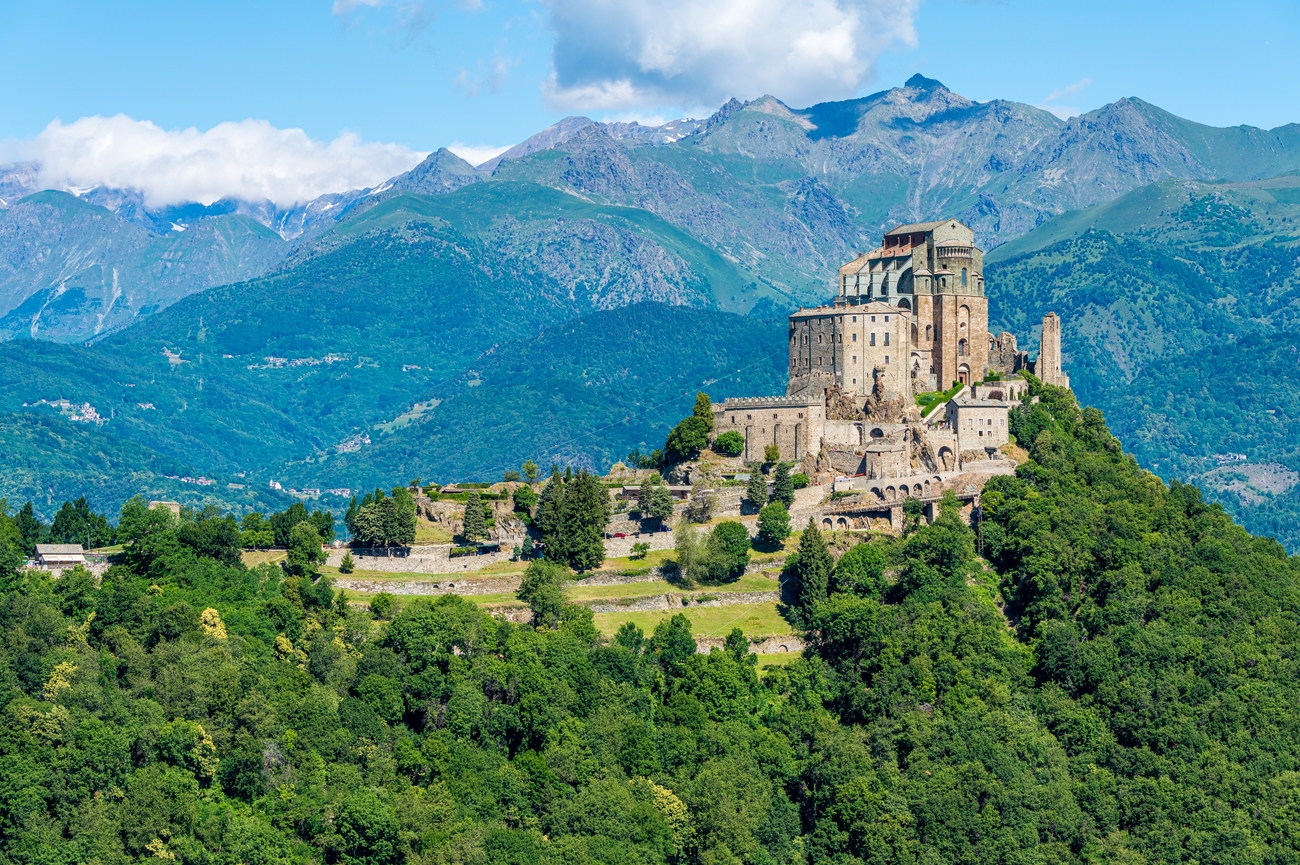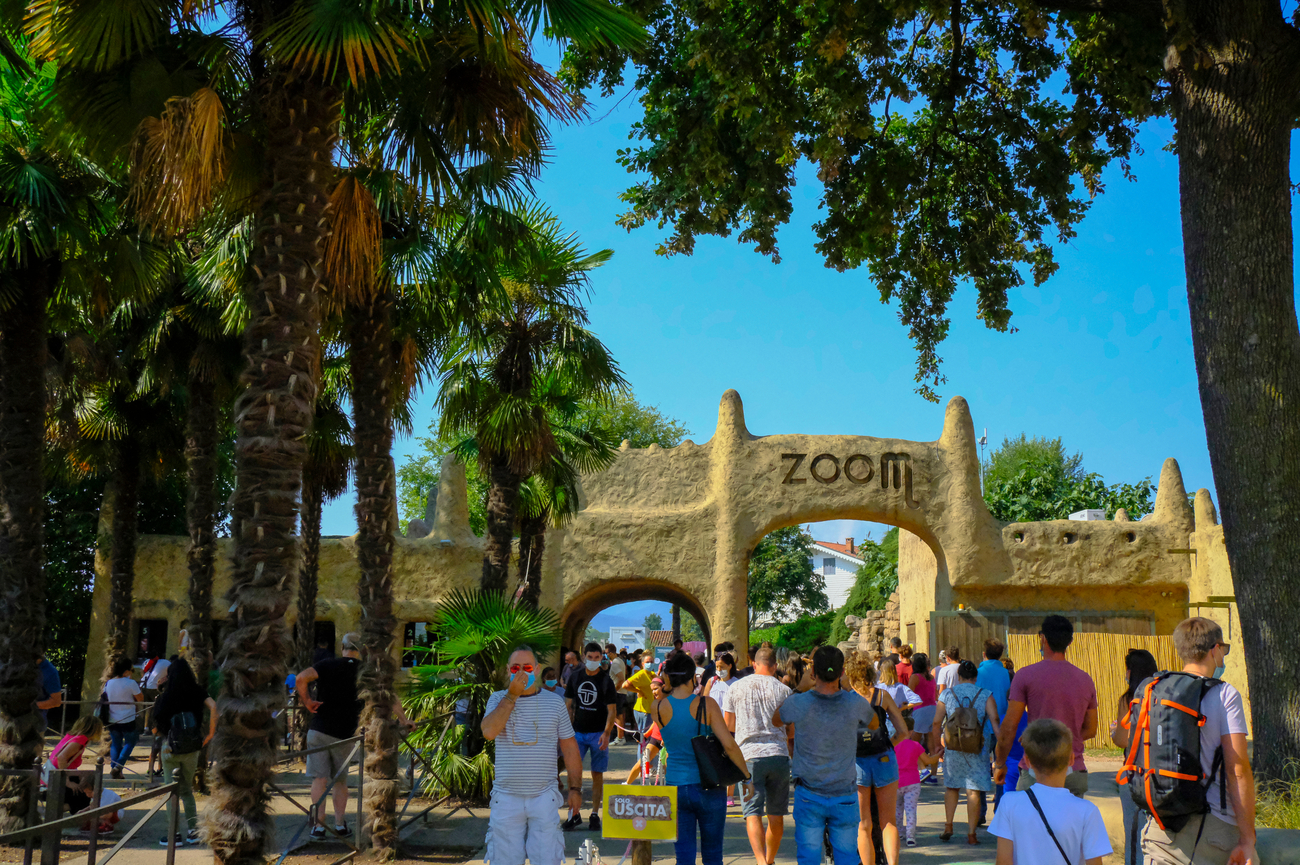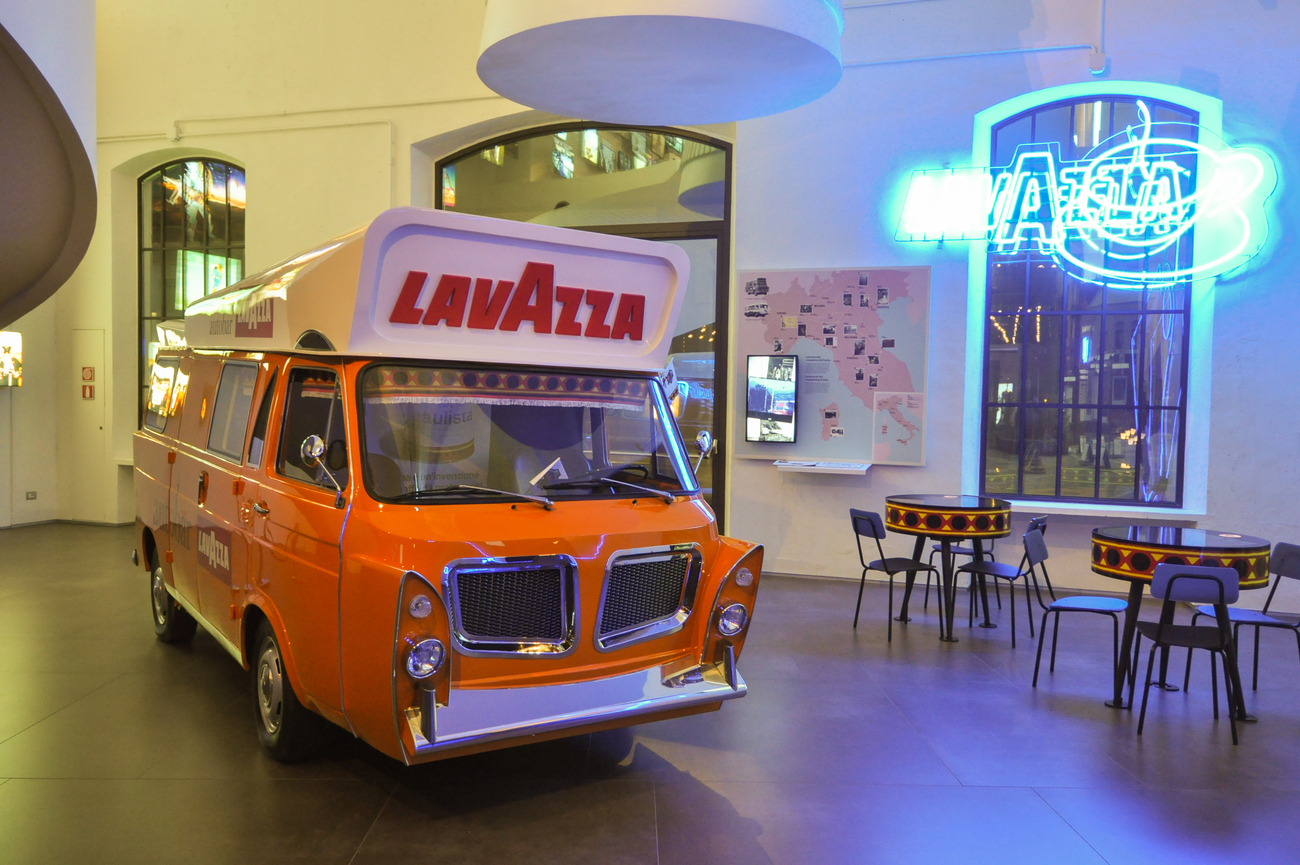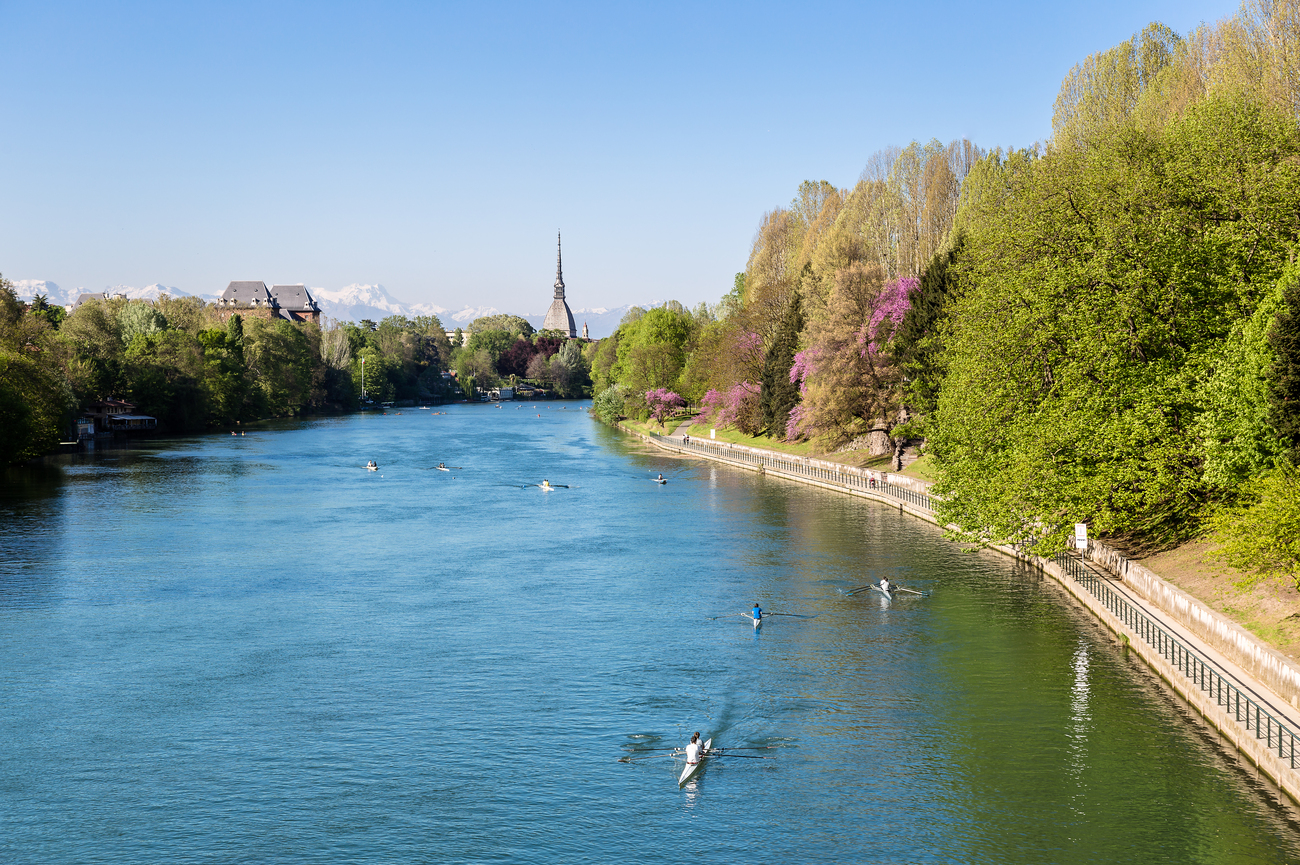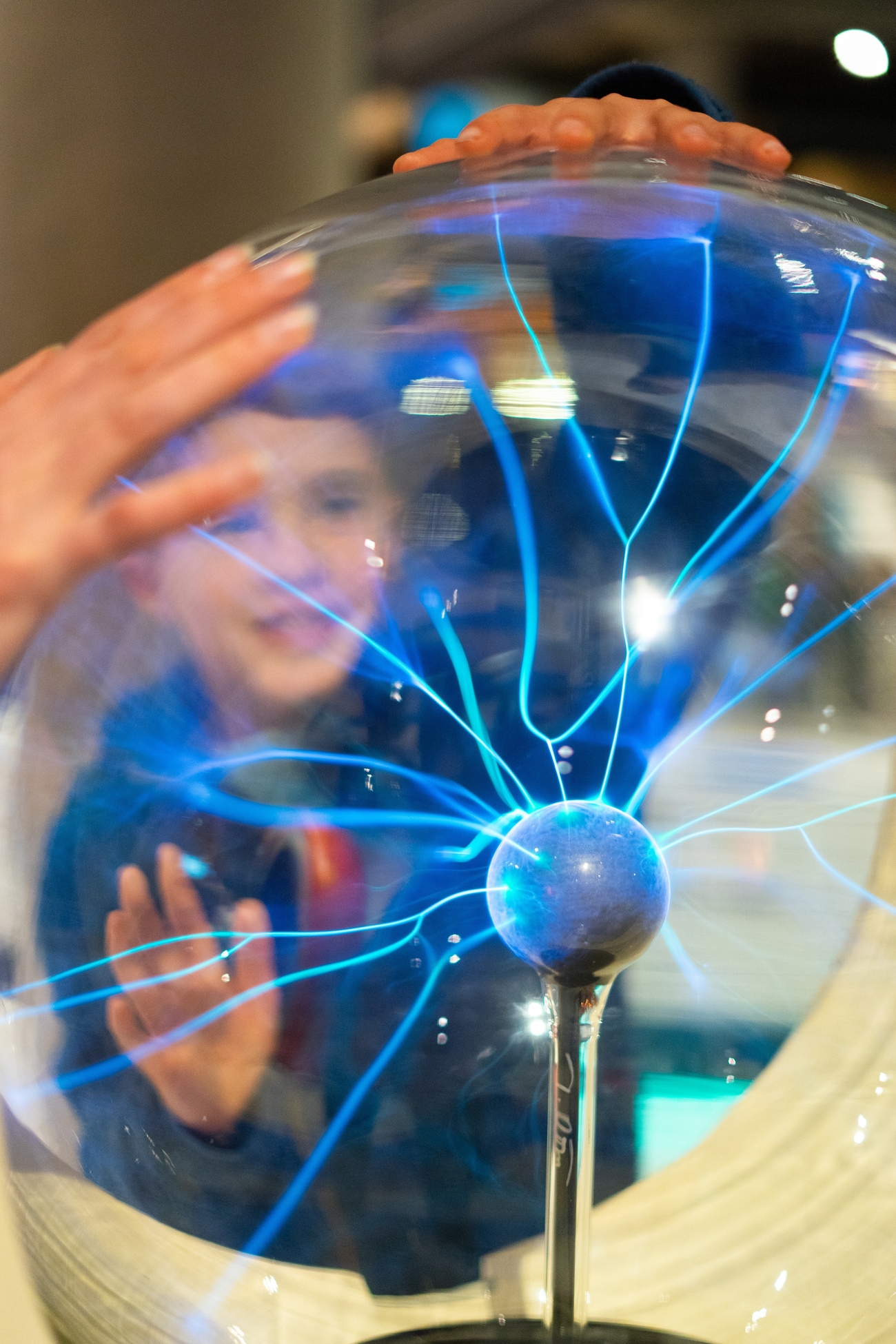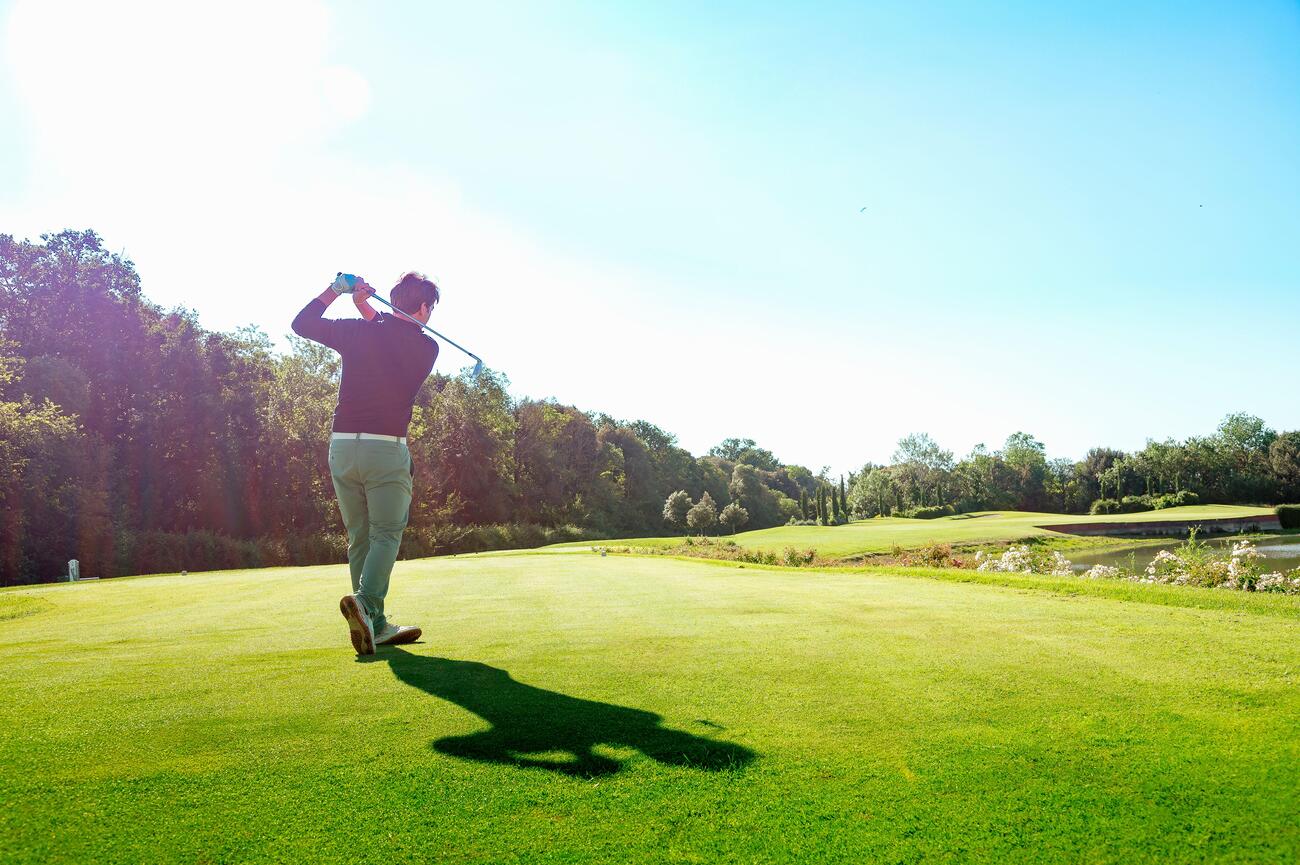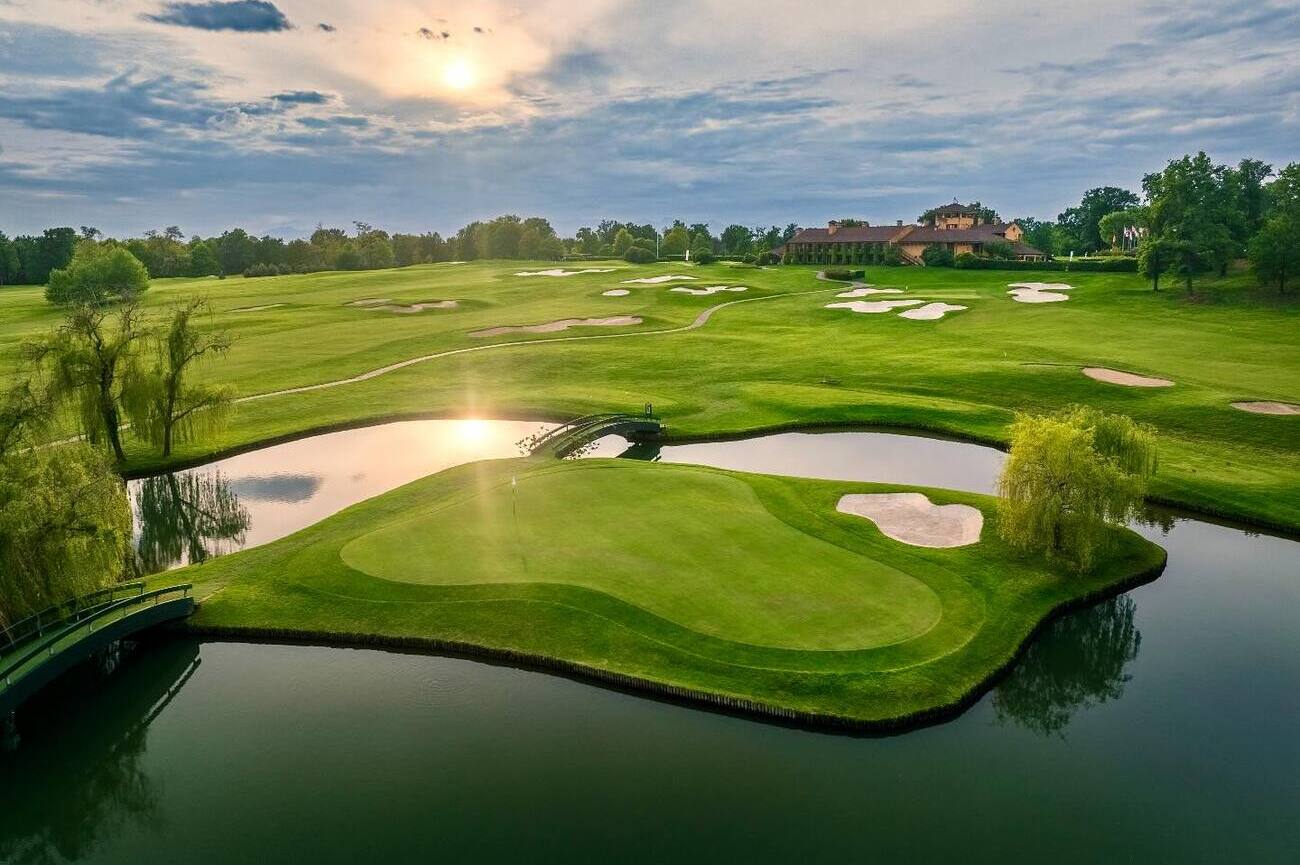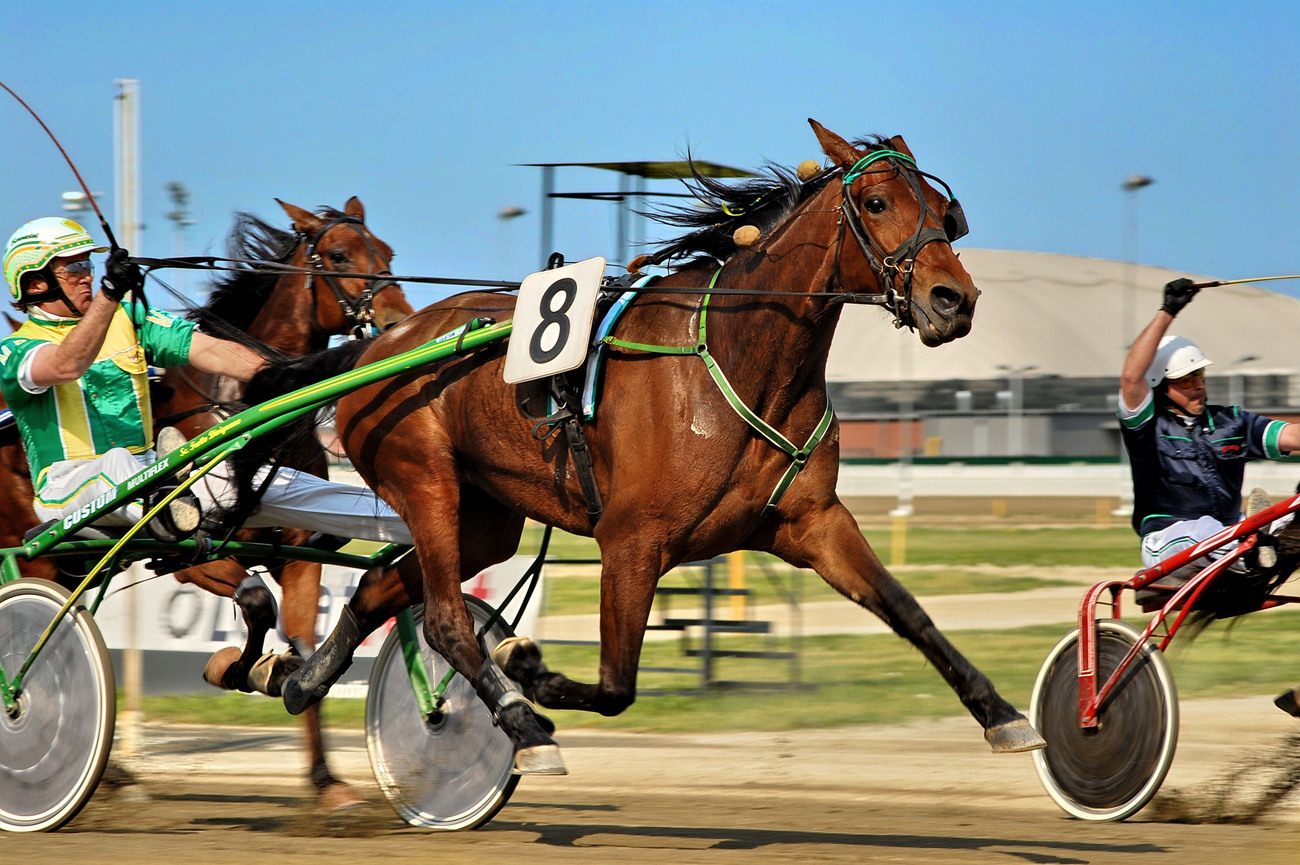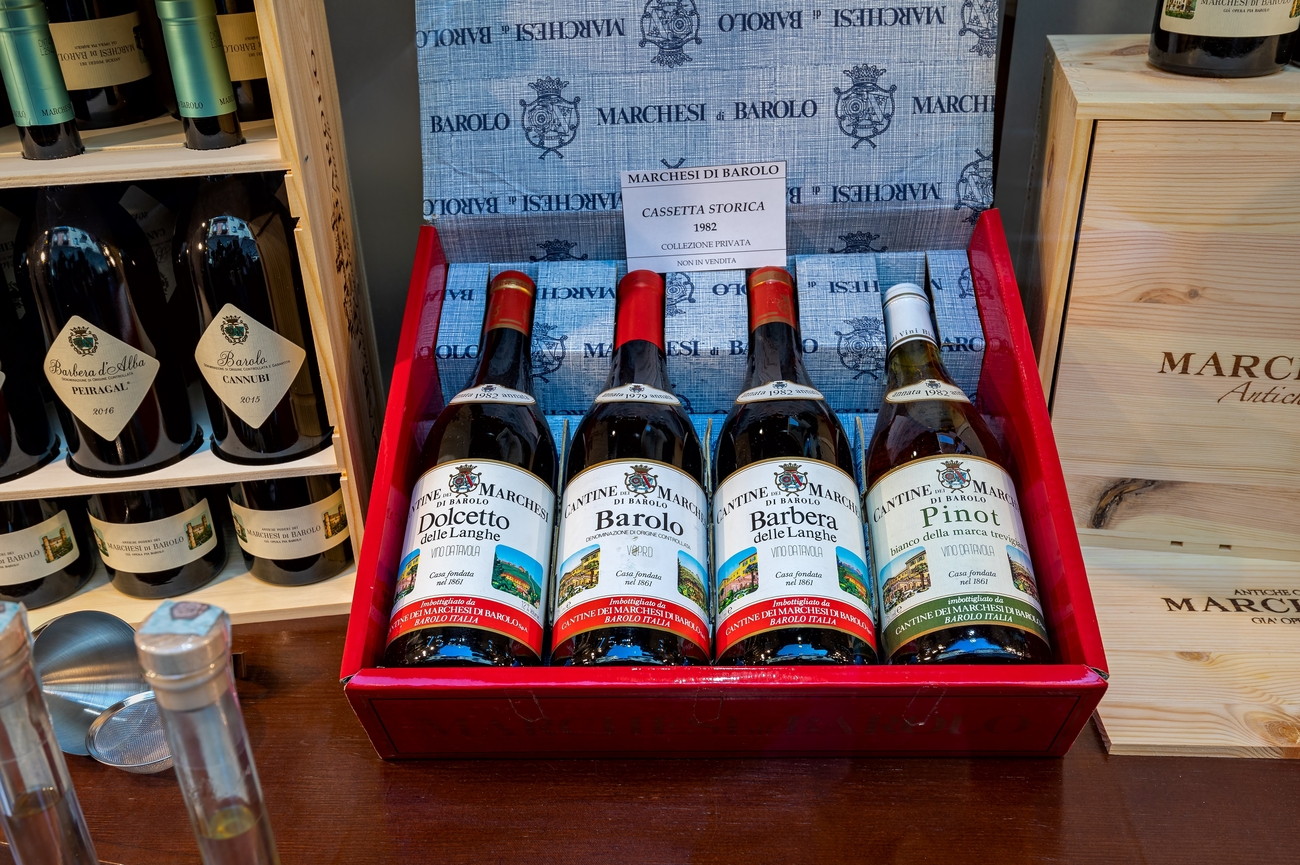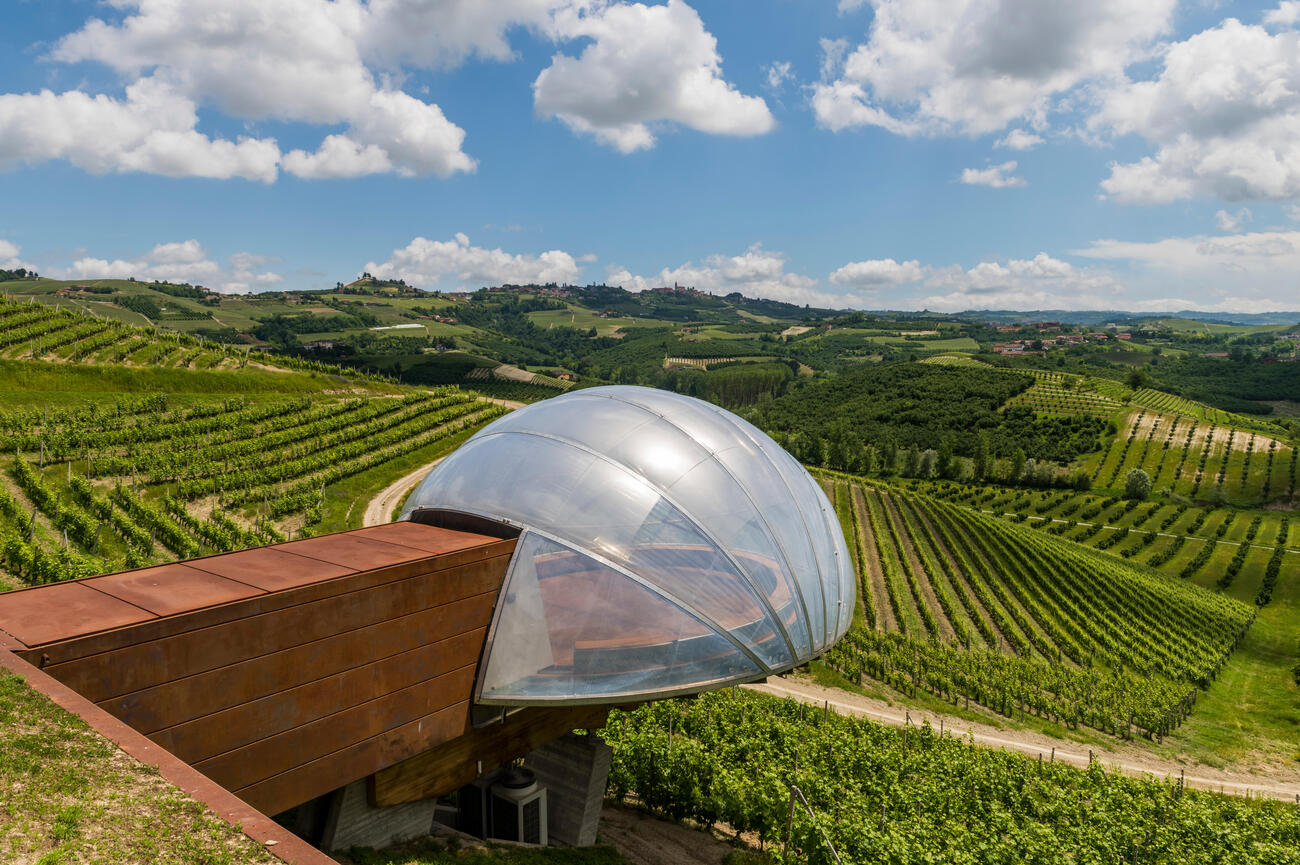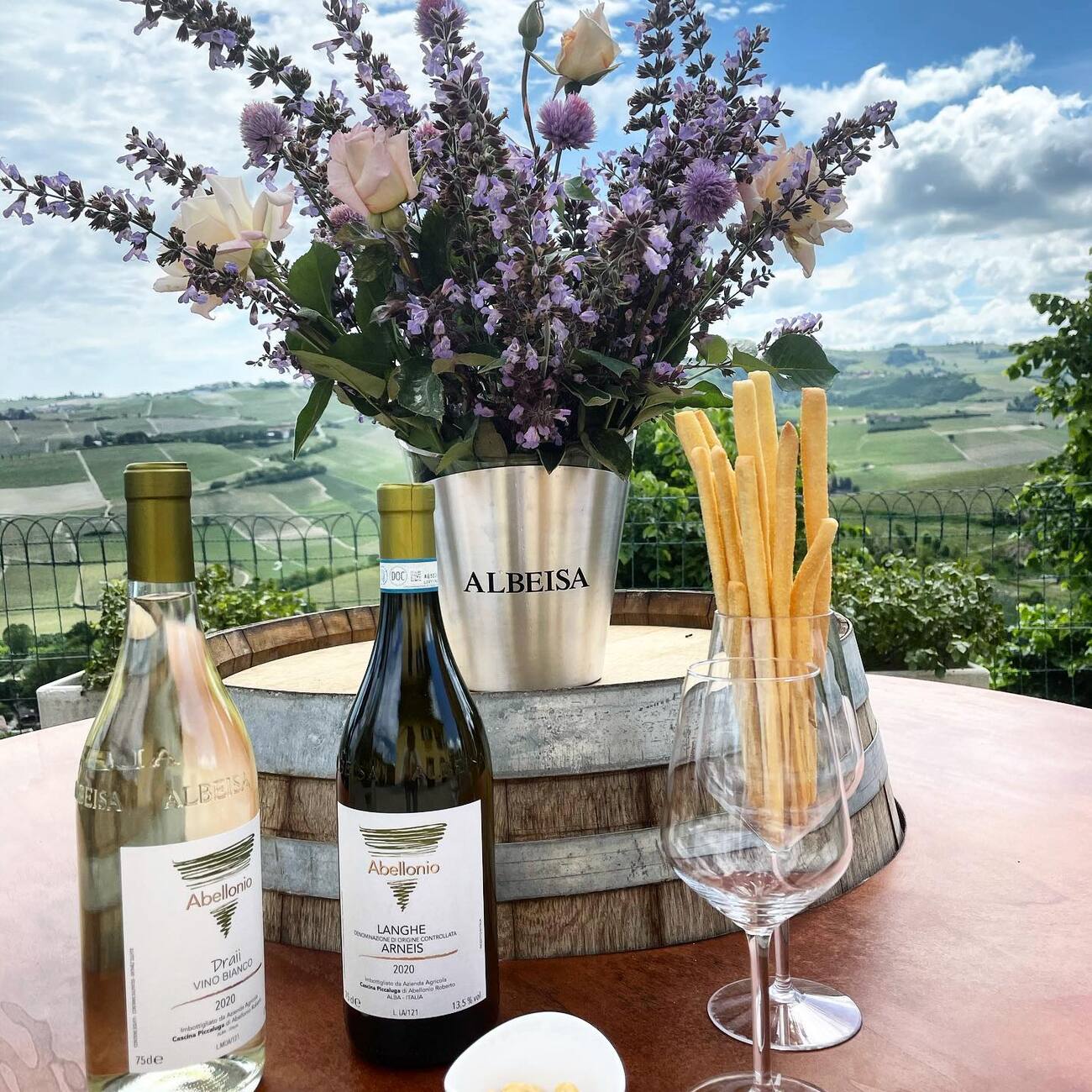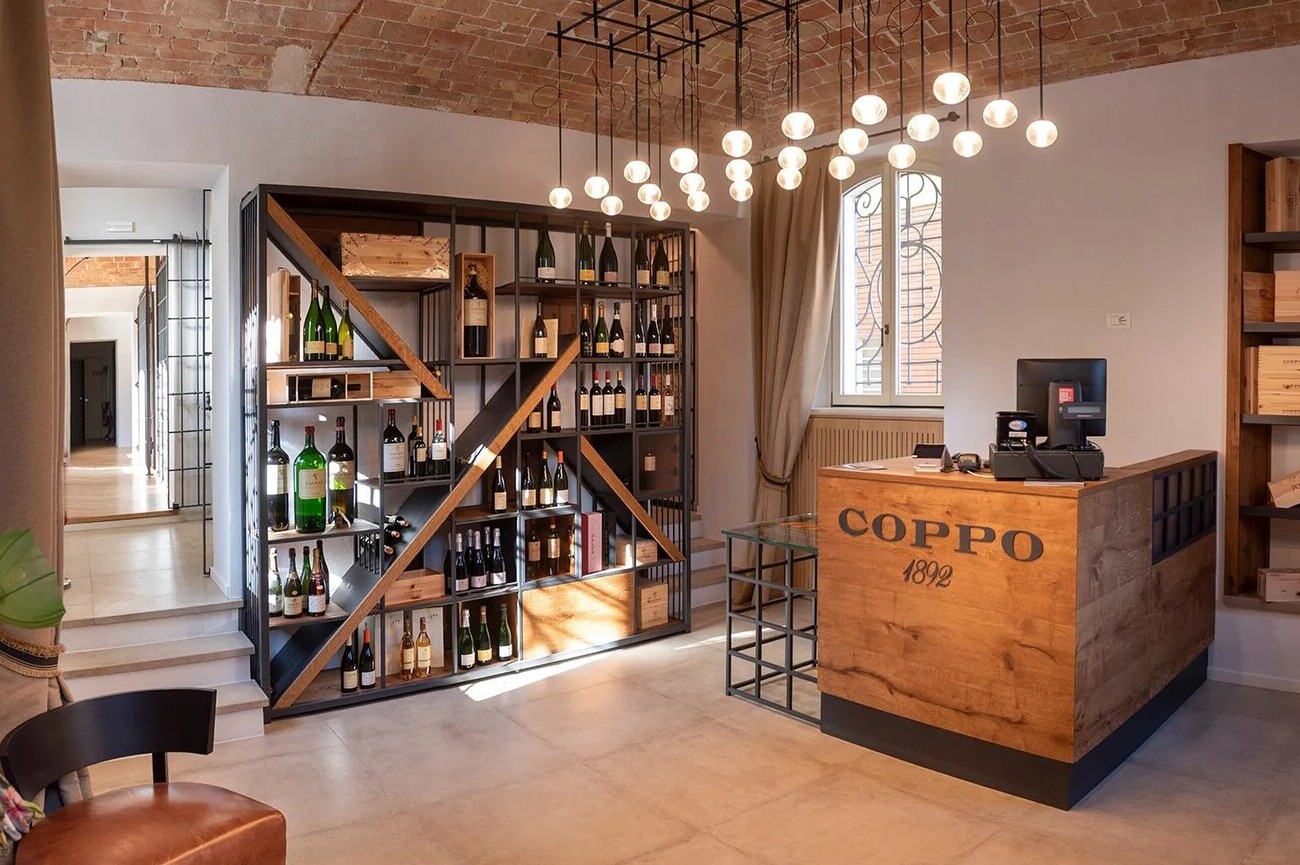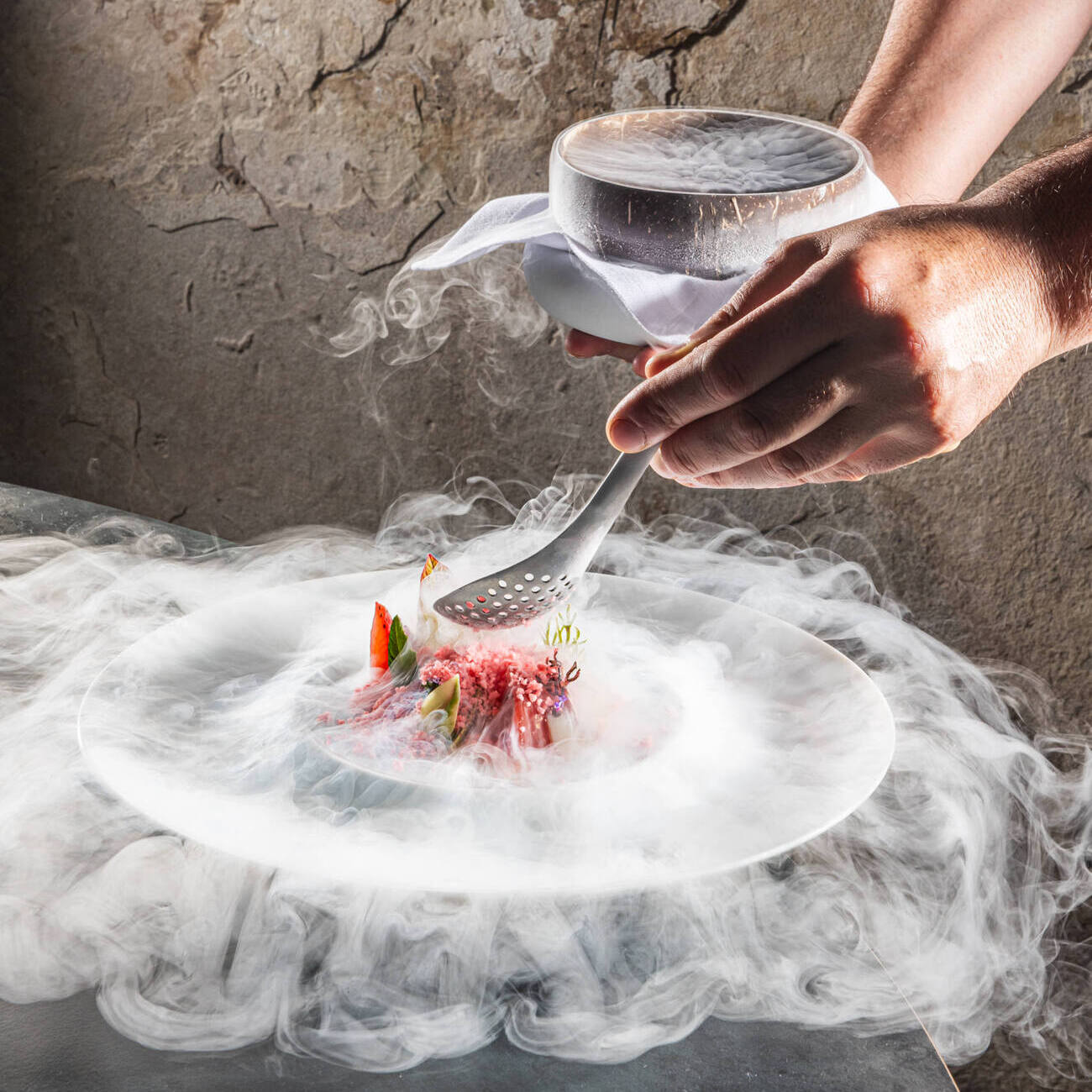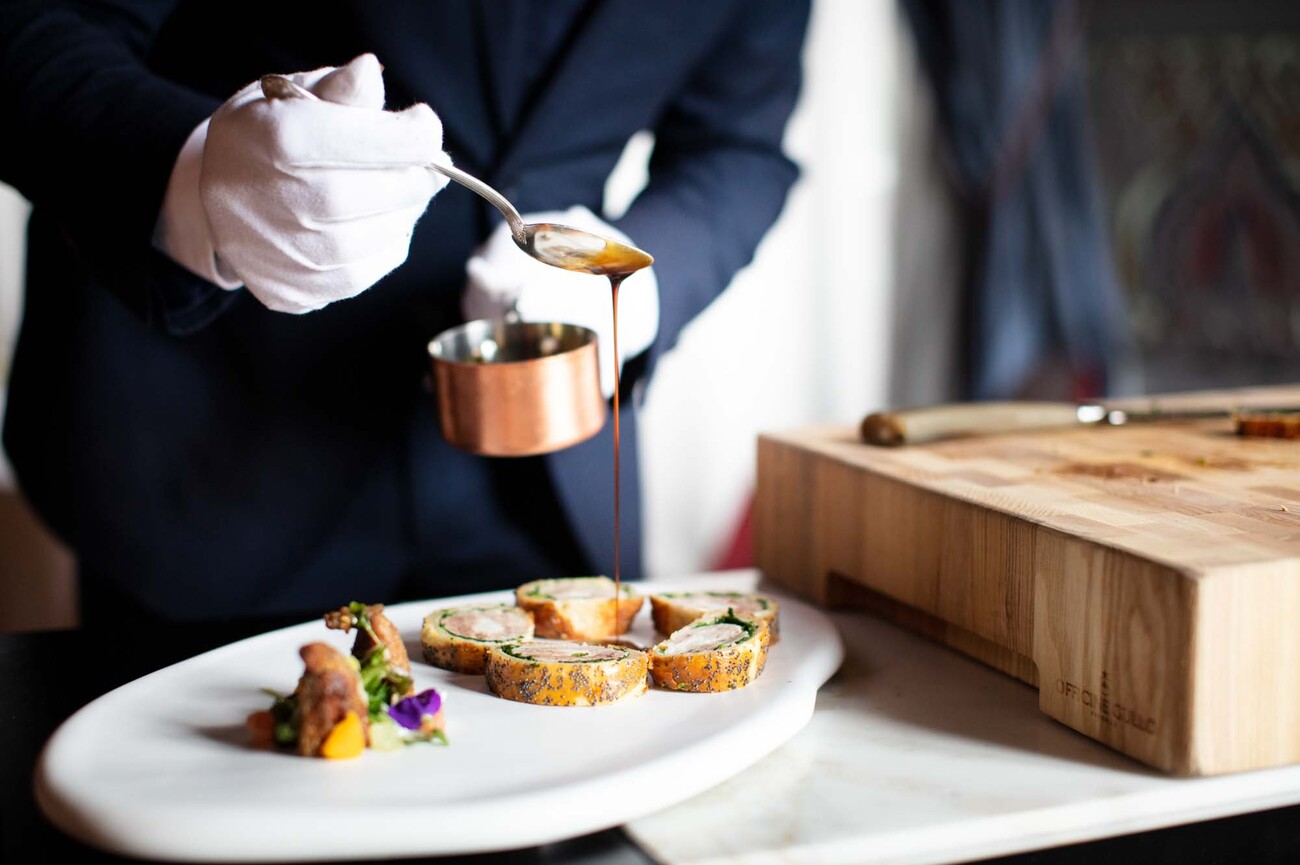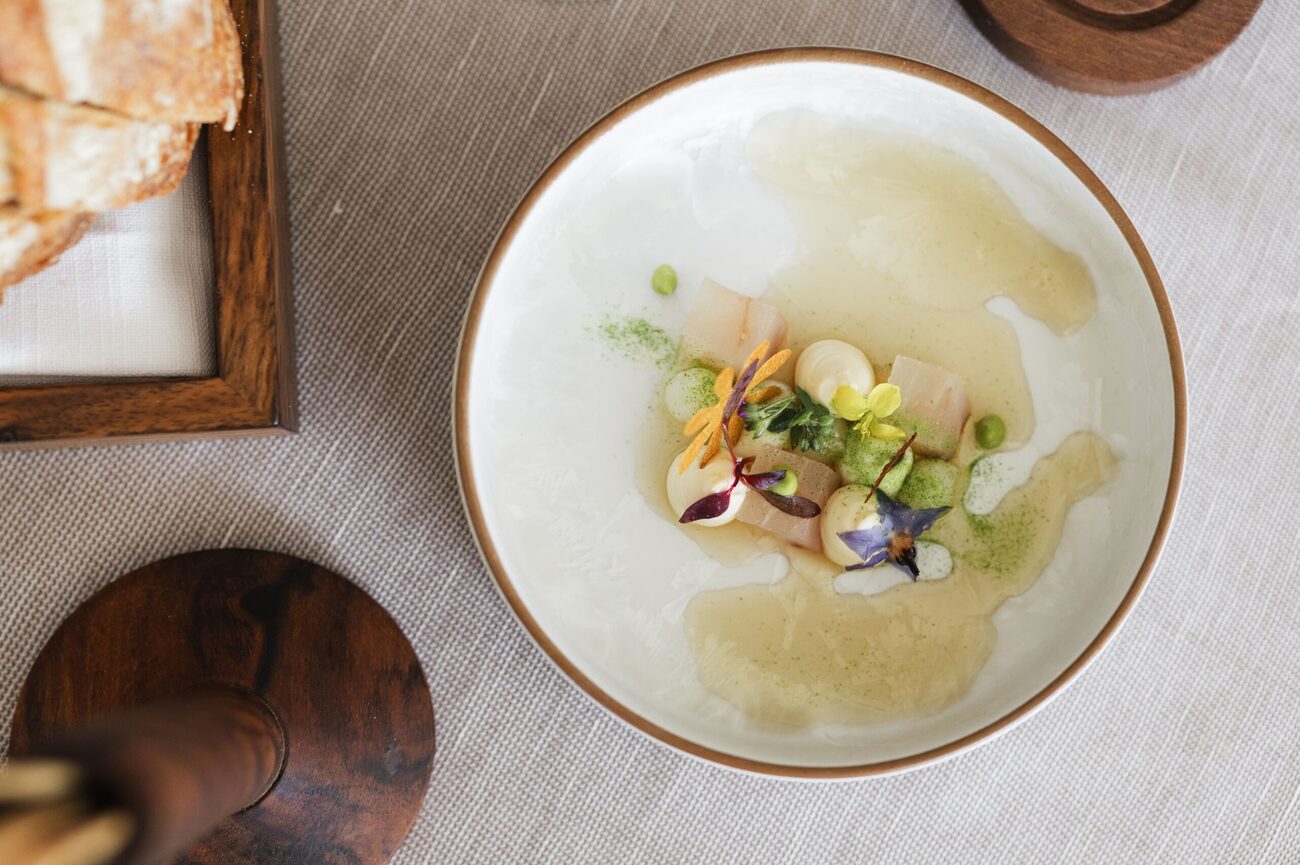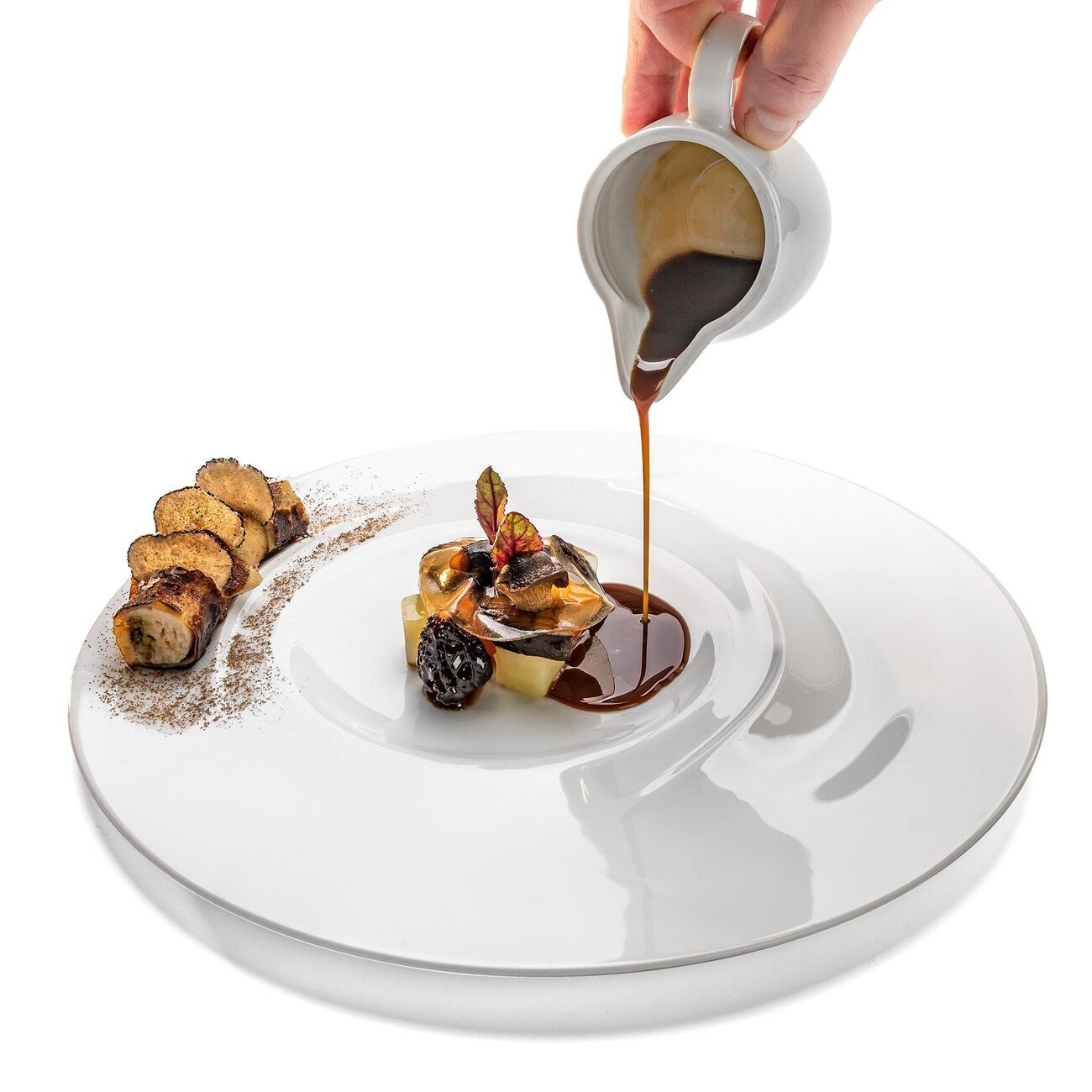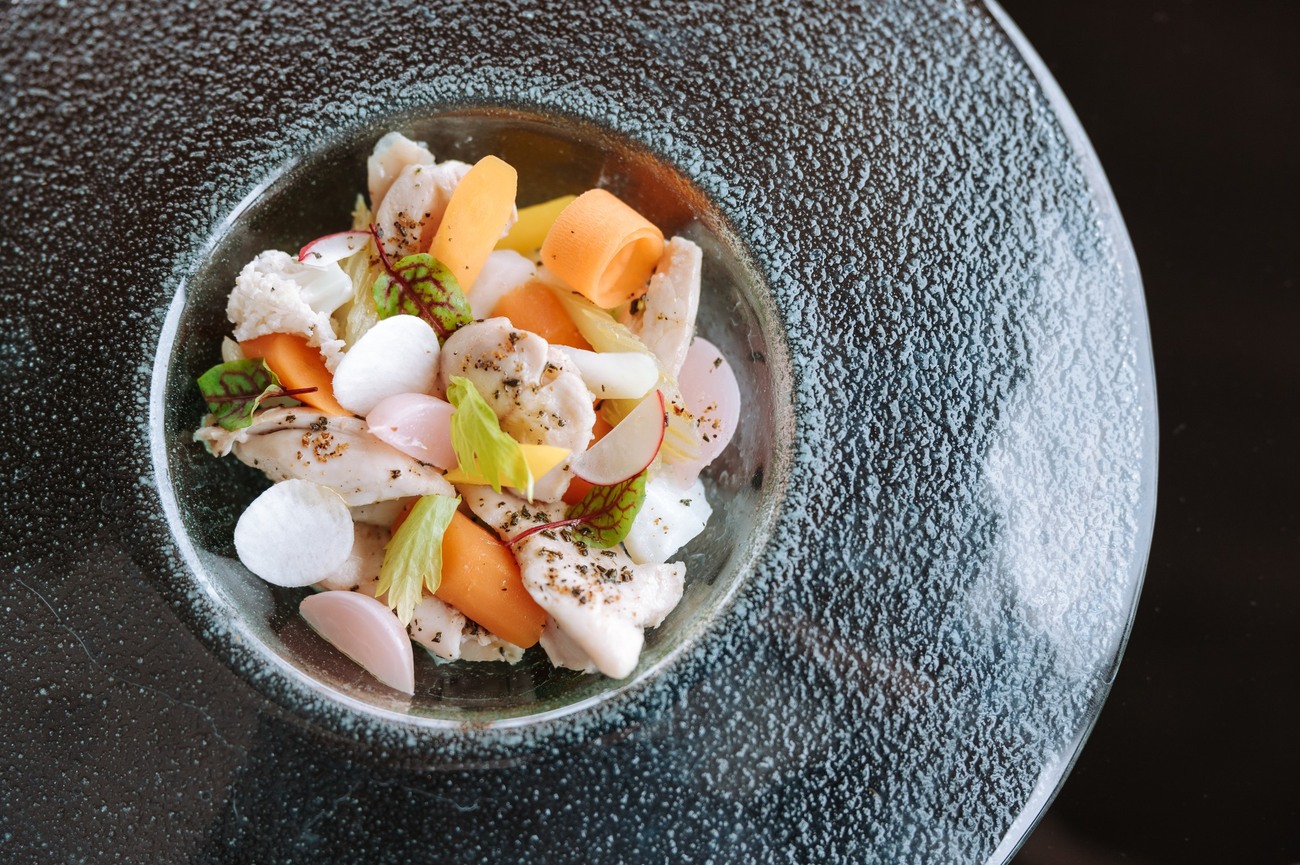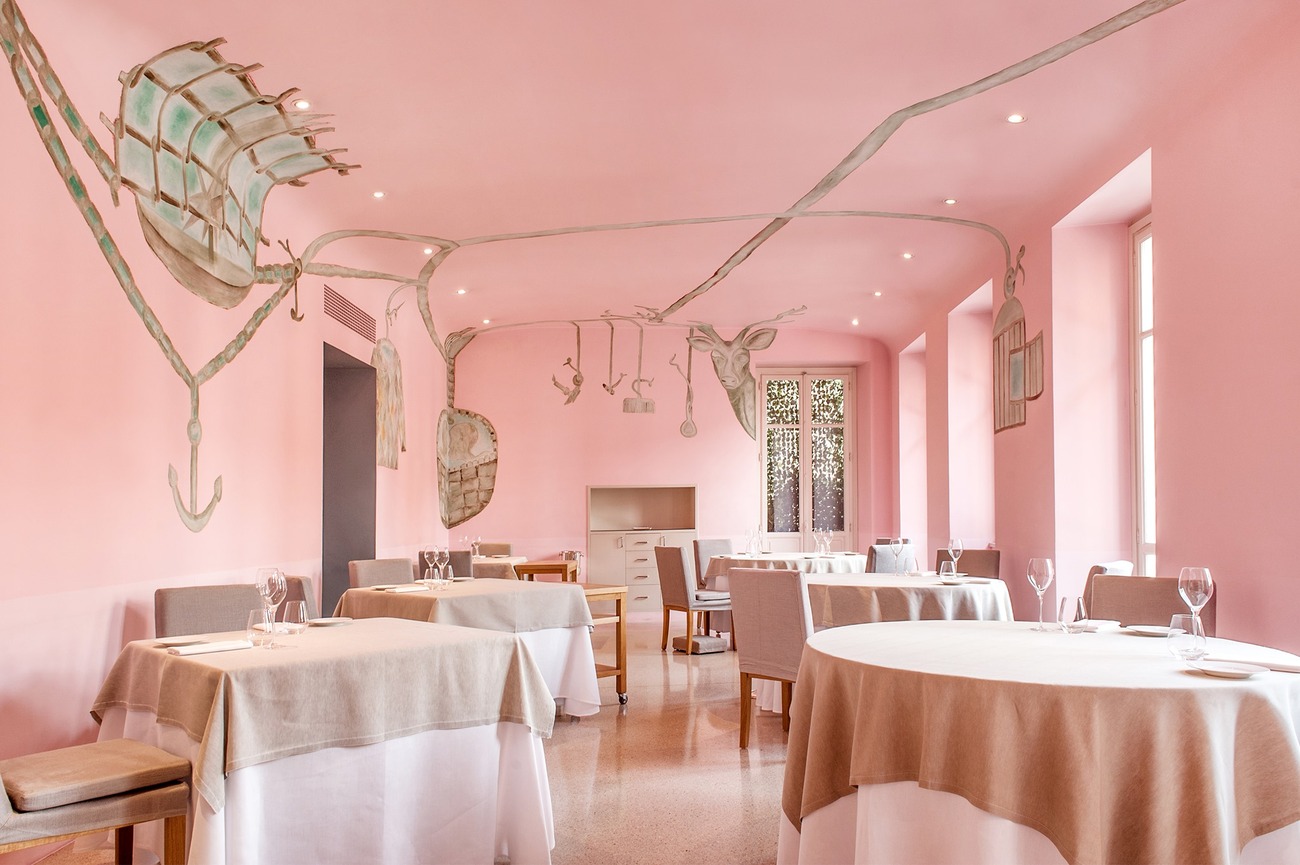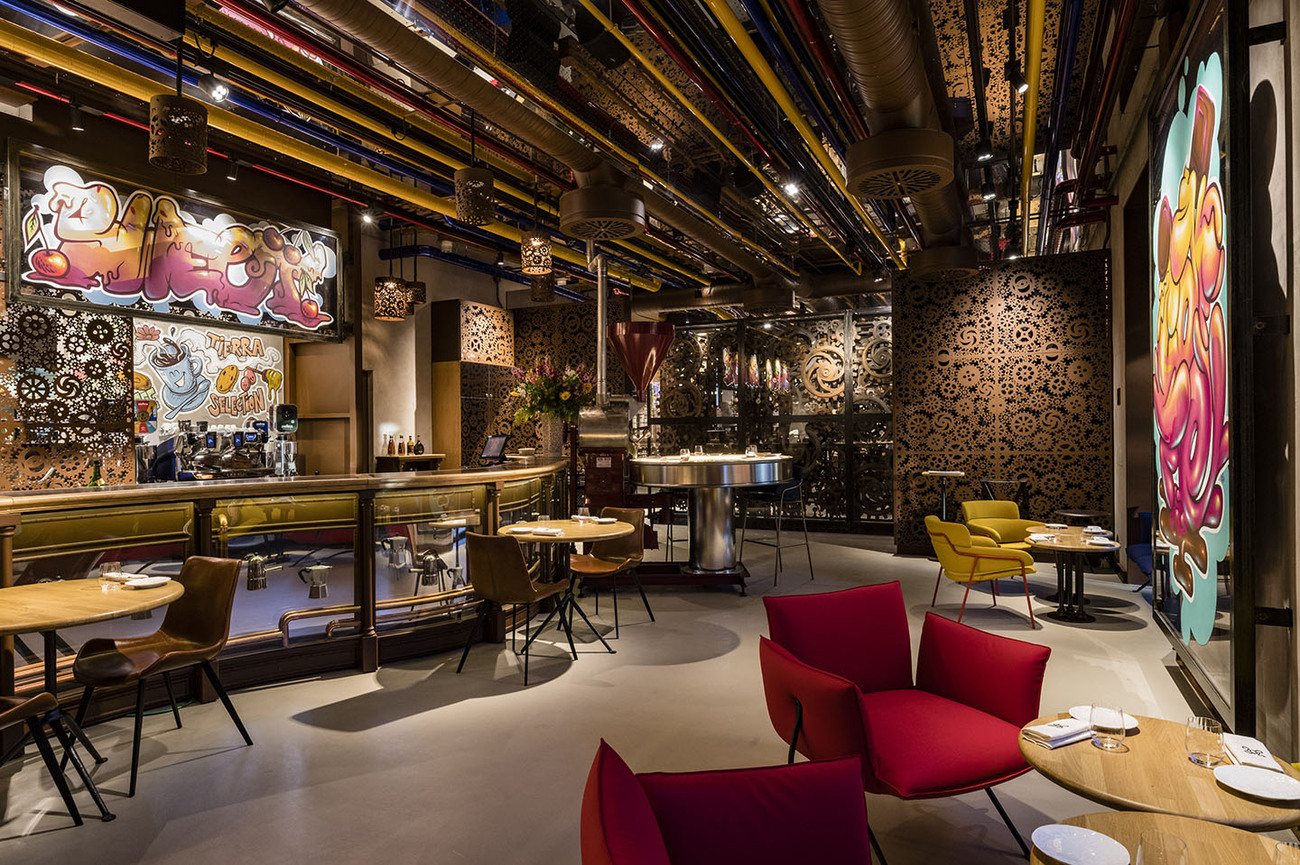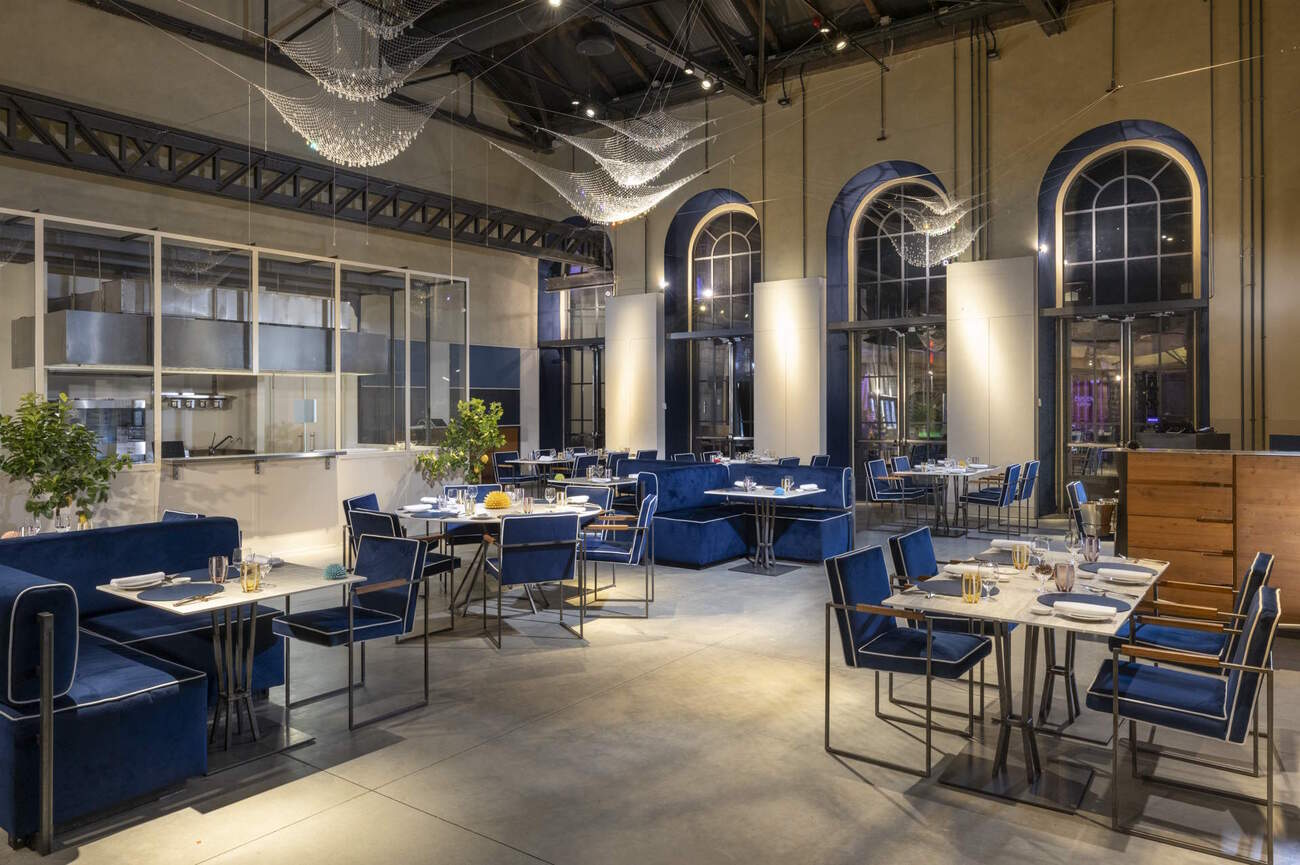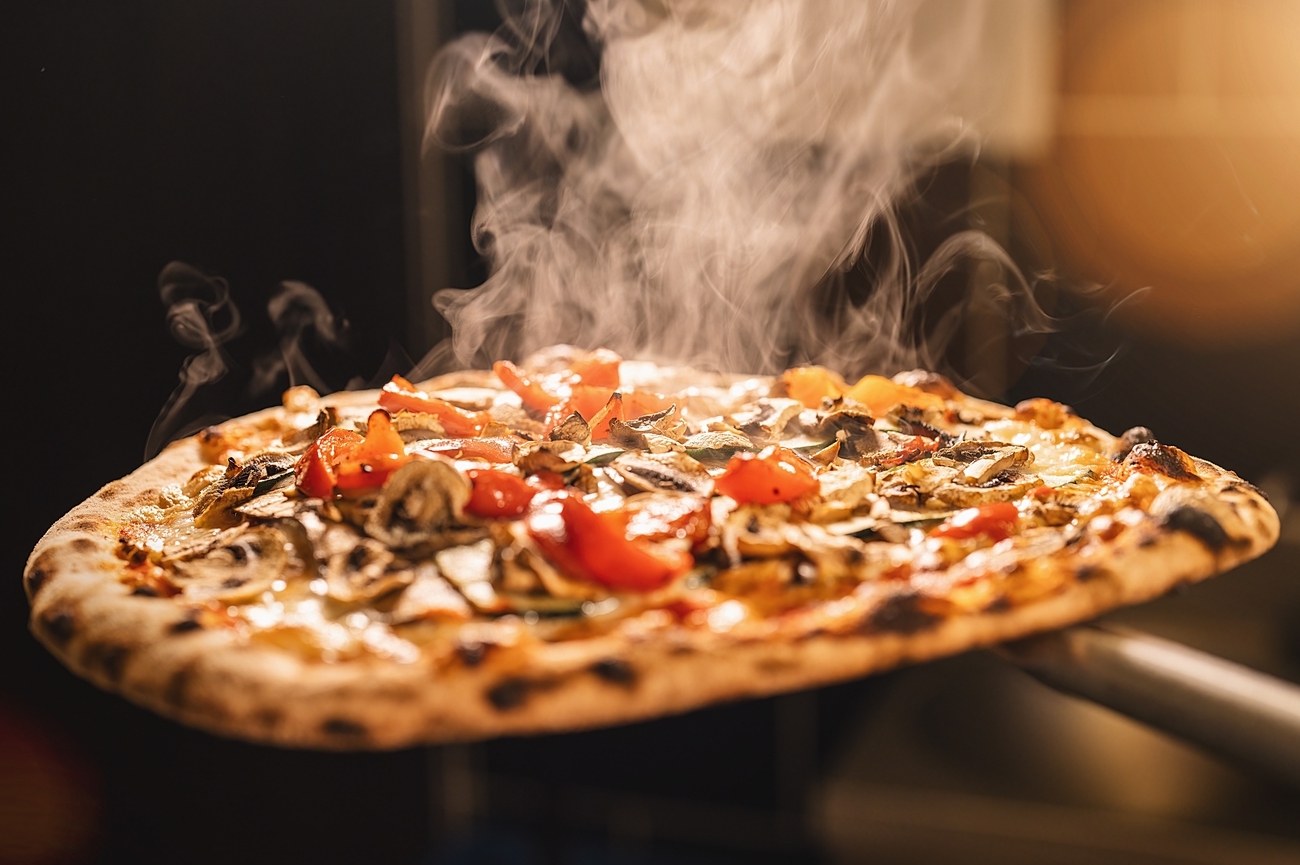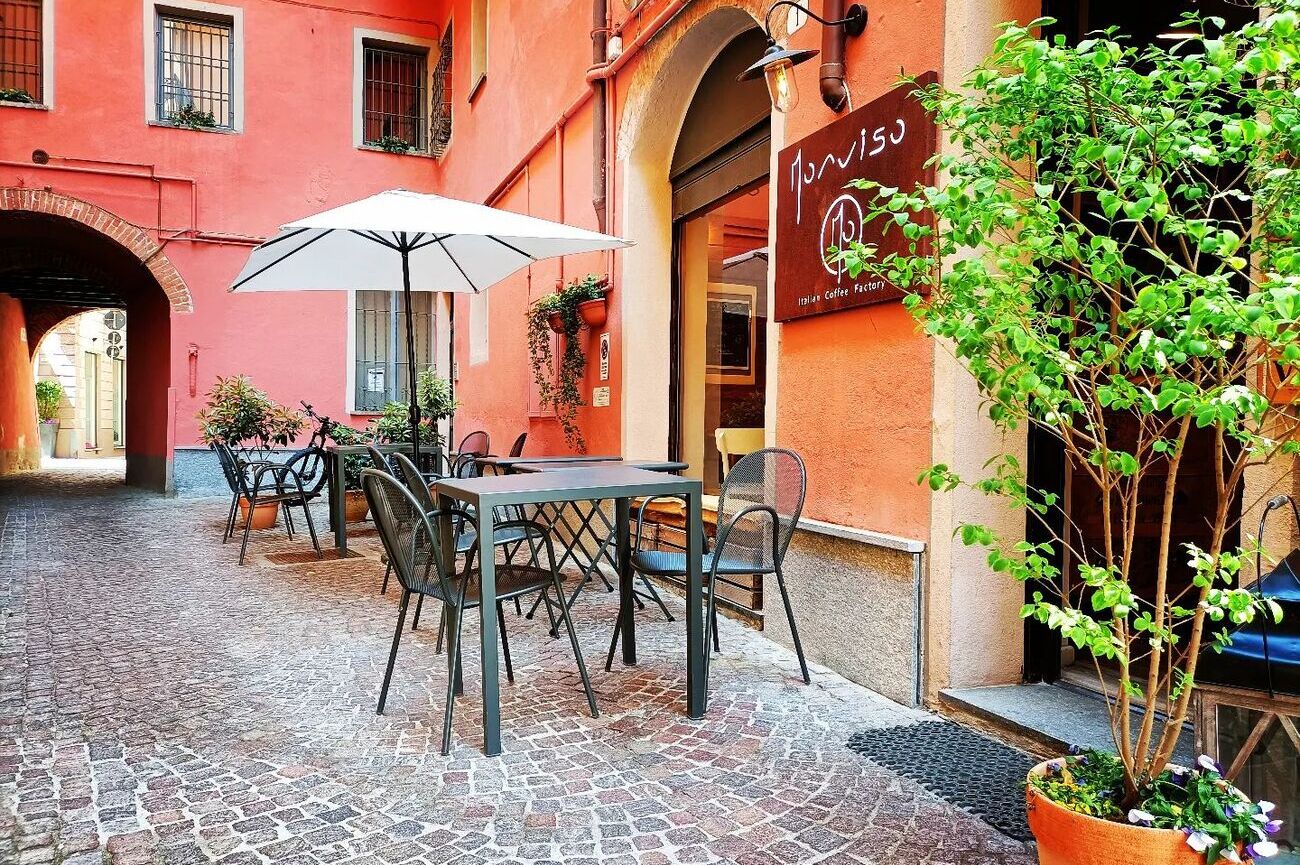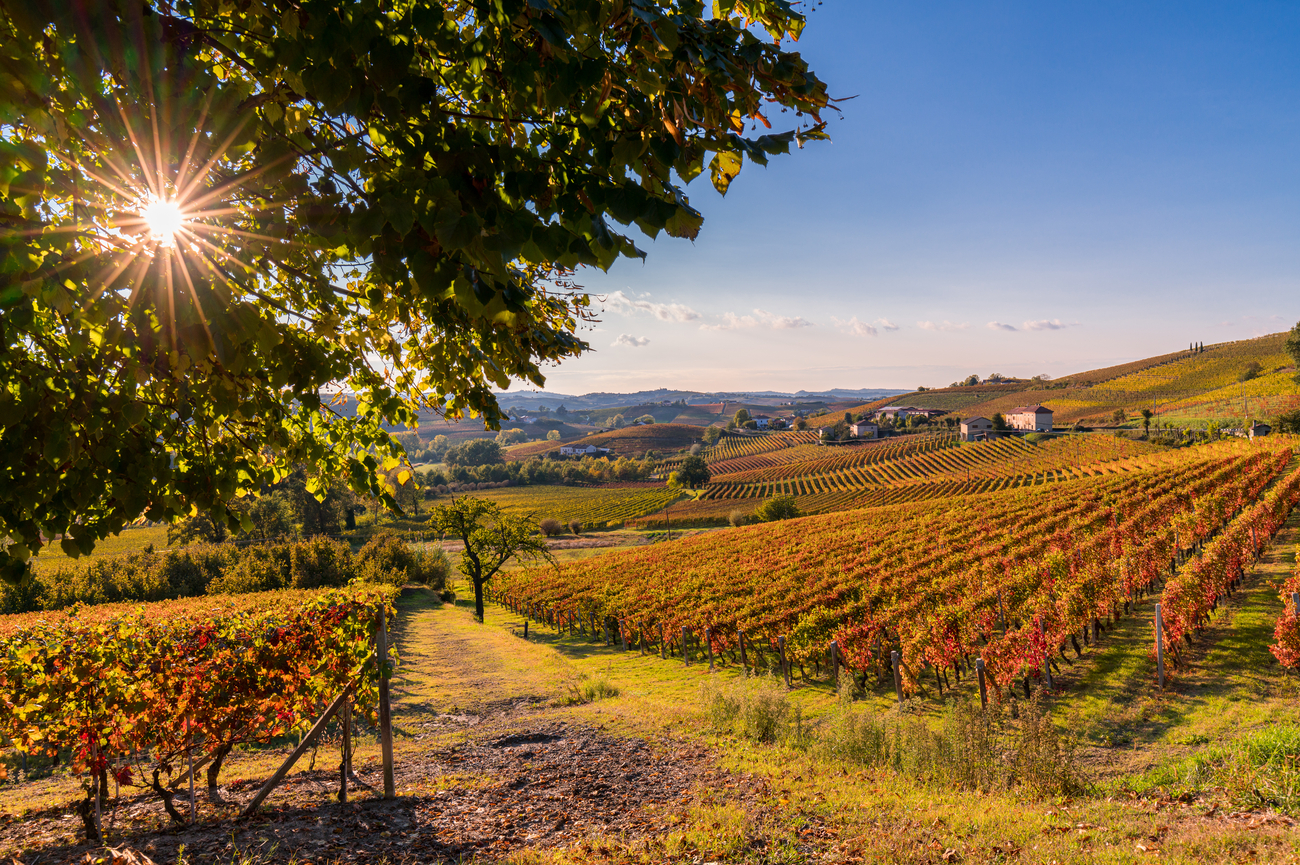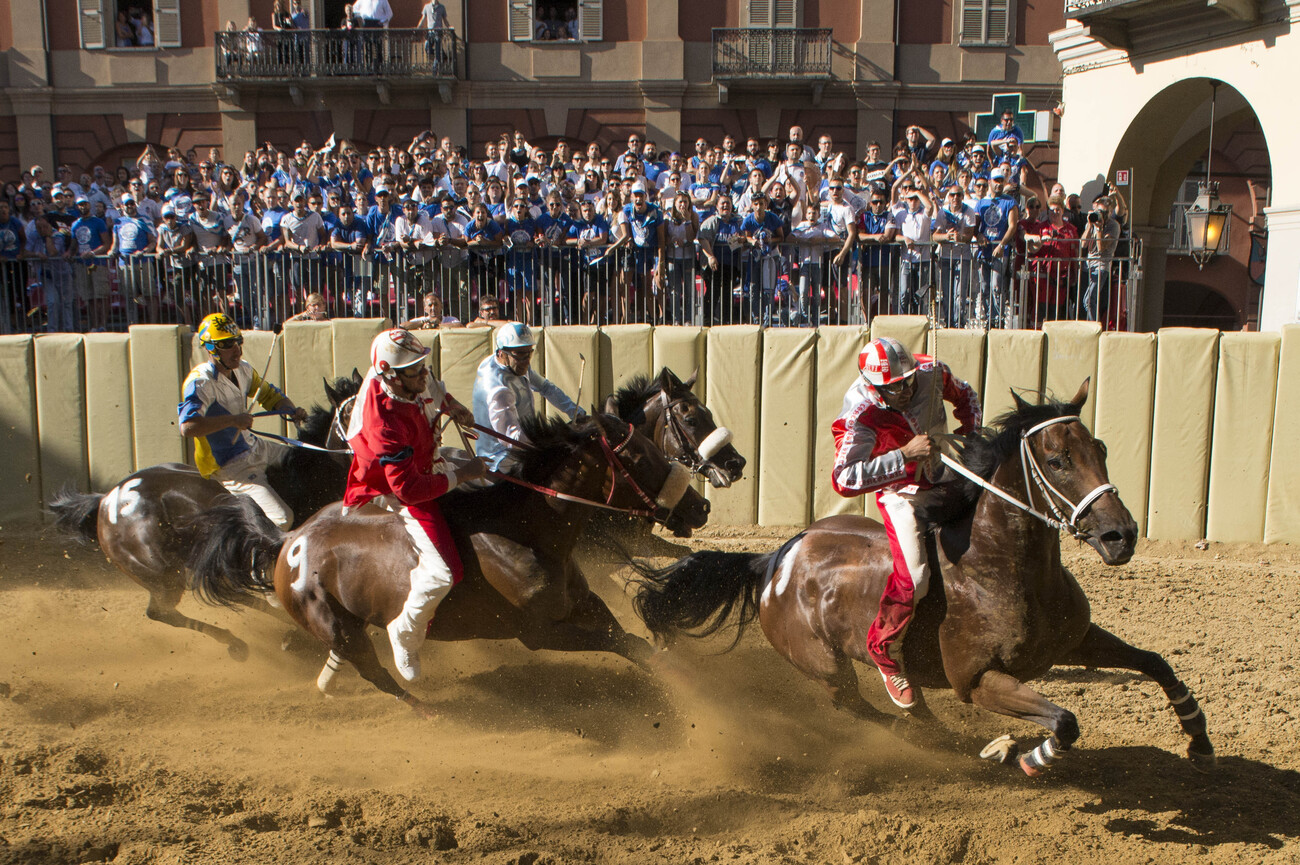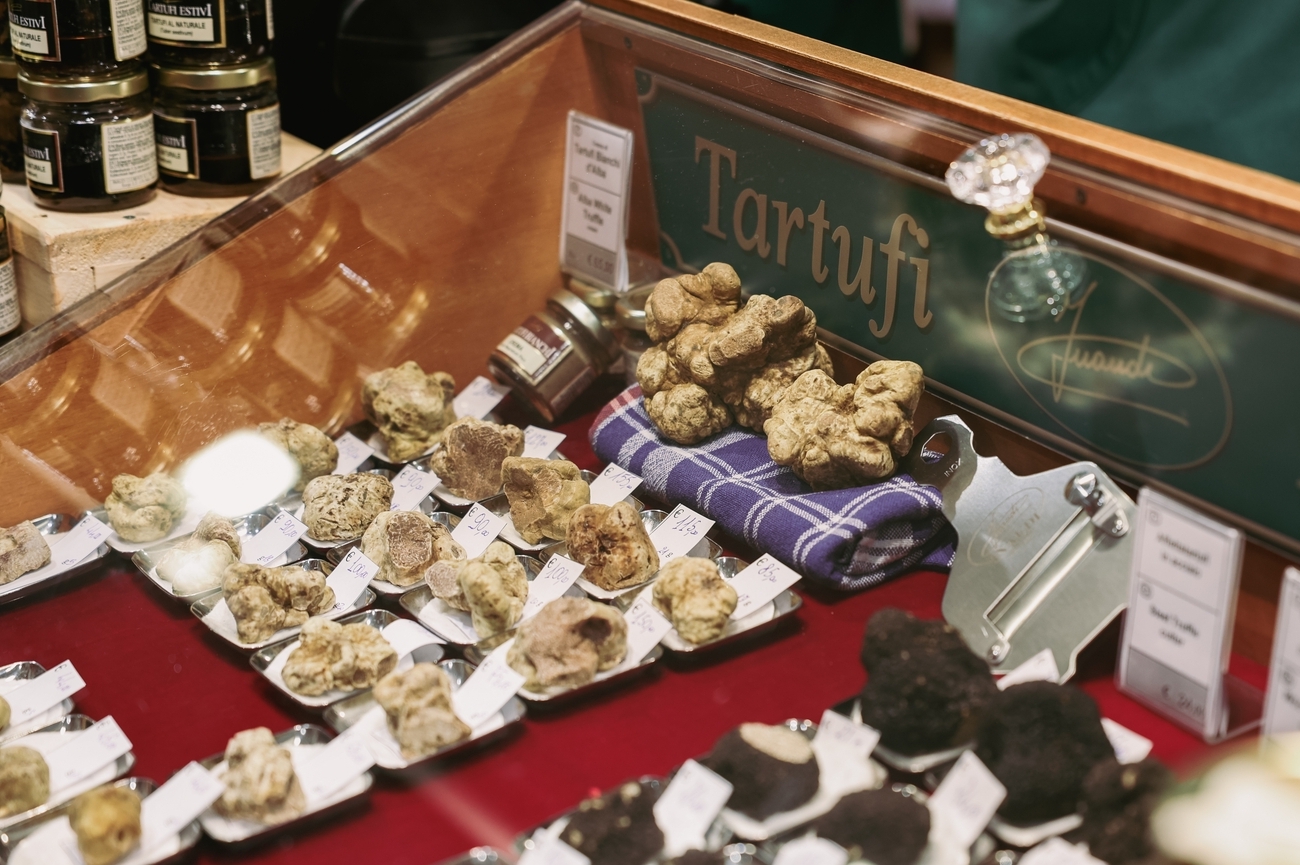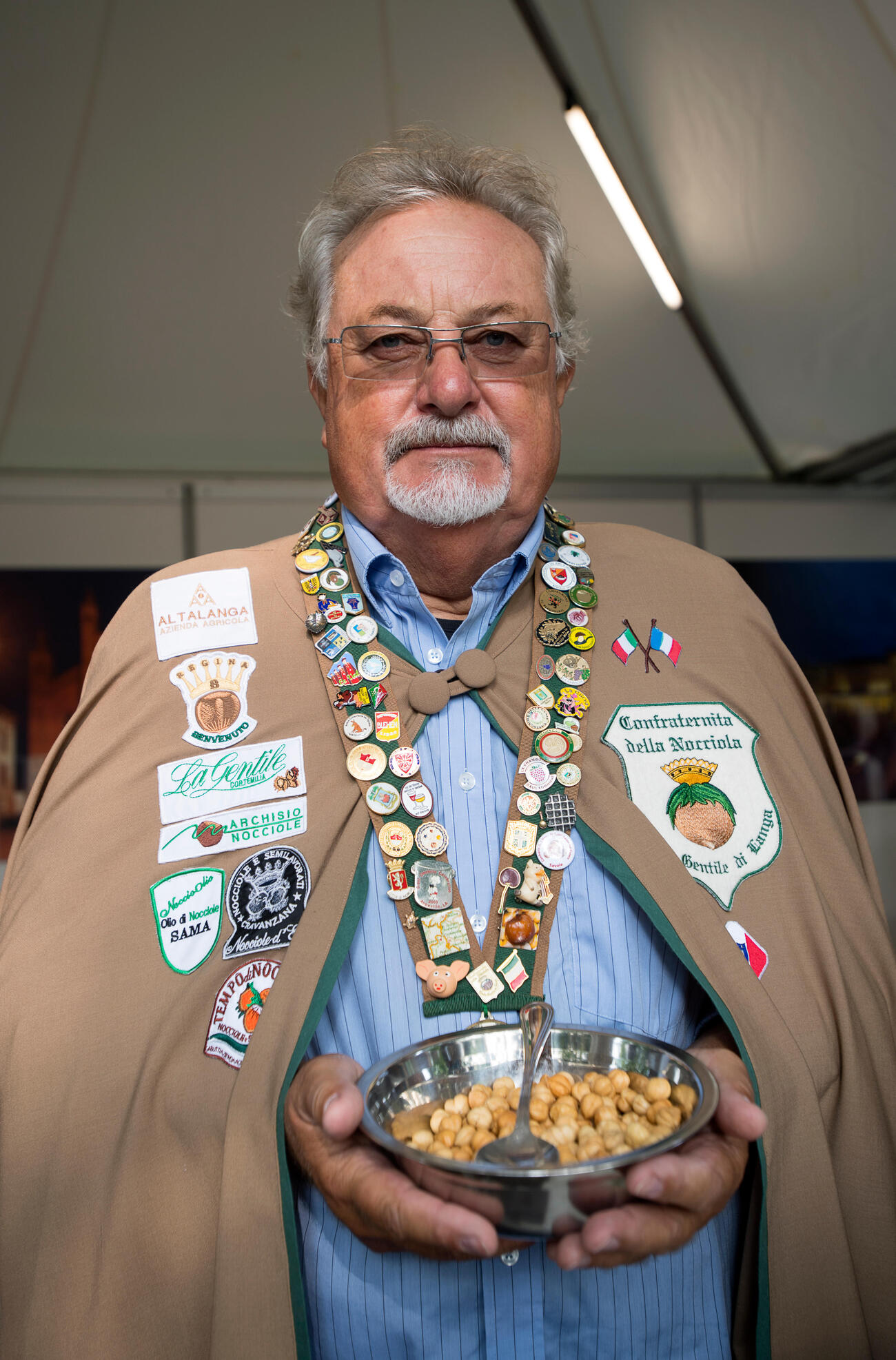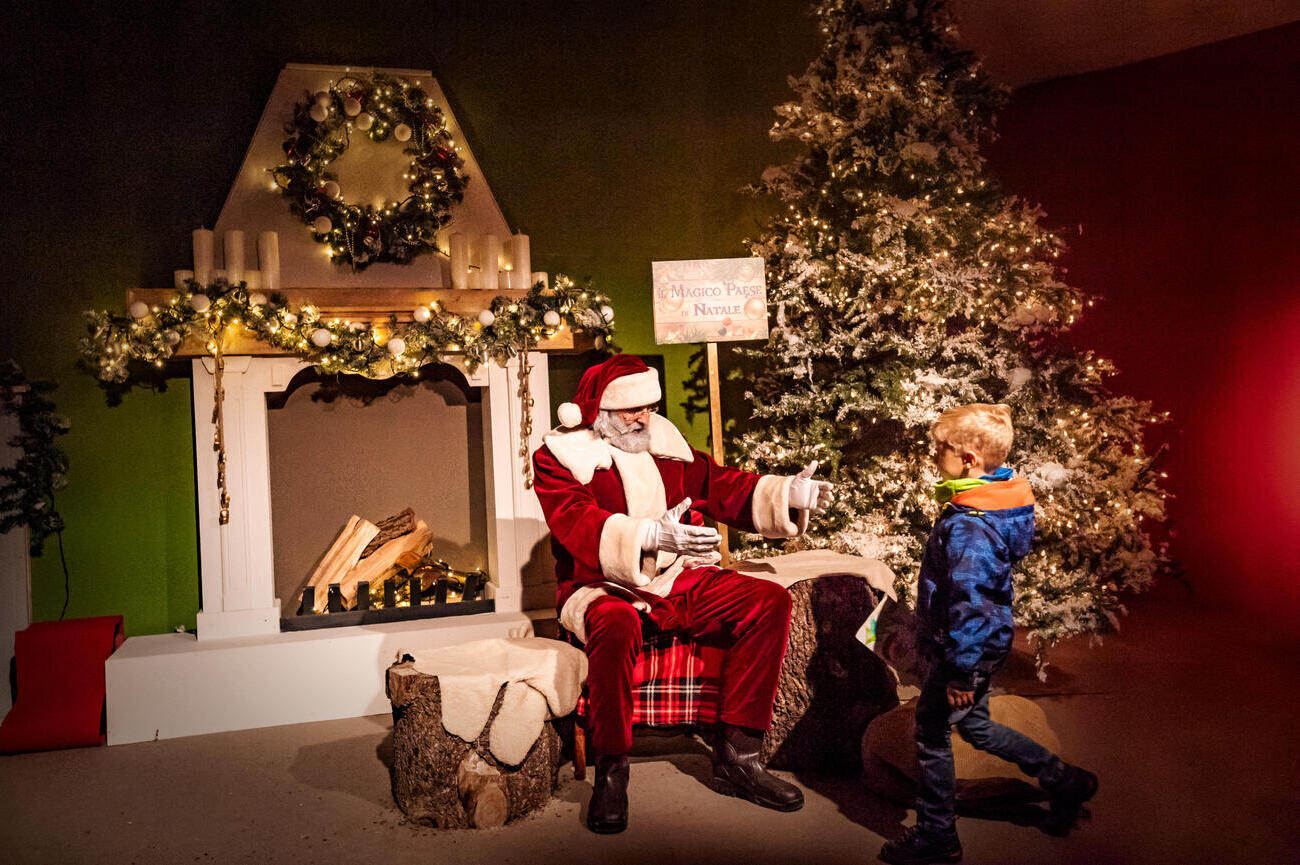Things to Do in Piedmont: 5-Day Itinerary
There’s something dangerously charming about Piedmont.
One minute you’re sipping Barolo under the sun, and the next you’re standing slack-jawed in front of a royal palace, wondering if it’s too late to inherit a title. It’s a region that doesn’t just whisper “dolce vita.” It serves it up on a silver platter with a side of truffle and a view of the Alps.
Piedmont doesn’t scream for attention the way some places do. No neon signs. No loud influencers with drones buzzing overhead. Instead, it’s that effortlessly cool friend who walks into a room, says nothing, and somehow owns the place. Between its vineyard-wrapped hills, jaw-dropping Baroque gems and lakes so calm, Piedmont has a sneaky way of reshaping what a truly unforgettable trip feels like.
This isn’t the Italy of postcard clichés and tour bus stampedes. This is Piedmont. This is where castles aren’t just for fairy tales, wines age better than some skincare routines and sunsets have a nasty habit of making you cancel your flight home. You will be walking its cobbled lanes, tripping over its beauty (literally, on uneven stone streets) and falling head over heels more times than you’d like to admit.
So, yes. Trust us: Piedmont has the kind of magic that lingers long after you’ve left. And because you deserve to see it properly, not just hopscotch through the highlights, we’ve put together a 5-day high-end itinerary that captures the region’s finest spots in one glorious swoop. Buckle up. The good kind of trouble starts here.
Day 1

Morning: Piazza Castello
Every great love story with Turin starts here. Piazza Castello isn’t just a square, it’s the city’s living room, royal court and stage for centuries of drama all rolled into one.
This is where marble meets monarchy and where history insists on making a grand entrance. It is anchored by the Palazzo Reale, the Palazzo Madama and arcaded walkways that seem to stretch into another era.
Stroll through the square and it’s easy to spot why kings, queens and the occasional philosopher liked to linger. The air hums with stories: royal balls, political whispers and maybe a scandal or two polished away by time. The best way to experience it? Lean into the grandeur. Whether it’s the crisp morning light spilling over the palace facades or the golden hour glow setting the statues ablaze, Piazza Castello has mastered the art of making an entrance. It’s not a bad way to begin a love affair with Piedmont.
Palazzo
Reale di Torino
Good news: there’s no hiking, no sprinting, and no dramatic taxi rides. From Piazza Castello, the Palazzo Reale is just a casual one-minute walk. Technically, you’re already looking at it, the royal family didn’t exactly do subtle.
Behind those elegant iron gates is a palace that’s less “house” and more “statement piece.” Built in the 17th century, the Palazzo Reale was the official residence of the House of Savoy. The interiors are a masterclass in grandeur: frescoed ceilings, velvet-draped halls, and staircases that practically demand dramatic entrances. And let’s not forget the Armeria Reale (Royal Armoury) tucked inside, where centuries-old swords and gilded armor make medieval history look suspiciously glamorous.
And now, let’s talk tours. There’s a one-hour guided experience perfect for individuals who want to glide through the Representative Apartments without feeling rushed. You’ll wander past lavish furnishings, grand tapestries, intricate vaults and sculptures that make modern décor look like a group project.
Cattedrale di San Giovanni
Battista
From the Palazzo Reale, the Cattedrale di San Giovanni Battista is a 1-minute walk. Yes, literally just around the corner. The cathedral stands gracefully at the edge of Piazza San Giovanni, a little quieter than its flashy neighbor, but no less iconic.
Built between 1491 and 1498, this Renaissance beauty is Turin’s only cathedral, dedicated to Saint John the Baptist, the city’s patron saint. Don’t let the simple white marble façade fool you; the magic is in the details. Inside, you’ll find a symphony of arches, soft light and elegant frescoes that make the space feel both sacred and surprisingly cinematic. But the real headliner? The Chapel of the Holy Shroud, home to the Shroud of Turin. This is one of Christianity’s most enigmatic relics. Even if you’re not particularly religious, the sheer weight of history here is enough to make anyone pause and just… breathe.
Mole
Antonelliana
From the Duomo di San Giovanni Battista, the Mole Antonelliana is about a 12-minute walk, just enough time to let your legs reset before your jaw drops again. Then, just as you turn onto Via Montebello, it appears, the Mole. Tall, proud and impossible to miss.
The Mole Antonelliana has become Turin’s most iconic landmark. Its soaring spire dominates the skyline, standing at 167 meters and the architecture is the kind of eccentric brilliance that makes you stop mid-step. Inside, the real surprise is how modern it feels. It houses the National Cinema Museum, an absolute playground for film lovers, packed with interactive exhibits, vintage props and clever nods to the golden age of cinema. The interior spirals dramatically upward, making every angle a scene worth framing.
The tours here let you go beyond the ground floor spectacle. A panoramic lift whisks you up to the observation deck, where Turin spreads out like a cinematic masterpiece with the Alps on the horizon and terracotta rooftops below.
Afternoon:
Museo Egizio
From the Mole Antonelliana, it’s about a 10-minute walk to Museo Egizio. Turin marries history here and the moment you step inside, the vibe shifts from “Italian grandeur” to “Pharaoh-level drama.”
This isn’t just any museum. It’s the second-largest collection of Egyptian antiquities in the world, right after Cairo. The place is stacked with millennia-old wonders: statues of gods and goddesses, perfectly preserved sarcophagi and entire tombs that look like they time-traveled. Every gallery unfolds like a plot twist. One moment, hieroglyphics, the next, a colossal statue of Ramses II, making you feel delightfully tiny. For a richer experience, guided tours are available and worth every second. A standard visit takes about two hours, but private tours unlock more than what’s written on display cards.
Piazza
San Carlo
Piazza San Carlo is elegant square in Turin’s unofficial living room, the place where history, style and a little bit of drama come out to play. Nicknamed the “drawing room” of the city, it’s framed by arcaded buildings so symmetrical that it almost feels like they were built just to impress your camera roll.
When the Savoy family decided their capital deserved a proper stage. Two mirror-image churches, Santa Cristina and San Carlo Borromeo, anchor the southern end, while in the center stands the bronze equestrian statue of Emanuele Filiberto. And for a more elevated experience, guided walking tours of Turin often weave Piazza San Carlo into their routes, highlighting its role as the city’s social hub.
Galleria
Subalpina
From Piazza San Carlo, it’s a quick 2-minute walk to one of Turin’s most charming secrets.
The Galleria Subalpina was built in the late 1800s. It wasn’t meant to blend in. It was meant to dazzle. Back then, it was where Turin’s well-heeled strolled in their finest coats and honestly, the place hasn’t lost an ounce of its theatrical flair. Every marble tile and wrought-iron flourish hums with old-world elegance, but it’s not frozen in time. Bookshops, artisan boutiques and cafes still thrive here, tucked under balconies that have witnessed a century’s worth of whispered conversations.
Evening:
Piazza Vittorio Veneto
A 10-minute walk will take you to Piazza Vittorio Veneto. The light gets that golden, cinematic quality and Turin seems to sigh in contentment.
The square stretches wide, framed by arcaded buildings that stand like well-dressed guests at a ball. But the real trick is how it leads your gaze without you even noticing. One moment, you’re taking in the symmetry and the next, your eyes are locked on the Ponte Vittorio Emanuele I. Beyond it, the Mole Antonelliana gleams softly, like Turin’s way of saying, “Good evening. Then there’s the River Po, just at the piazza’s edge, catching the lights of the city like a velvet ribbon scattered with gold. It’s an effortless kind of elegance.
Monte dei
Cappuccini Viewpoint
Turning your gaze from Piazza Vittorio Veneto, it’s about an 8 to 10-minute walk uphill to Monte dei Cappuccini.
Perched on this small hill is the Church of Santa Maria al Monte dei Cappuccini, built by the Capuchin friars in the late 16th/early 17th century. The terrace offers one of Turin’s most breathtaking panoramas with the Mole Antonelliana skyline, the bends of the river Po, roofs turning terracotta under dusk light and the Alps faintly outlined in the haze. And just like that, Day 1 wraps up on a high note, literally.
Day 1 -
Piedmont
Tour Map
Day 2

Morning: Belvedere
di La Morra
Day 2 starts strong or should we say high. From Turin, it’s about a 1-hour scenic drive to La Morra. he city slowly gives way to rolling vineyards, winding country lanes and that kind of sunlight that makes everything look like it belongs in an Instagram reel.
The La Morra Viewpoint is a quiet terrace overlooking neat rows of vineyards, medieval villages tucked in the folds of the hills and the Alps standing guard in the distance. The air is fresher up here, the pace slower and the view? Well, let’s just say it doesn’t need a filter. This hilltop village has been around since the 12th century and the viewpoint offers a glimpse into why people have never really wanted to leave.
Many luxury tours build La Morra into their itineraries for good reason. Private guides can arrange early-morning visits before the day-trippers arrive, often with exclusive tastings at nearby vineyards or intimate storytelling about the region’s winemaking heritage. If you want to go all out, some tours even offer hot air balloon rides at sunrise.
Barolo
Village
From La Morra Viewpoint, it’s just a 10-minute drive to Barolo Village. One minute you’re surrounded by endless rows of vines, and the next, a medieval hilltop village appears like the grand reveal of a well-timed plot twist.
Barolo is small but mighty. Cobblestone streets weave through stone buildings that have aged like fine Nebbiolo, and the scent of grapes and oak seems to follow you everywhere. And there are plenty of stops here that would make up your morning scenery.
WiMu Museo del Vino a Barolo
From the cobblestone heart of Barolo Village, the WiMu Museo del Vino a Barolo is just a short walk up the hill. Housed inside the Castello Falletti di Barolo, this isn’t your run-of-the-mill museum where you just stare at dusty artifacts. It’s an immersive love letter to wine, staged inside a medieval castle that has seen centuries of vintages come and go.
WiMu takes the story of wine and flips it on its head, Exhibits wind through the castle’s rooms like a narrative, tracing wine’s journey from ancient rituals to modern elegance. There’s poetry etched on walls, dramatic lighting, interactive installations and vaulted cellars that still smell faintly of oak barrels and time. It’s clever, it’s unexpected and it makes you want to pour yourself a glass of something bold the second you step out.
Afternoon:
Marchesi di Barolo Estate
Just when you think Barolo couldn’t possibly get any more enchanting, you’ll find yourself standing before the Marchesi di Barolo Estate. This is a legendary name in Italian winemaking. Founded in the early 19th century, this historic estate is more than just a vineyard; it’s the birthplace of Barolo wine as we know it today.
The tour is designed like a storybook that unfolds with every room. First, you’ll step into their ancient cellars. It is cool, dimly lit and lined with towering Slavonian oak casks. Then comes the production area, where old-world methods meet modern precision. But the true highlight? The tasting experience. Whether you opt for a classic flight or a more premium tasting, each sip is a masterclass in terroir. Here, you’ll get to experience the full-bodied, elegant and laced with the distinct Nebbiolo character that put Piedmont on the world wine map.
Castello di Grinzane Cavour
Two castles in one day? Now that’s what we call living la dolce vita with a royal twist. After swirling your way through Barolo, it’s time to trade oak barrels for turrets and panoramic views at Grinzane Cavour Castle.
Perched on a vine-draped hill like something straight out of a fairytale that grew up, got a sommelier certification, and learned fine manners, this 13th-century fortress is more than just pretty stone walls. It’s a UNESCO World Heritage Site that once belonged to Camillo Benso, Count of Cavour. This man is one of Italy’s founding fathers and a man with impeccable taste in both politics and Nebbiolo.
Inside, the castle houses a museum dedicated to the region’s winemaking traditions, as well as rare vintage bottles that could make any wine collector weak in the knees. But here’s the plot twist: the real showstopper isn’t just inside. Step onto the terrace and you’ll get a 360-degree view of the Langhe hills so cinematic it could easily be the closing shot of an Oscar-worthy film.
Torre di Barbaresco
If castles are the main course of the day, then the Torre di Barbaresco is the cheeky dessert that shows up with flair. Just a short drive from Grinzane Cavour, this 36-meter-tall tower doesn’t just stand there looking pretty, it owns the skyline.
This tower once served as a medieval lookout. Today, it’s the best place to admire the Langhe’s vine-covered hills in all their sun-kissed glory. As you ascend floor by floor (or take the lift, if you prefer your panoramas without the cardio), the landscape slowly unfolds until, bam, you’re at the top with a front-row seat to one of Piedmont’s dreamiest views. And here’s where it gets even better: there’s a wine-tasting space inside, because of course there is.
Evening:
Alba Historic Center
From Barbaresco Tower, it’s just a breezy 15-minute drive to the heart of Alba. This isn’t the kind of place that screams for attention. It just… exists beautifully and lets you do the swooning.
The streets hum softly in the evening. Romanesque churches stand shoulder to shoulder with Baroque details, whispering centuries-old secrets. And then there’s the scent, faint but distinct, of truffles in the air, the culinary signature of this little gem in the Langhe. If you lean into it, you’ll find yourself wrapped in a very particular kind of magic which are equal parts elegance and earthiness.
Via
Vittorio Emanuele II
Just a short, easy stroll from Alba’s historic center, Via Vittorio Emanuele II is two gently winds down. It’s not loud or over the top; it’s the quiet confidence of a place that’s been charming people for centuries.
The avenue is where locals and travelers alike drift through with that unhurried gait that only beautiful evenings can inspire. The street traces the city’s Roman roots, but its soul lies in its effortless blend of old-world charm and modern energy.
If you’re in the mood to add a little something extra, there are private guided evening strolls that highlight Alba’s architectural evolution, from medieval bones to Belle Époque beauty. It’s also the best stretch to browse boutiques, peek into historic arcades and soak in the easy elegance that defines this town.
Day 2 -
Piedmont
Tour Map
Day 3

Morning: Cattedrale di Asti
From Alba, it’s about a 30-minute scenic drive to Asti. The cathedral sits right at the heart of the city, rising elegantly over the old town like it’s been waiting for you all along. And honestly, it kind of has. This is one of Piedmont’s most beautiful Gothic churches.
Asti Cathedral’s striped brick-and-stone façade looks like something straight out of a medieval love letter, with delicate rose windows and intricate carvings that tell centuries of stories without needing subtitles. Step inside and the hush wraps around you. It is a mix of fresco-covered ceilings, soft light streaming through stained glass and echoes of history that refuse to fade.
Piazza
San Secondo
From Asti Cathedral, it’s an easy five-minute stroll through the old town’s cobbled streets to reach Piazza San Secondo. And the closer you get, the louder the energy hums.
Anchoring the square is the Collegiate Church of San Secondo, a red-brick beauty dedicated to Asti’s patron saint. Around it, open-air cafés and gelaterias spill onto the pavement, creating the perfect mix of sacred and social. There’s something timeless here. And if you want to elevate the experience, guided tours are available that peel back the square’s layers. You’ll hear stories of medieval fairs, local legends and the city’s proud Palio tradition. Or skip the structure entirely and claim a cafe chair for yourself.
Torre
Troyana
This is Asti’s unmistakable skyward exclamation point. The tower rises above the old town like it’s got something important to say, and trust, it does. At 44 meters tall, it’s one of the best-preserved medieval towers in Piedmont and a cheeky reminder that long before skyscrapers.
Built between the 12th and 13th centuries, Torre Troyana once served as a status symbol for Asti’s powerful families. Think of it as medieval real estate bragging rights. If you had the tallest tower, you were basically the neighborhood boss. A climb up the 199 steps leads to a panoramic view that’s pure postcard material: terracotta rooftops, church spires, vineyards rolling into the horizon and the gentle hum of Asti life below.
Afternoon:
Casale Monferrato Cathedral
From Torre Troyana, it’s about a 45-minute scenic drive through rolling Piedmont hills to reach Casale Monferrato, where the Cattedrale di Sant’Evasio waits like a grand old soul with impeccable posture.
This cathedral isn’t just another pretty church. It’s a heavyweight in Piedmont’s sacred architecture. Originally founded in the 12th century, the structure blends bold red bricks, sculpted portals and delicate mosaics in a way that makes art historians go weak at the knees. Step inside and it’s a sensory ambush: golden light filtering through stained glass, frescoes wrapping the walls like whispered prayers and a crypt that hums with the quiet weight of centuries. And for those who like their history with a polished touch, private tours can unlock sections of the cathedral often overlooked by the casual passerby.
Jewish Community of Casale
Monferrato
From the cathedral, it’s a short and pleasant five-minute walk to one of Casale Monferrato’s most unexpected gems, the Jewish Synagogue.
Built in 1595, the synagogue is a masterclass in understatement meeting grandeur. Elaborate stucco work, gold accents, hand-painted ceilings and intricate chandeliers fill the space with a kind of whispered opulence. It’s one of the oldest and most beautiful synagogues in Italy, and it wears its history with quiet confidence rather than loud fanfare.
Sacro
Monte di Crea
Perched atop a gentle hill, Sacro Monte di Crea feels like a hidden jewel waiting to be discovered. Vineyards and forests stretch around it, and the quiet hush of the place invites you to slow your pace and take it all in.
The complex is made up of 23 chapels, each filled with terracotta sculptures and frescoes illustrating the life of the Virgin Mary. Every step along the forested paths reveals artistry and devotion that have been preserved for centuries.
Evening:
Piazza Alfieri
From Sacro Monte di Crea, it’s roughly a 25-minute drive back to the heart of Asti, rolling down gentle hills and vineyards as the city slowly reappears on the horizon.
The Piazza Alfieri is named after Asti’s own literary heavyweight, Vittorio Alfieri, whose statue presides like a proud host over cobblestones lined with neoclassical façades, delicate balconies and subtle architectural flourishes. Evening casts a warm glow over the piazza, the lamplight catching on shop windows and casting long, playful shadows. It’s a place where history and modern life mingle effortlessly, where the air hums with stories centuries in the making.
For those who like their sightseeing served with a side of exclusivity, private tours offer insider insights into Alfieri’s life, Asti’s medieval roots and the square’s role in local traditions and festivals. Some experiences even include access to historic arcades or quiet moments on balcony terrace.
Castello dei Marchesi del
Monferrato
To close Day 3 on a high note, it’s a short scenic drive from Piazza Alfieri to the Castello dei Marchesi del Monferrato, a UNESCO World Heritage Site. From this vantage, the Langhe and Monferrato regions stretch endlessly, the hills bathed in the soft glow of evening light. It’s the kind of view that makes you pause, breathe and appreciate every stop of the day. From castles to cathedrals to piazzas, the day has built up to this serene panorama.
Day 3 -
Piedmont
Tour Map
Day 4

Morning: Orta San Giulio Village
Orta San Giulio is a lakeside gem where cobblestone streets, pastel houses and the gentle lap of Lake Orta create a scene so picturesque it almost feels rehearsed.
The village winds around Piazza Motta, the heart of its historic center, with artisan boutiques, tucked-away cafes and centuries-old churches tucked into every corner. Across the water, Isola San Giulio rises like a jewel, its basilica and cloisters adding an air of serene mystique to the lake’s reflective surface. Every street and alley invites slow exploration, blending history, art and natural beauty effortlessly.
Private tours allow for a richer experience, guiding visitors through hidden alleys, historic churches and artisan shops. For those seeking a more indulgent touch, exclusive boat rides to Isola San Giulio provide quiet, intimate access to the island’s treasures while letting you take in the lake and surrounding hills in style.
Piazza
Motta
A short 5-minute stroll from the village entrance brings you straight to Piazza Motta, the heartbeat of Orta San Giulio. The cobblestones guide your steps and the soft clink of cafe cups mingles with gentle lake breezes as the square reveals itself, lively yet serene. ‘
Framed by pastel buildings, artisan shops and cafes spilling onto the streets, the square hums with a relaxed yet lively rhythm. Across the lake, Isola San Giulio rises like a jewel, its basilica and cloisters reflected in the water and creating a serene, almost cinematic backdrop. Wrought-iron balconies, subtle architectural details and tucked-away passageways reward careful eyes, turning even a simple stroll into a discovery walk.
Sacro
Monte di Orta
A gentle 10-minute walk uphill from Piazza Motta leads to Sacro Monte di Orta, a hilltop sanctuary that crowns the village with quiet glamour.
Founded in the late 16th century, the complex consists of 20 chapels adorned with frescoes and terracotta sculptures depicting the life of Saint Francis of Assisi. Each chapel is a small masterpiece, blending artistry and devotion in a way that turns the walk into a narrative journey. From the summit, the view across Lake Orta is breathtaking, with the island and surrounding hills stretching endlessly, a perfect frame for contemplation or a quiet pause.
There are luxury options that include early or late access to enjoy the sanctuary in peaceful solitude, letting the golden light of morning or evening illuminate the frescoes and the surrounding lake for an unforgettable experience.
Isola San
Giulio
From the base of Sacro Monte di Orta, a short speedboat ride carries you across Lake Orta to Isola San Giulio, a tiny island that packs centuries of history into just 270 meters around its perimeter.
The island’s Romanesque Basilica of San Giulio dominates the landscape, a masterpiece of architecture and devotion. While the monastery itself remains closed to the public, the island’s narrow streets, ancient walls and hidden corners reveal layers of history, from legends of Saint Giulio to the monastic life that shaped the place. Walking the 270-meter perimeter along the single road feels like a meditation.
Guided tours make the experience richer, providing historical insights, curious anecdotes and interpretations of the basilica’s art and architecture. Tours usually last around two hours. Luxury options can include private speedboat transfers, giving you the freedom to explore the island at your own pace and enjoy the serene surroundings without the crowds.
Basilica
di San Giulio
Once on Isola San Giulio, the Basilica di San Giulio stands as the crown jewel of the island. This Romanesque masterpiece exudes quiet authority, its stone walls and intricately carved portals hinting at centuries of devotion and artistry. The basilica has been a spiritual center since the 10th century and it continues to tell a story of craftsmanship and the island’s enduring significance.
Inside, the basilica surprises with its serene grandeur. Soft light filters through the windows, illuminating the nave and the delicate ornamentation, while the echoes of history resonate in the arches and columns. It’s a space that encourages slow observation, letting visitors appreciate both the artistry and the centuries of worship that have passed through its doors.
Via del
Silenzio
A short five-minute walk from the Basilica di San Giulio leads to Via del Silenzio. This is a serene path that circles the island and invites a slower, more contemplative pace.
This narrow, cobblestoned walkway is more than a scenic route. Lined with low stone walls, shaded by trees and punctuated with small plaques, it shares stories of the Benedictine monks, the monastery’s daily life and legends of Saint Giulio. Each corner offers fresh perspectives of the Romanesque basilica, the cloisters of the monastery and the shimmering waters below.
Evening: Lago d’Orta
As the day winds down, the Lago d’Orta offers the perfect stage for a lakeside evening. A gentle 5-minute walk from the village center brings you to the promenade.
The promenade stretches along the waterfront, lined with benches, small cafes and flowering planters, creating a relaxed yet elegant atmosphere. Swans glide gracefully near the shore and the distant silhouette of Isola San Giulio adds a magical backdrop to your stroll. The scene does shift with the light, from golden afternoon warmth to the soft glow of evening lamps.
Belvedere di Quarna, Lake Orta
The Belvedere di Quarna is definitely the way to cap off day 4. Belvedere di Quarna is a scenic viewpoint overlooking Lake Orta, offering breathtaking panoramic views of the surrounding hills and Isola San Giulio.
From here, the village, the lake, and Isola San Giulio stretch out below in a panorama that feels carefully painted by nature itself.
The overlook is a favorite spot for photographers and dreamers alike, where every angle frames the lake and the surrounding landscape like a living postcard. Benches and small viewing platforms allow for a quiet pause, letting the scenery sink in while the evening light softens the contours of the hills and village below. It’s a perspective that transforms the ordinary into the extraordinary, making the climb up entirely worth it.
Day 4 -
Piedmont
Tour Map
Day 5

Morning: Parco Nazionale Gran Paradiso
Day 5 kicks off with a breath of fresh alpine air at the Gran Paradiso National Park Entrance, a short drive from the nearest Piedmontese town that immediately swaps vineyards and lakes for soaring peaks and pristine wilderness.
Gran Paradiso is Italy’s first national park, established to protect the majestic ibex and the region’s rich biodiversity. From this starting point, hikers and nature lovers can explore a variety of trails, encounter crystal-clear streams, and enjoy panoramic views of the Alps. The park combines rugged beauty with tranquility, offering a chance to experience nature in a way that feels both untouched and intimately accessible.
Lago di
Ceresole
A 30-minute drive from the Gran Paradiso National Park entrance leads to Lago di Ceresole, a serene alpine lake tucked amidst towering peaks. The waters mirror the surrounding mountains so perfectly that it’s almost disorienting, as if the sky and the hills decided to swap places for a moment.
The lake is a haven for calm and reflection, where the only interruptions are the occasional ripple of water or the distant call of a bird. Walking along its shores, the combination of crystalline water, lush forests and mountain silhouettes creates a sense of serenity and timelessness. It’s not just a lake, it’s a natural gallery.
Afternoon:
Colle del Nivole
From the Lago di Ceresole, it’s about a 30-minute drive to Colle del Nivole, a high-altitude pass that delivers panoramic vistas of the Gran Paradiso massif and surrounding valleys.
Colle del Nivole is a photographer’s dream and a nature lover’s sanctuary. Jagged peaks, glacial remnants and sweeping alpine meadows stretch out in every direction, creating a sense of scale and serenity that feels almost cinematic. The altitude brings a crisp freshness to the air and the wide-open landscapes make it easy to pause and simply take in the grandeur of the Italian Alps.
Rifugio Savoia
About a five-minute scenic drive (or a breezy stroll if you’re feeling extra adventurous) from Colle del Nivolet, you’ll stumble upon Rifugio Savoia. This is a a mountain refuge that’s less “rugged outpost” and more “cozy alpine postcard brought to life.”
This historic hut sits right where sweeping meadows flirt with snow-dusted peaks at at 2,532 meters. Rifugio is the kind of spot where your latte comes with a side of jaw-dropping panoramas. The drive alone is part of the magic and luxury here doesn’t come in gold-plated doorknobs or butlers in tuxedos. It comes in the form of a sun-drenched terrace, crisp mountain air that wakes up your senses better than caffeine ever could and hot chocolate so decadent it deserves its own Michelin star.
Evening:
Lago Serrù Viewpoint
A quick drive from the Gran Paradiso Visitor Center drops you at Lago Serrù Viewpoint, where the Alps decide to put on a full-on show. The lake below acts like a mirror, reflecting jagged peaks, green meadows and patches of glacial sparkle, basically turning every glance into a “wait, is this real?” moment. The viewpoint is perfect for pausing mid-adventure, stretching your legs and letting the scenery do the talking. Birds swoop like choreographed dancers, mountain breezes give a gentle high-five and the lake’s reflection makes the whole scene feel like nature’s own Instagram filter. Even if your camera battery dies, your eyes won’t complain.
Ceresole
Reale Village Walk
Time to bring the curtain down on your Piedmont adventure with the Ceresole Reale Village Walk. A short drive from Lago Serrù, this little alpine gem sits snug at the foot of the mountains, offering the perfect mix of tranquility, history, and “just wow” moments.
Stroll through narrow streets lined with timbered houses, pop into tiny chapels and peek at stone fountains that have been gossiping with locals for centuries. Flower-laden balconies and artisanal touches make every corner Instagram-worthy, while the surrounding peaks stage a scenic encore that keeps the jaw-drop coming. Add in the gentle sound of streams and the occasional alpine bird solo and you’ve got a multisensory grand finale that’s equal parts serenity and delight.
And just like that, with cobblestones underfoot and mountains overhead, the 5-day Piedmont tour takes its final bow, leaving you with memories as crisp as the alpine air and as vivid as the village’s flower-filled balconies.
Day 5 -
Piedmont
Tour Map
Other
Things to Do in Piedmont
Piedmont struts in Northern Italy. The cities here know how to charm without even trying, serving that rare blend of elegance, history and subtle flex. Beyond the perfectly curated itinerary, there’s a whole buffet of experiences that deserve a spot on your travel bingo card. Whether it’s architecture, nature, culture or a bit of over-the-top indulgence, there’s no shortage of places to explore. Here are more must-visit gems to sprinkle into your Piedmont adventure:
- Gallerie d’Italia: The gallery is a full-blown stage where photography, contemporary art and Italian cultural identity take the spotlight. The building itself is a restored neoclassical bank, which adds to the museum’s character and atmosphere. It’s known for its clean, minimalist layout that allows visitors to move seamlessly from one collection to the next.
- Palazzina di Caccia di Stupinigi: Imagine building a “hunting lodge” and accidentally making it one of the most extravagant royal residences in Europe. That’s the Palazzina di Caccia di Stupinigi. Commissioned by the Savoy family, this UNESCO-listed Baroque marvel is dripping in gilded stuccoes, frescoed ceilings and halls where chandeliers reign supreme.
- Casa Fenoglio-Lafleur: If Piedmont had a fashion week for buildings, Casa Fenoglio-Lafleur would be front row. This architectural gem is a glowing example of Art Nouveau style with its floral ironwork, soft curves and pastel tones that feel plucked out of a Belle Époque dream. Built in 1902 by architect Pietro Fenoglio, it stands proudly as one of Turin’s most photographed facades.
- Palazzo Madama: Palazzo Madama started as a Roman gate, turned medieval fortress, blossomed into a Baroque palace and now lives on as a museum of ancient and decorative arts. Every floor tells a different chapter of Piedmont’s past, from Roman artifacts to Renaissance sculptures.
- Royal Palace of Turin: Once the beating heart of the Savoy dynasty, the Royal Palace is a masterclass in royal taste. It’s a labyrinth of gilded salons, mirrored halls and marble staircases so elaborate they almost demand applause. Oh, and the armory alone is a spectacle with centuries-old swords, armor and ceremonial weapons.
- Special Reserve of Sacro Monte di Crea: Perched on a hill in Monferrato, this UNESCO World Heritage site is soul-stirring. The Sacro Monte di Crea is part sanctuary, part art gallery, part hiking trail. The sanctuary itself dates back to the 16th century, surrounded by 23 chapels decorated with intricate terracotta statues and frescoes that narrate biblical stories. Add panoramic views of the rolling Piedmont hills and you’ve got a quiet escape with a view that humbles even the loudest Instagram filter.
- Novara: A cultural and shopping hub that blends old-world charm with modern energy. Novara’s neoclassical heart hides elegant boutiques beneath its arcades, while the Basilica di San Gaudenzio and its soaring cupola by Antonelli bring architectural drama to the skyline. The city balances culture and commerce beautifully. Its museums, refined cafés and bustling markets make it an easy detour for those craving a taste of urban Piedmont beyond Turin.
- Biella: At the foot of the Alps, Biella is where textile heritage meets natural beauty. Once famed for its wool mills, the town now thrives as a centre for fashion outlets and artisan workshops. Its medieval Piazzo district hums with quiet charm, while the nearby Oasi Zegna nature park stretches into alpine serenity. It is a place that seamlessly stitches together creativity, craftsmanship and the call of the outdoors.
- Verbania and Stresa: Along the western shores of Lake Maggiore, these towns complement Lake Orta with effortless grace. Stresa enchants with its Belle Époque villas, the Grand Hotel des Iles Borromées and easy access to the Borromean Islands — Isola Bella, Isola Madre and Isola dei Pescatori. Across the lake, Verbania charms with the Villa Taranto Botanical Gardens, elegant promenades and peaceful lake views. Together, they capture Piedmont’s refined lakeside spirit.
Day Trips from Piedmont
They say Piedmont has it all. But here’s the secret: the real magic also lies just beyond its borders. A few hours on the road (or a scenic train ride that would make any commuter jealous), and whole new worlds open up. These aren’t just side quests; they’re full-on main character moments waiting to happen.
- Cinque Terre: Five fishing villages cling dramatically to cliffs, like they’re in a friendly competition for “most photogenic coastal town.” You can expect winding alleys, gelato that hits differently when eaten by the sea and that Ligurian sun doing its best golden hour impression. Whether it’s hiking between villages or just parking on a terrace with seafood pasta, this day trip is a seaside plot twist Piedmont won’t mind sharing the spotlight with. The 3-hour trip from Piedmont is worth every scenic bend.
- Milan: A quick 1.5-hour train ride from Piedmont lands you in a city where every corner is a runway and every church a masterpiece. Beyond the glossy storefronts, this cultural powerhouse flaunts the UNESCO-listed Santa Maria delle Grazie, home to Leonardo da Vinci’s “The Last Supper.” Think of it as a day trip where haute couture meets Renaissance genius.
- Lake Como: Two hours from Piedmont, this lakeside escape is perfect for sipping an Aperol spritz with a view. Lake Como is the kind of place that doesn’t need a filter. Tucked between dramatic mountains and dreamy villas, it’s where tranquility and old-world glamour hold hands. Your trip to Italy should include taking a boat ride from Como to Bellagio.
- Aosta Valley: Two hours from Piedmont and suddenly, the Alps are practically giving you a hug. Aosta Valley is a treasure chest of Roman ruins, medieval castles, and jaw-dropping mountain views. One of its crown jewels is the Arch of Augustus, standing proudly since 25 B.C. This triumphal arch was built to celebrate Emperor Augustus’ victory over the Salassi tribe. And you can also pair that with the Aosta Cathedral.
- Genoa: A 2-hour ride from Piedmont brings you straight to its historic heart. Genoa has that cool “I’ve seen things” energy. Its Le Strade Nuove and the Palazzi dei Rolli are UNESCO-listed for good reason: they’re a living, breathing exhibition of 16th–17th century architectural flexing.
- Sacra di san Michele: Perched dramatically on Mount Pirchiriano like it was dropped there by a particularly theatrical angel, Sacra di San Michele is a full-on medieval power move. A one-hour journey from Piedmont lands right at the foot of this breathtaking abbey. Its “Stairway of the Dead” leads to the Porta dello Zodiaco, a jaw-dropping Romanesque portal that feels like stepping into a legend. This UNESCO World Heritage Site proves that some landmarks don’t just tell stories, they make you feel them.
Things to Do with Kids in Piedmont
Some places whisper “grown-ups only,” but Piedmont? It’s basically a playground with better wine for the adults. Beyond its elegant palaces and UNESCO World Heritage sites, this region knows how to keep the little ones busy and not the “are we there yet” kind of busy. Here, there are parks that feel like mini kingdoms and museums where touching isn’t a crime.
- Museo Egizio: One of the world’s oldest Egyptian museums isn’t just for Indiana Jones
wannabes; it’s a hit with kids too. Interactive exhibits, mummy tours and
child-friendly explanations make ancient history less dusty and a lot more
thrilling. There’s even a special kids’ trail to keep curious hands and
hyperactive feet entertained.
- Zoom Torino: Part zoo, part safari park, part water park, this place is all in one. Kids can see giraffes, penguins and lemurs up close, then splash around at Bolder Beach during summer. There are also educational programs and feeding sessions that add a little learning to the fun.
- Piemont Railway Museum: All aboard the nostalgia express. This railway museum is paradise for train-loving kids (and secretly train-loving adults). Old locomotives, interactive exhibits and even short train rides make it a hit. Oh and have we mentioned climbing inside a vintage train car is encouraged!
- Museo Lavazza: Coffee museum for the parents, chocolate tastings and interactive rooms for the kids. While adults geek out over espresso history, younger explorers can run wild in the sensory exhibits and light installations. Bonus: the aroma alone makes everyone happy.
- Parco del Valentino: This is an all-ages wonderland. There’s space to run, bike paths for mini speed racers, fountains for water fights and a Borgo Medievale that looks straight out of a fairy tale. Parents can chill with a coffee by the Po River while the kids tire themselves out. A win for everyone.
- MACA - Museo A come Ambiente: This is where science fairs meet playground energy. Dedicated entirely to the environment, this interactive museum lets kids experiment, play and explore how the world works. Exhibits are hands-on, meaning yes, they’re actually allowed to push buttons here.
Golf Courses in Piedmont
There’s something about golf in Piedmont. Maybe it’s the way the Alps casually linger in the background, making every swing feel like it belongs on a magazine cover. Here, golfing isn’t just a sport; it’s an unhurried ritual. The region’s courses are carved into rolling vineyards, framed by medieval towns and designed with just enough bite to keep even seasoned players on their toes. It’s the kind where you slow down between holes and realize that every round here tells its own story.
- Golf Club La Margherita: Just a quick drive from Turin, La Margherita delivers that perfect blend of championship-level challenge and countryside charm. The 18-hole, par-72 course stretches over six kilometers of rolling fairways and carefully placed water hazards that love catching ambitious drives. Surrounded by the Langhe and Roero wine regions, it’s also dangerously easy to pair your round with a glass of Barolo afterward.
- Bogogno Golf Resort: With two 18-hole courses, Conte and Bonora, this spot gives players two completely different moods in one destination. The Conte course feels open and links-like with alpine views of Monte Rosa, while Bonora plays through parkland, woods and streams for a softer, more natural rhythm. It’s frequently ranked among Italy’s best and its facilities are as polished as its greens.
- Golf Colline del Gavi: Surrounded by vineyards and rolling hills, Colline del Gavi is the kind of course where a bad shot still feels poetic. With 27 holes split into three 9-hole loops, it’s built for variety. It’s also conveniently close to wine estates, so yes, your post-round celebration might involve a crisp Gavi white.
- Castelconturbia Golf: When Robert Trent Jones Sr. designs a course, it’s not just another patch of green. It’s a masterclass. Castelconturbia, with its 27 holes set against the Alps, is often listed among Europe’s most beautiful courses. Tall trees, gentle water hazards and elevation changes make this layout both strategic and scenic.
Race Courses in Piedmont
Piedmont celebrates horse races. This region has a long-standing love affair with equestrian traditions, blending stately tracks, adrenaline-pumping sprints and a hint of aristocratic flair. Families gather, locals cheer and the horses? They’re the real celebrities. From Turin’s historic ovals to tracks tucked in the countryside, Piedmont’s racecourses offer a perfect blend of tradition, thrill and beauty. Here are some of the best horse racing spots to gallop into:
- Ippodromo di Vinovo: The beating heart of Piedmont’s horse racing scene, Ippodromo di Vinovo is where elegance and adrenaline collide. This modern track specializes in trotting races and is a major stop on Italy’s racing calendar. The grandstand offers great views of the action, while the surrounding park gives families room to enjoy the event beyond the track. It’s also home to the Gran Premio della Lotteria trials.
- Ippodromo dei Fiori: This is a close favorite, just 1.5 hours outside Piedmont. For those who like their races with a seaside breeze, Ippodromo dei Fiori is a charming detour. It hosts flat and trotting races, often in the warmer month and is known for its welcoming atmosphere. The track is modern yet laid-back, which makes it ideal for travelers looking to mix horse racing with a bit of Riviera sunshine.
Vineyards in Piedmont
Piedmont is a love letter to wine. It’s the kind of place where time slows down… and the tannins do the talking. This is Barolo country, the land where Nebbiolo grapes reign supreme, Barbera holds its own and Moscato brings a playful sparkle to the glass. ‘
Unlike the crowded wine trails of other regions, Piedmont offers a more intimate, soul-stirring experience. It’s about stepping into elegant estates, chatting with winemakers who treat their craft like a legacy and tasting wines that don’t just pair with food. Here are some of the top vineyards in Piedmont that deserve a spot on every wine lover’s bucket list:
- Antiche Cantine Marchesi di Barolo: Marchesi di Barolo has been producing top-tier Nebbiolo wines since the 1800s, earning global acclaim for its rich, structured reds. Visitors can explore its underground cellars, taste their signature Barolo and Barbera and soak up the small-town charm of Barolo village. A must-visit for those who want to taste history in a glass.
- Cascina Sot: Small but mighty, Cascina Sòt is a family-run gem that focuses on quality over quantity. Known for its organic Barolo wines, this vineyard is a favorite among purists who appreciate meticulous winemaking. The tasting experience here feels personal and unhurried, often hosted by the owners themselves.
- Ceretto: Ceretto is where tradition and modern design collide in the best possible way. Known for its architectural showpiece, the Futuristic Glass Cube overlooking the vineyards, this estate is all about elevating wine to an art form. They’re famed for their Barolo and Barbaresco, as well as their commitment to sustainable agriculture.
- Abellonio: Tucked away on a hill overlooking Alba, this family estate is a cozy hideaway with breathtaking views of the Langhe hills. This vineyard is known for approachable yet elegant wines. Abellonio specializes in Barbera, Dolcetto and Nebbiolo and tastings often feel like sitting at a friend’s kitchen table.
- Fontanafredda: Fontanafredda is basically the grand chateau of Piedmont wine. Founded in 1858 by King Vittorio Emanuele II, this UNESCO-listed estate sprawls across 120 hectares and feels like stepping into a fairy tale… if fairy tales came with excellent Barolo and a Michelin-starred restaurant.
- Coppo Winery: One of the oldest family-run wineries in Italy, Coppo Winery is famed for its underground cathedrals. It is a UNESCO World Heritage Site carved deep into the tufa hills. This estate shines with its sparkling Moscato d’Asti and elegant Barbera. And walking through its centuries-old cellars feels like discovering a hidden world where wine has been aging gracefully for generations.
Michelin-Starred Restaurants
in Piedmont
Piedmont spoils travelers. This northern Italian region, already famous for its wines and truffle-filled hills, is also a heavyweight in the fine dining scene. With 34 Michelin-starred restaurants, it’s basically the culinary equivalent of striking gold, except the gold here comes in the form of velvety risottos, delicate amuse-bouches and Barolo pairings that could bring anyone to their knees. Here’s a taste of some of Piedmont’s Michelin stars that are worth planning your trip (and your appetite) around:
- Cannavacciuolo Le
Cattedrali Asti: With 2 Michelin stars, this elegant
restaurant is housed in a historic villa that looks like it’s been plucked from
a dream. Helmed by Antonino Cannavacciuolo, it’s where southern Italian flair
meets Piedmontese tradition in a symphony of flavors. Expect delicate seafood,
rich sauces and plating that feels more like.
- Villa Crespi: A proud bearer of 3 Michelin stars, Villa Crespi is the kind of place that makes gourmets weak in the knees. Nestled on Lake Orta, this Moorish-style villa is Cannavacciuolo’s culinary crown jewel. Each course is a masterclass in precision and emotion. And you are not only here for the food, the lake view is just the icing on the very luxurious cake.
- Cannavacciuolo by the Lake: With 1 Michelin star, this spot brings the relaxed elegance of Lake Orta to the plate. The dishes are as scenic as the view. Everything is light, fresh and meticulously crafted. It’s fine dining with a laid-back lake vibe, proving that elegance doesn’t always need to whisper; sometimes, it just sighs contentedly.
- Carignano: Carignano, holder of 1 Michelin star, mixes historic grandeur with sleek sophistication. Located in the Grand Hotel Sitea, it serves dishes that balance tradition and modernity, like perfectly cooked game, inventive pasta courses and desserts that feel like edible art installations. They serve egg caviar here and their fillet on smoked herbs is definitely a treat.
- Dolce Stil Novo alla Reggia: Perched inside the Reggia di Venaria palace, this one-star wonder is basically dining inside a royal daydream. The view of the gardens alone is worth a standing ovation. Chef Alfredo Russo crafts contemporary Italian plates. Just go ahead and try their feather-light pasta and perfectly balanced sauces.
- Piazza Duomo: The crown jewel of Piedmont’s dining scene. Piazza Duomo in Alba holds three Michelin stars and has earned every sparkle. Chef Enrico Crippa creates experiences, not just meals. His vegetable tasting menu is legendary, a symphony of colors and flavors. It’s avant-garde but rooted, as if the soil itself wrote the recipes. A must for any serious food lover.
Where to Eat in Piedmont
There’s a special kind of magic in Piedmont’s dining scene. It is one that lingers long after the last bite. Every table tells a story: of family recipes, vineyards stretching to the horizon and chefs who treat ingredients with the reverence of artists. Here’s where meals feel less like events and more like homecomings.
- Condividere: True to its name, meaning "to share," Condividere redefines convivial fine dining in Turin. Holding one Michelin star, it blends art, design and gastronomy in perfect harmony. The menu by chef Federico Zanasi, developed with Ferran Adrià’s team, offers creative Mediterranean dishes meant to be shared. Guests can expect a journey through Italian flavours, from refined seafood to inventive pasta, in a setting that celebrates connection and creativity.
- Mammà Isola di Capri: Bringing the spirit of Capri to the heart of Turin, Mammà Isola di Capri blends southern warmth with northern elegance. The restaurant radiates Mediterranean charm, offering dishes that celebrate the sea and sunshine in every bite. Expect vibrant flavours, fresh ingredients, and presentations that feel both effortless and refined. It’s a place where coastal tradition meets city sophistication, delivering a taste of Capri that feels as authentic as it is unforgettable.
- Da Iumén: Tucked away in Turin, Da Iumén is the kind of place that instantly feels like a local secret. Its atmosphere is relaxed yet full of character, where creativity meets comfort on every plate. Expect modern interpretations of Piedmontese classics, with bold flavours and seasonal ingredients taking centre stage. The plating is elegant without pretense, and every dish tells a story of craftsmanship and passion. Da Iumén might fly under the radar, but it’s exactly where true food lovers want to be.
- Ristorante Castello Santa Vittoria d'Alba: Set within the historic walls of a hillside castle overlooking the Roero and Langhe hills, Ristorante Castello brings tradition and elegance together. Expect classic Piedmontese flavours remixed with a fresh modern touch, stylish plating and a terrace view that steals the show. Warm, stylish and steeped in place, it’s a fine-dining experience with a generous dose of soul.
- Alessandro Mecca al Castello di Grinzane Cavour: Set inside the historic Castello di Grinzane Cavour in Piedmont, this restaurant by Chef Alessandro Mecca blends heritage with contemporary flair. The atmosphere is refined yet inviting, and every dish reflects a balance between precision and emotion. Expect elegant plates that reinterpret Piedmontese traditions with creativity, seasonal ingredients, and a clear sense of place — a dining experience where history meets innovation.
- Wema: In the heart of Turin, Wémá feels fresh, modern and alive. It’s the kind of restaurant that seems to hum with ambition. Expect sleek plating, playful flavor combinations and a menu that dances between tradition and experimentation. While it doesn’t have a star yet, everything about Wémá feels like it’s on the cusp of something big.
Where to Drink in Piedmont
Nights in Piedmont have their own rhythm. When the sun dips behind the vineyards and church bells give way to clinking glasses, the region reveals a side that’s equal parts suave and mischievous. From moody cocktail dens to wine bars that take “one more glass” a little too seriously, Piedmont’s nightlife knows how to charm. Here’s where you can get good drinks, good energy and good stories.
- Piazza Affari Cocktail Club: Located in the heart of Turin, Piazza Affari Cocktail Club gives after-hours a touch of luxury. Think sleek interiors, low jazz and cocktails that look too pretty to drink (but you’ll drink them anyway). It’s a place where the Old Fashioned isn’t just a drink, it’s a statement. Perfect for a night that starts slow and ends with laughter echoing down cobblestone streets.
- Il Carlino Ubriaco: Il Carlino Ubriaco translates to “The Drunk Little Pig,” and yes, it’s exactly as fun as it sounds. This spot has an old-world soul with a cheeky twist. Here, you’ll see shelves stacked with local wines, craft beers and cocktails that refuse to play it safe.
- Il Lampione Wine Bar: Wine is practically a second language in Piedmont and Il Lampione Wine Bar is fluent. Cozy, warm and delightfully rustic, it’s the ultimate stop for anyone who wants to sip their way through the region’s vineyards without leaving the city. Expect Barolo, Barbaresco and maybe a little flirtation with the bartender.
- Funkiglia: When the clock strikes late and the feet start itching to dance, Funkiglia answers the call. It’s a cocktail bar that moonlights as a dance floor, spinning funk, soul and everything in between. The vibe here is warm like where you can join in a group of friends and spend the rest of the night dancing with them.
- The Mad Dog Social Club: Hidden behind an unassuming door, The Mad Dog Social Club is Turin’s worst-kept best secret. It channels that 1920s speakeasy energy. Go and dress sharp, order something with bourbon and lean into the night.
Cafes in Piedmont
Some destinations show their soul through their architecture. Piedmont? It reveals itself through the aroma of freshly brewed coffee. Here, cafes are social stages, morning rituals and quiet corners where time politely slows down. Whether it’s an elegant historic cafe where writers once scribbled their masterpieces or a modern coffee lab serving beans with scientific precision, Piedmont’s coffee culture hits that sweet spot between tradition and innovation.
- Caffetteria Pino: This is the kind of café that feels like it’s been waiting for you. Caffetteria Pino has all the makings of a local gem. There are warm smiles behind the counter, espresso pulled with care and pastries that don’t just accompany your drink, they elevate it.
- ARTIFACT - Specialty Coffee is for those who take their beans seriously but still want their mornings to feel a little bit magical. This isn’t your standard cappuccino corner. Expect single-origin brews, a sleek and modern setup, and baristas who can talk about flavor notes like sommeliers. It’s a caffeine experience that feels as polished as a perfectly poured flat white.
- Orso Laboratorio Caffe: Orso Laboratorio Caffè isn’t just a café, it’s a temple of caffeine craftsmanship. Every cup is brewed with precision, every bean treated like gold. It’s playful yet exacting and it’s the kind of place where you can geek out over a pour-over or just quietly enjoy the best espresso of your trip.
- Monviso Italian Coffee Factory: For those who like their coffee scene a little less velvet curtain and a little more industrial chic, Monviso Italian Coffee Factory delivers. Think big windows, natural light and baristas who look like they belong in a fashion campaign.
Where to Stay in Piedmont
- Relais San Maurizio
(5 stars): Perched on a hill overlooking the Langhe
vineyards, this 5-star hotel is what fairy tales would look like if they came
with a wellness spa. This hotel is housed in a former monastery and it is a
sanctuary of elegance and silence. The Michelin-starred restaurant, Guido da
Costigliole, is a pilgrimage site for gourmands who love truffles and Barolo as
much as breathtaking views. You can indulge in a full-service spa with a salt
grotto, a heated indoor pool, an outdoor infinity pool overlooking the
vineyards and a wine cellar that would make any sommelier swoon.
- Castello di Guarene (5 stars): Castello di Guarene is a baroque masterpiece. This 5-star property marries royal grandeur with the soft hum of Piedmontese countryside. Frescoed ceilings, vintage chandeliers, and vineyard panoramas make it a romantic’s dream. Add in its fine dining restaurant and a spa carved into the rock beneath the castle.
- Hotel Victoria Torino (4 stars): A little whimsical, a little old-world chic, Hotel Victoria is a 4-star stay that feels like a secret garden in the city center. Guests love the elegant lounge, Victorian-inspired interiors and the hidden courtyard that’s perfect for quiet afternoons. The design of this hotel is 19th-century elegance and the vibe is perfect if you are seeking a soft landing after a long day of cobblestone wandering.
- Hotel NH Collection Torino Santo Stefano (4 stars): For those who love modern comfort with history at their doorstep, NH Torino Santo Stefano is a 4-star hotel steps from Piazza Castello. Its most famous feature? A rooftop terrace with 360-degree views of the city. Guests enjoy spacious, contemporary rooms, a sleek bar, an on-site restaurant, a gym and bike rentals for exploring Turin like a local.
- Hotel Napoleon Susa (3 stars): This 3-star gem in the foothills of the Alps is all about comfort and views. Hotel Napoleon Susa offers mountain-view balconies, a fitness center, sauna, free parking and bike storage for those hitting the trails. The staff is known for warm hospitality and the location is ideal for both hikers and history buffs exploring the Susa Valley.
Best Time to Visit Piedmont
Autumn in Piedmont isn’t just a season, it’s a full-blown love affair dressed in gold.
From September to November, the region slips into its most enchanting form. The vineyards burn with fiery reds, the hills shimmer in amber tones and the air smells faintly of woodsmoke and truffles. The chaos of summer has packed up and left, leaving behind quiet streets, long golden afternoons and landscapes that feel like they’re holding their breath.
This is also truffle season, which, let’s be honest, is a big deal here. The Alba White Truffle Fair rolls in like a headliner at a festival, drawing in food lovers from around the world. Michelin-starred chefs sharpen their knives, winemakers pour Barolo like it’s poetry and plates arrive at tables looking more like works of art than meals. And food is not only the show in autumn. You’ll catch your breath with the scenery too. Mornings flirt with a gentle fog that drapes over the vineyards like silk. By afternoon, the sun slips through just enough to make everything glow. Evenings are made for slow walks, clinking glasses and conversations that stretch longer than the last sip of wine.
But Piedmont doesn’t rest once the leaves fall. Spring sweeps in softly, dressing the vineyards in tender green and scattering wildflowers across the hills. It’s the season of rebirth — perfect for countryside drives, vineyard picnics and watching the Langhe wake up from its winter slumber.
Then comes winter, when the region trades golden hills for white peaks. The Alps beckon with snow-dusted serenity, and ski escapes in Sestriere or Limone Piemonte offer the perfect blend of thrill and tranquillity. Evenings are for roaring fires, hearty wines and dinners that warm from the inside out.
Beyond the seasons, Piedmont’s charm lies in its rhythm. Take a truffle-hunting tour with local experts and their dogs, join a hands-on cooking class that teaches the secrets of tajarin pasta or unwind in the thermal baths of Acqui Terme, where relaxation runs as deep as history. And if you want a glimpse of everyday life, lose yourself in Turin’s Porta Palazzo Market — Europe’s largest open-air market — where colour, chatter and flavour dance together in perfect harmony.
Autumn may be the headline act, but every season here plays its part beautifully. Piedmont, after all, is a show that never really ends.
Festivals in Piedmont
- Carnevale di Ivrea: This isn’t your average parade-and-confetti kind of carnival. In Ivrea, February turns into a citrusy battlefield with the famous Battle of the Oranges. Yes, actual oranges fly through the air as teams of “revolutionaries” and “guards” recreate a 12th-century revolt. It’s a historic reenactment that’s equal parts theatrical and thrilling.
- Ba&Ba: Chocolate lovers, this is the mothership calling. Ba&Ba (Barolo & Barbaresco) may sound like a sweet nursery rhyme, but it’s actually a celebration of two of Italy’s most iconic wines, Barolo and Barbaresco. Hosted in March, this event brings together vintners, sommeliers and anyone who’s ever whispered sweet nothings to a glass of red. Expect tastings, workshops and plenty of “I could get used to this” moments.
- Il Palio di Asti: Every September, the city center transforms into a historic arena as jockeys race bareback in a whirlwind of speed, pageantry and neighborhood pride. Banners wave, drums Rolls nd the crowd roars like it’s the Middle Ages all over again. It’s loud, it’s fast, and it’s gloriously dramatic.
- Festival delle Sagre di Asti: Also in September, Asti shifts gears from galloping horses to gastronomic heaven. This festival is like Italy’s biggest potluck dinner, where over 40 villages set up food stalls showcasing their signature dishes. Expect hearty stews, fresh pasta and enough wine to make Bacchus proud.
- International Alba White Truffle Fair: Running alongside the famed truffle season, this festival turns indulgence into an art form. Every autumn, Alba becomes the beating heart of Italy’s truffle world. You can join expert-led truffle hunts through misty forests, witness live cooking demos by Michelin-starred chefs and savor guided tastings that celebrate the prized white truffle in all its fragrant glory.
- Fiera della Nocciola: In Cortemilia, August is for hazelnuts. The Fiera della Nocciola celebrates Piedmont’s prized Tonda Gentile hazelnuts, known for their delicate flavor and starring role in everything from pastries to chocolate. Think of it as Nutella’s classy, centuries-old ancestor minus the plastic jar.
- La Grotta di Babbo Natale: When winter rolls around, Piedmont sprinkles a bit of magic on the season. In Ornavasso, November to December is dedicated to La Grotta di Babbo Natale (Santa’s Cave), where families can wander through a real underground grotto decorated like the North Pole. Elves, reindeer and twinkling lights make this a hit with kids and adults who never quite grew out of believing in a little Christmas magic.
Our offices:
